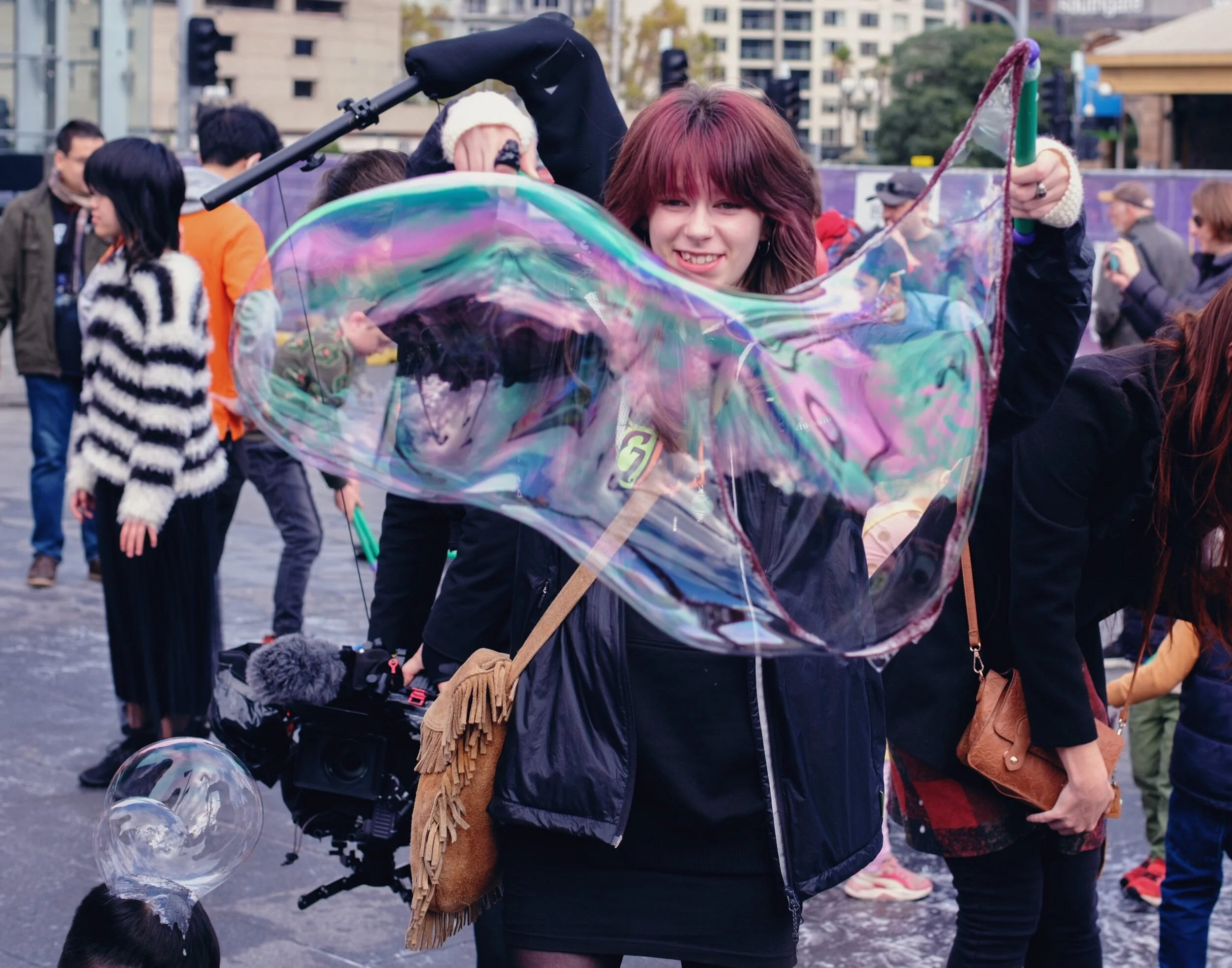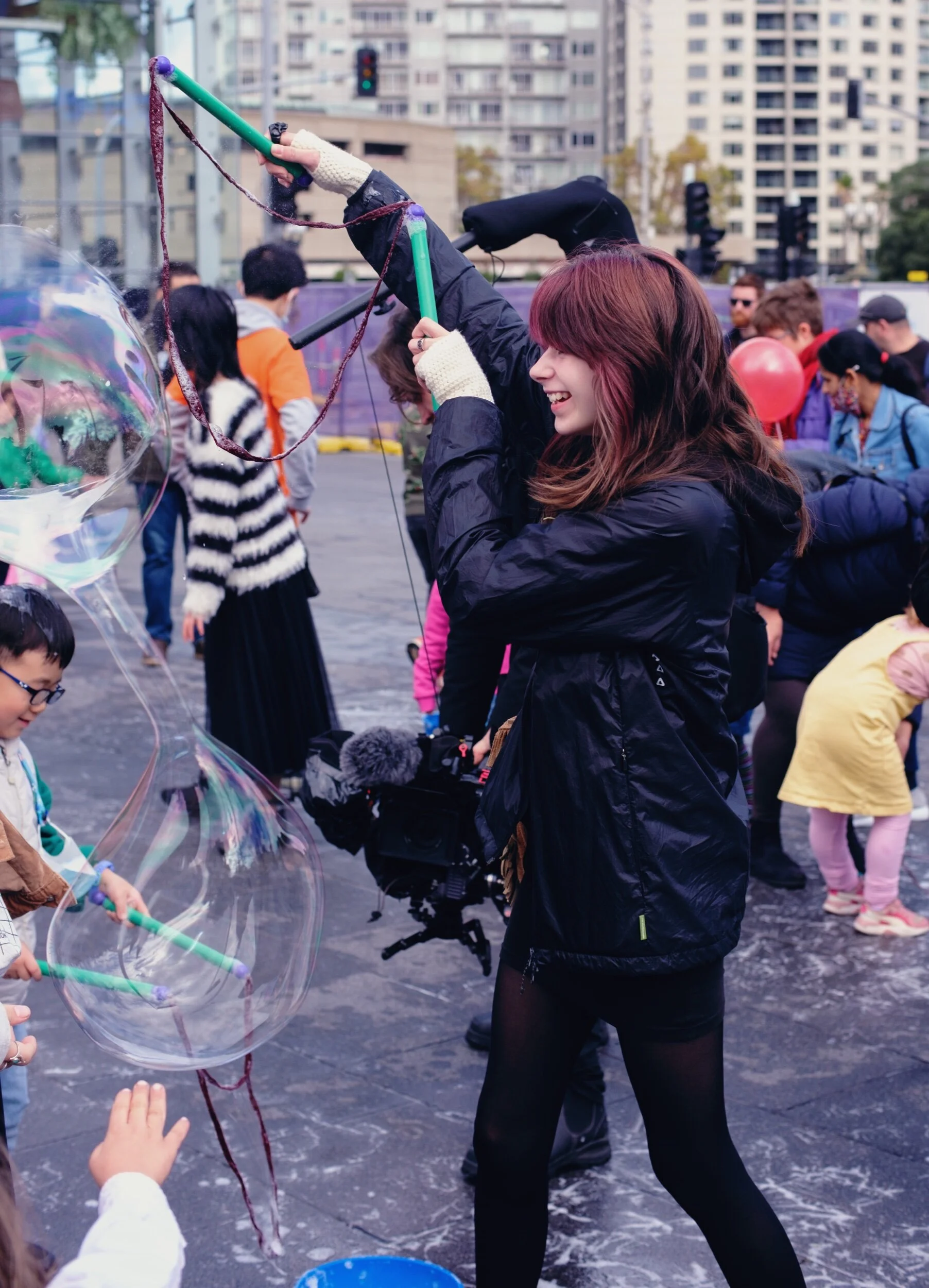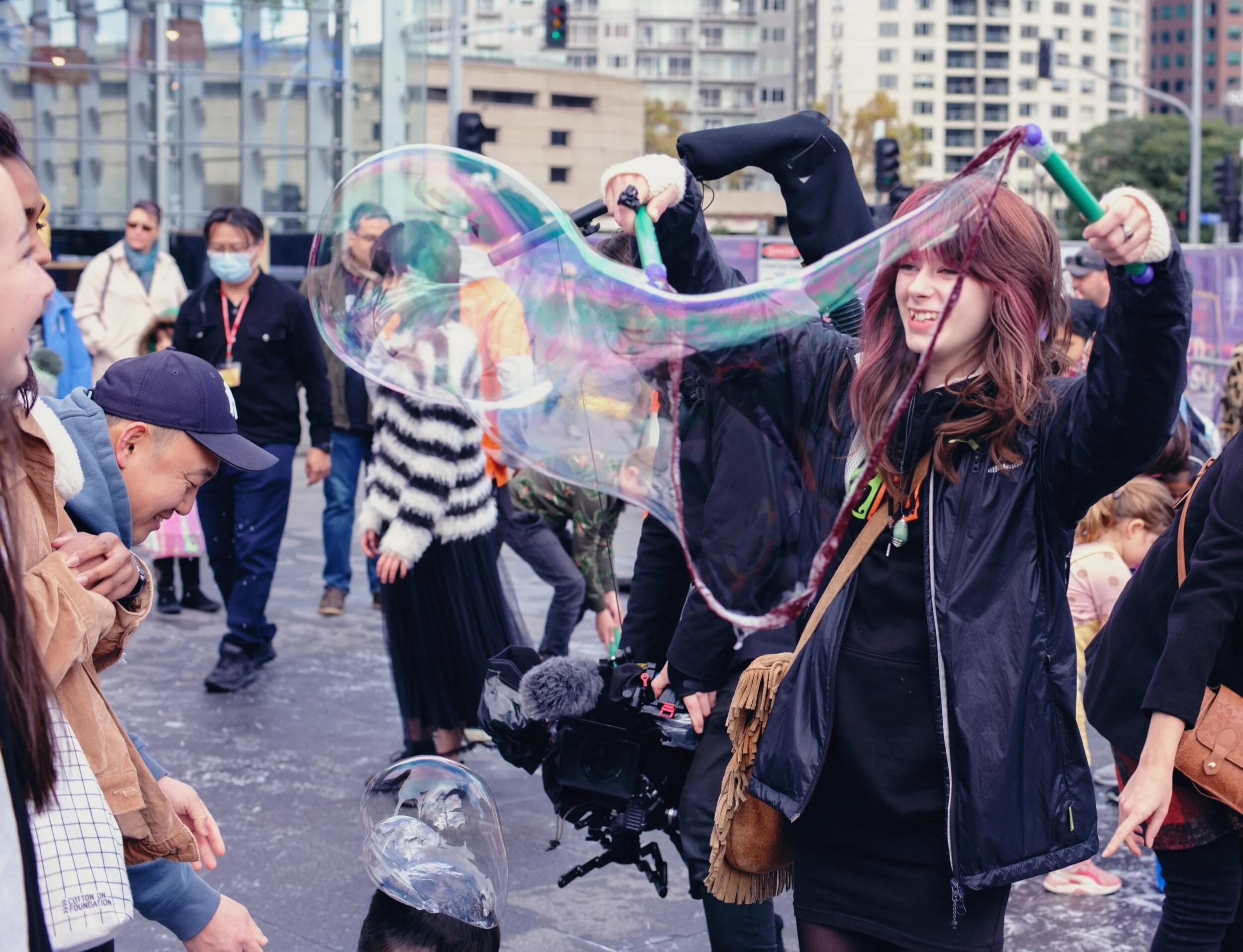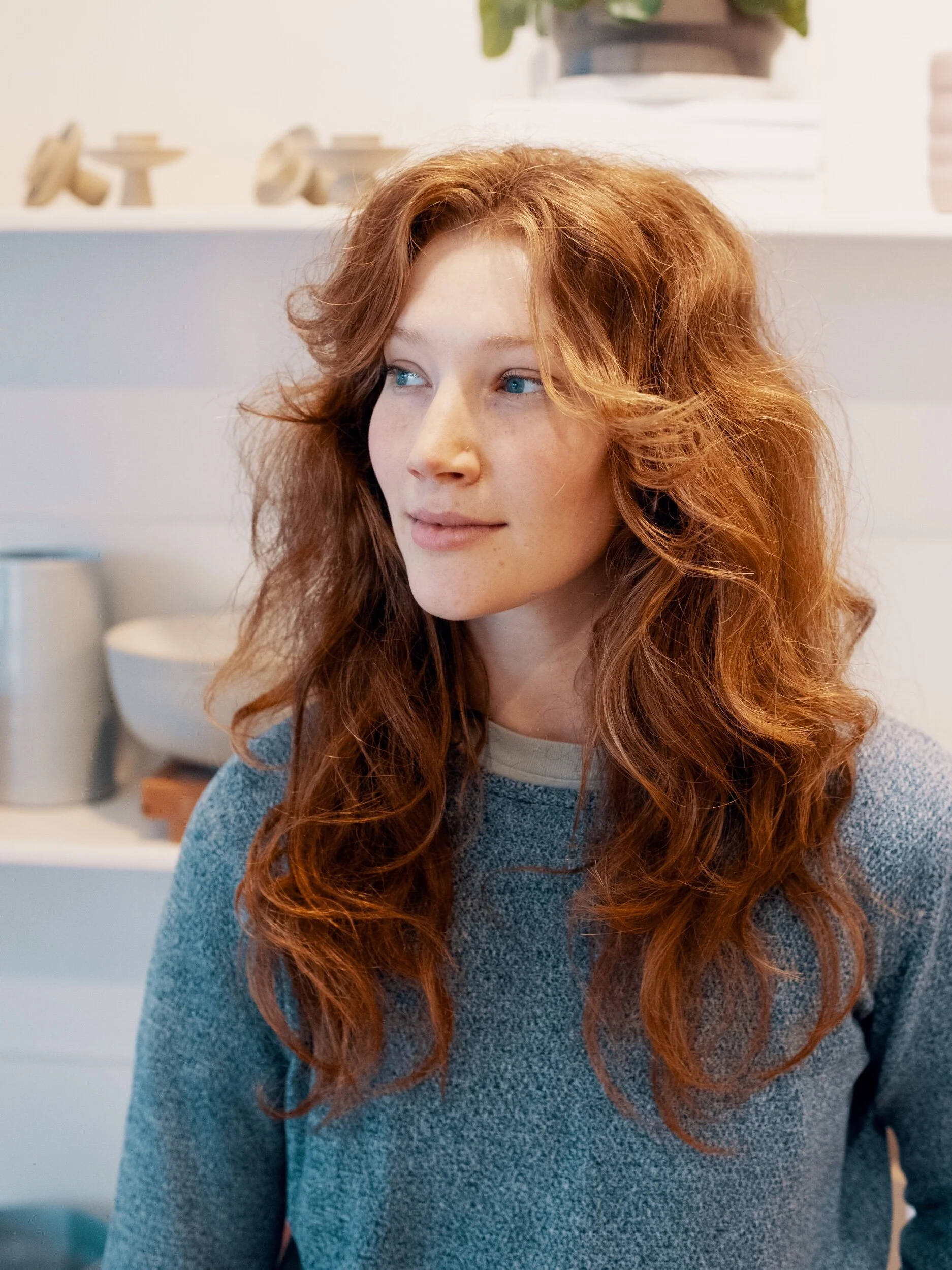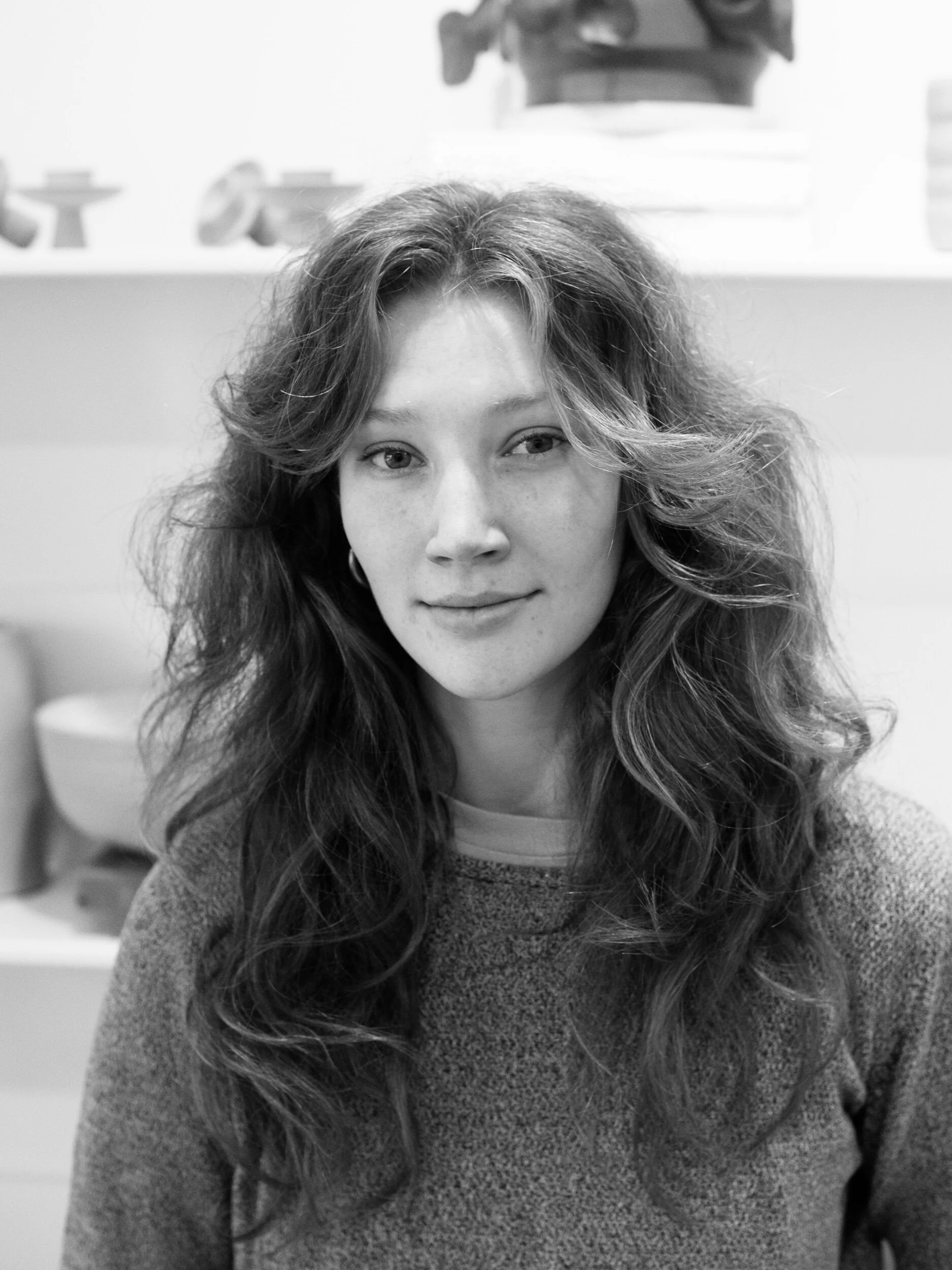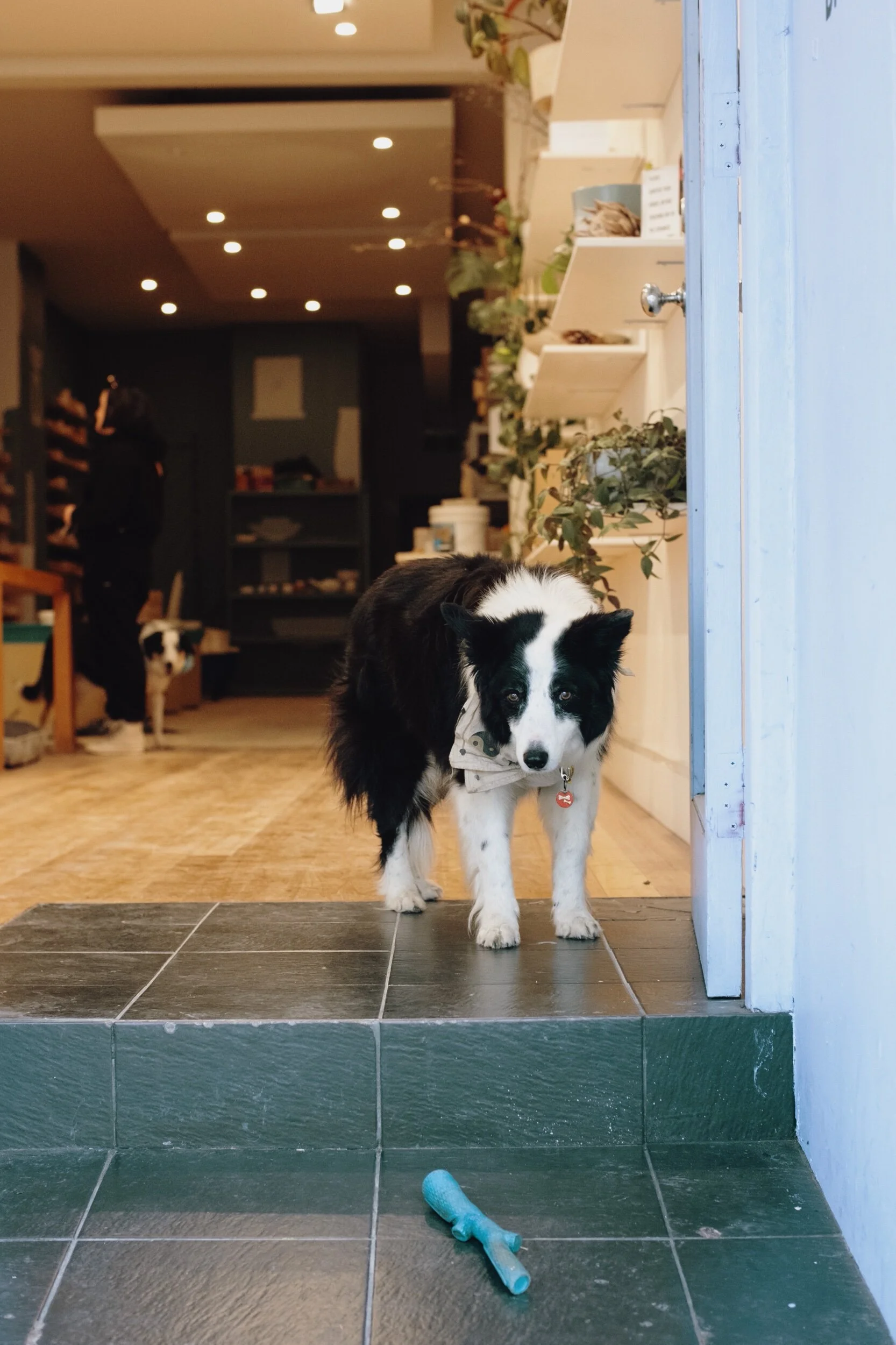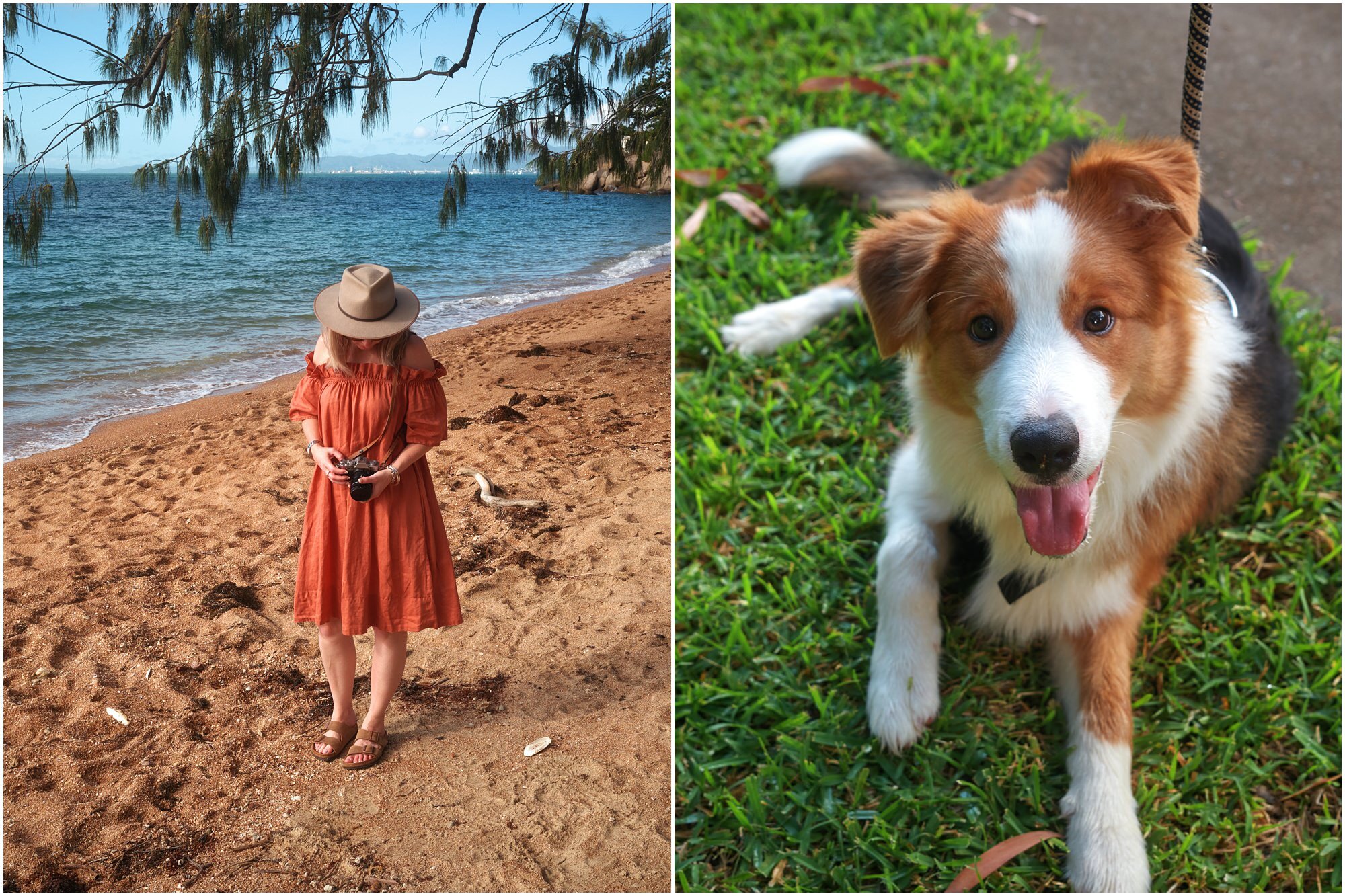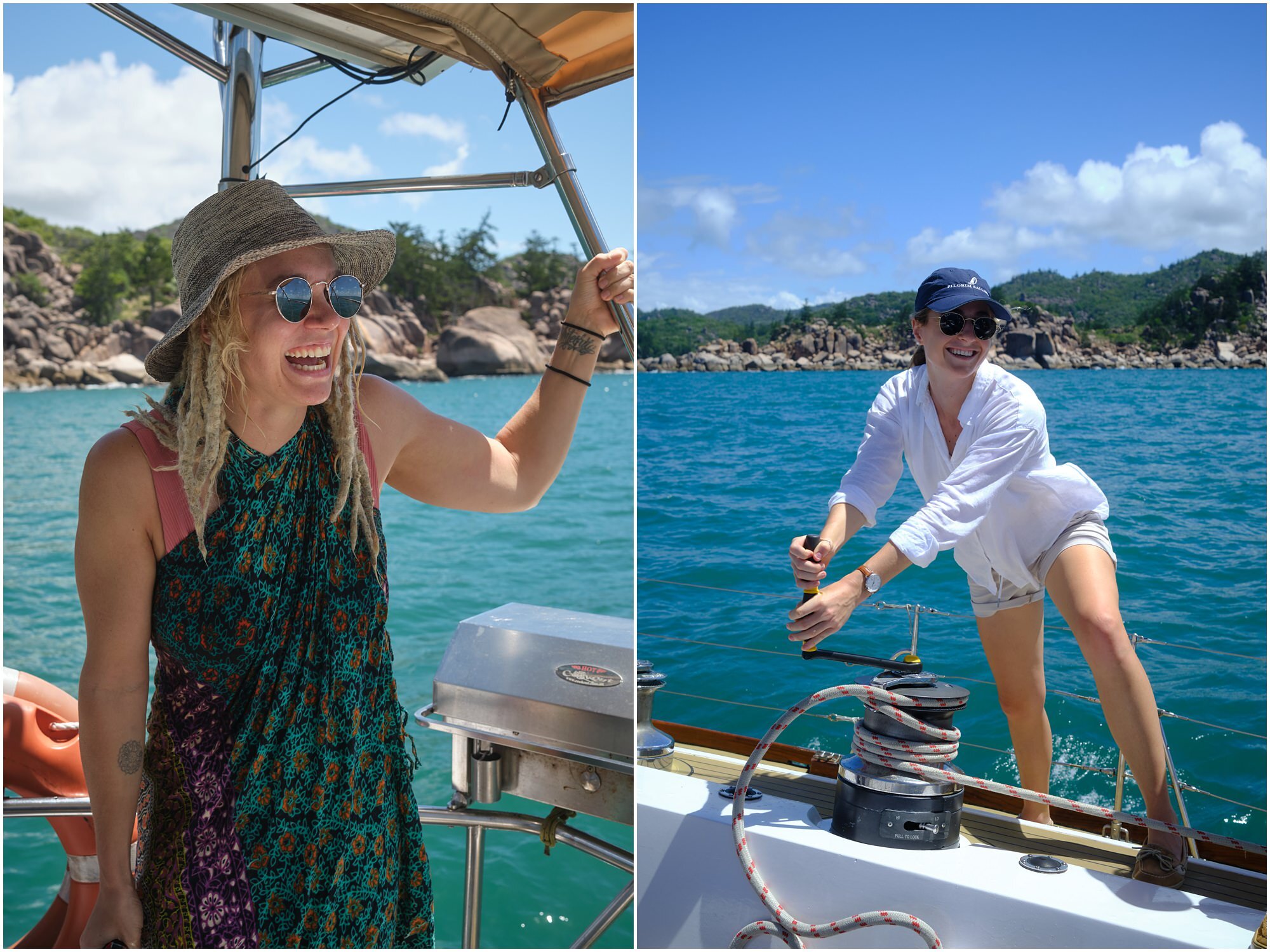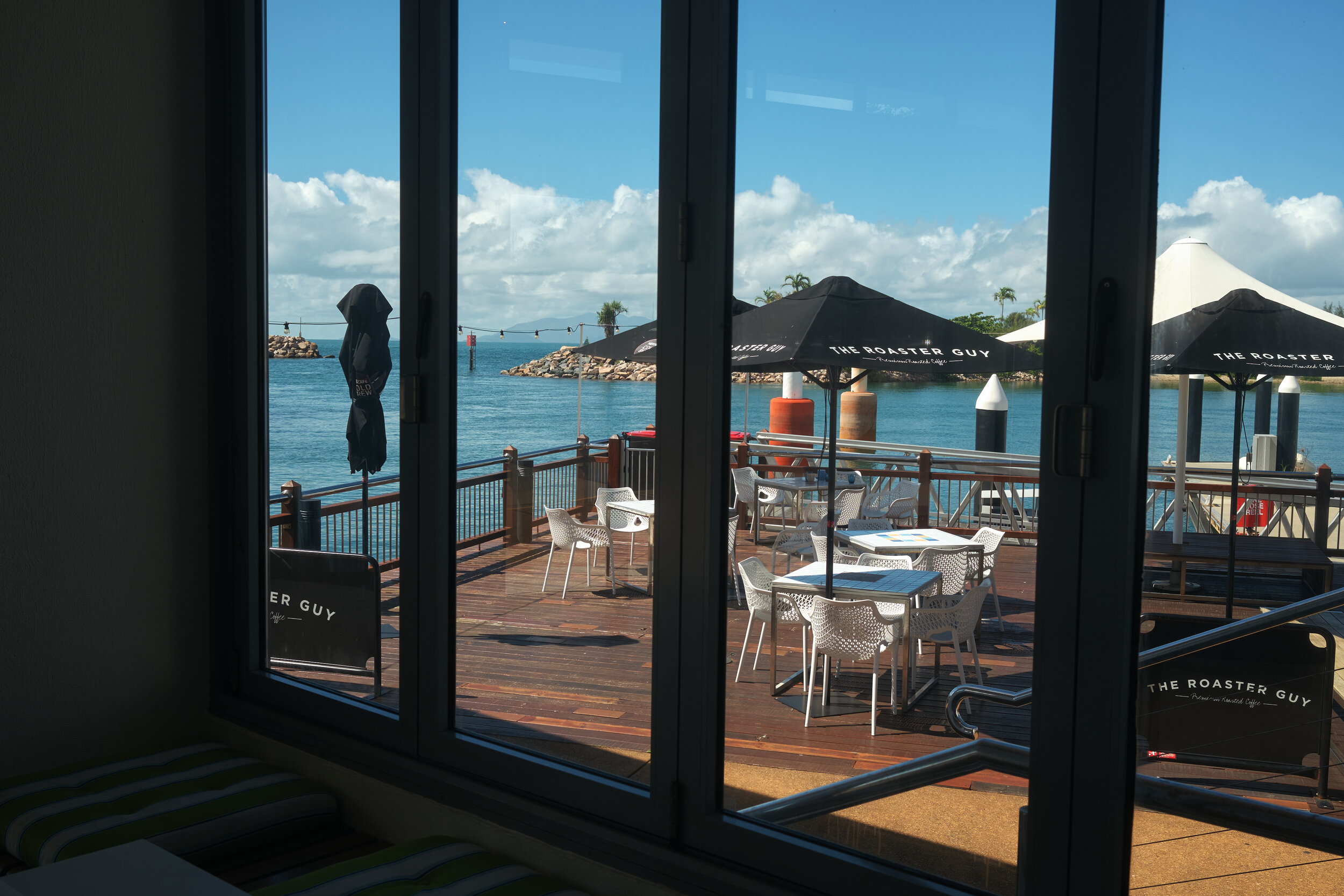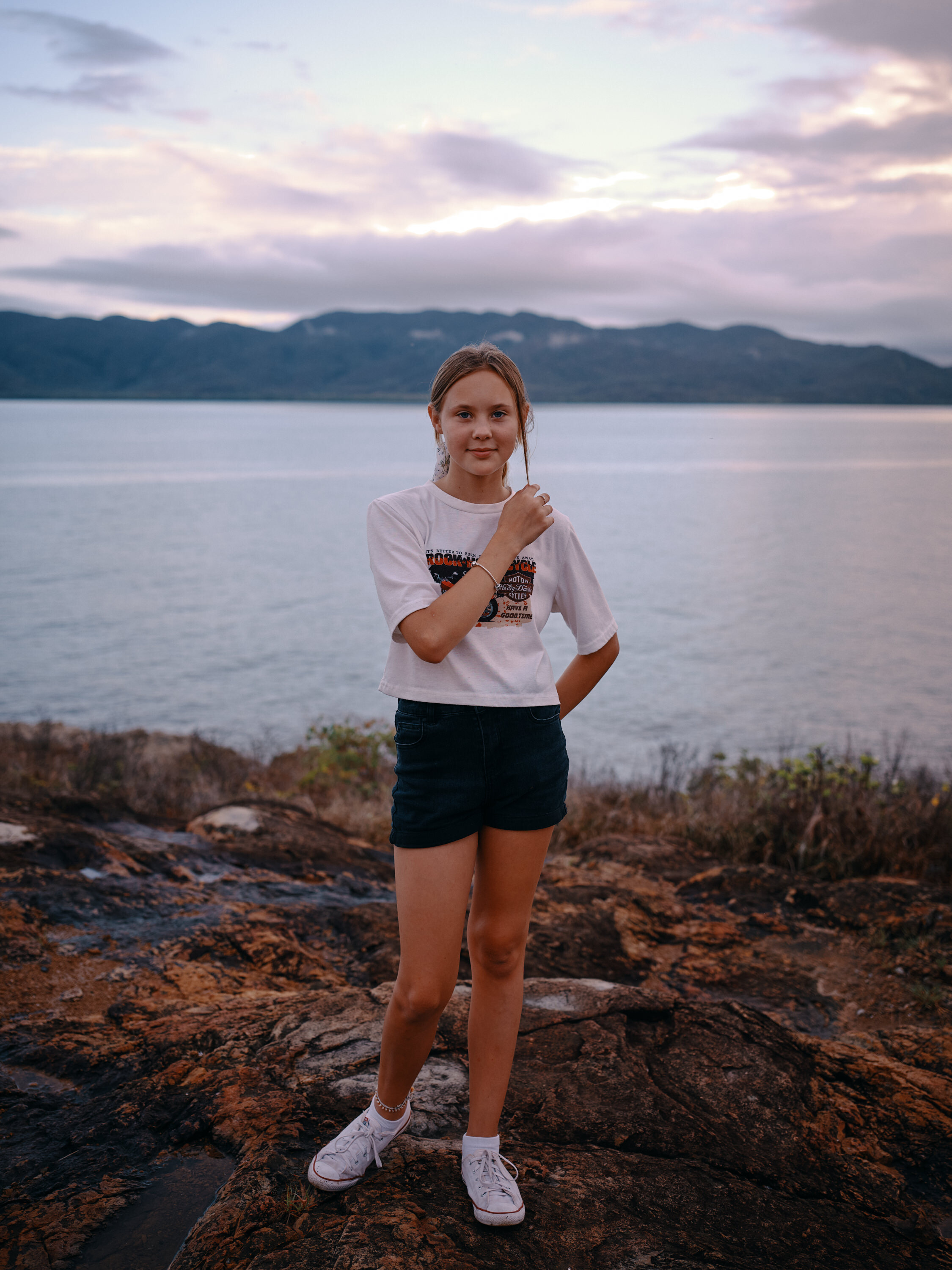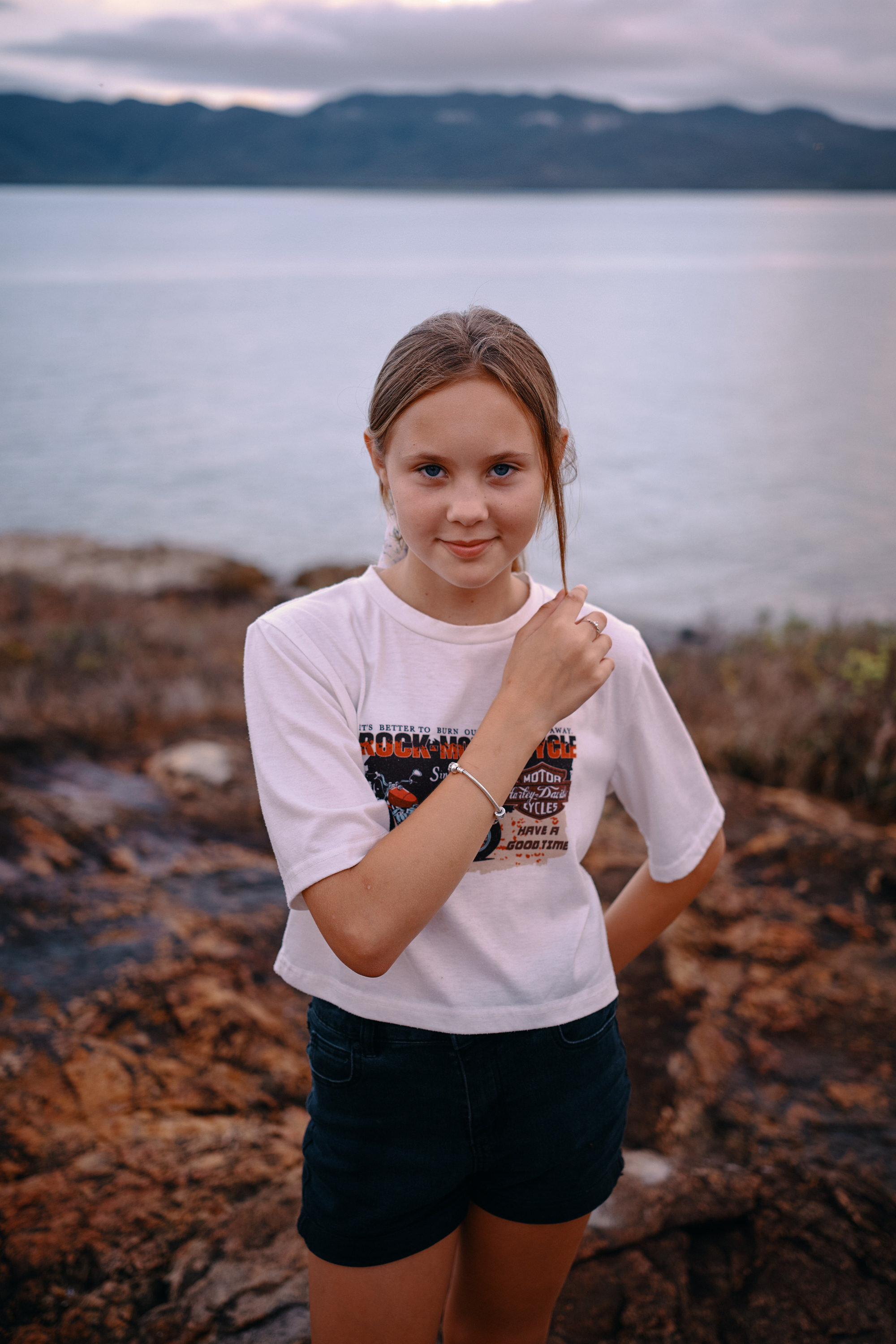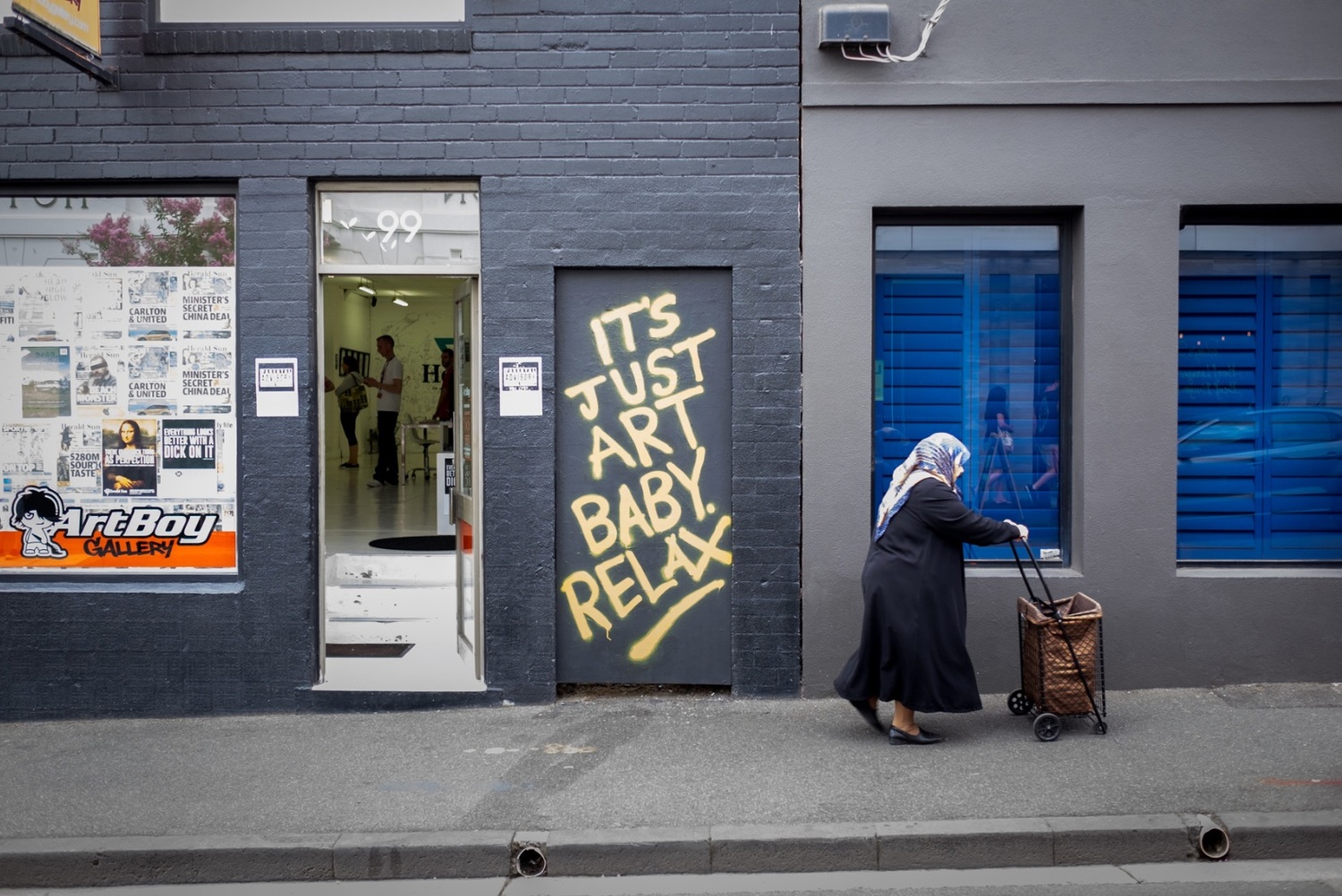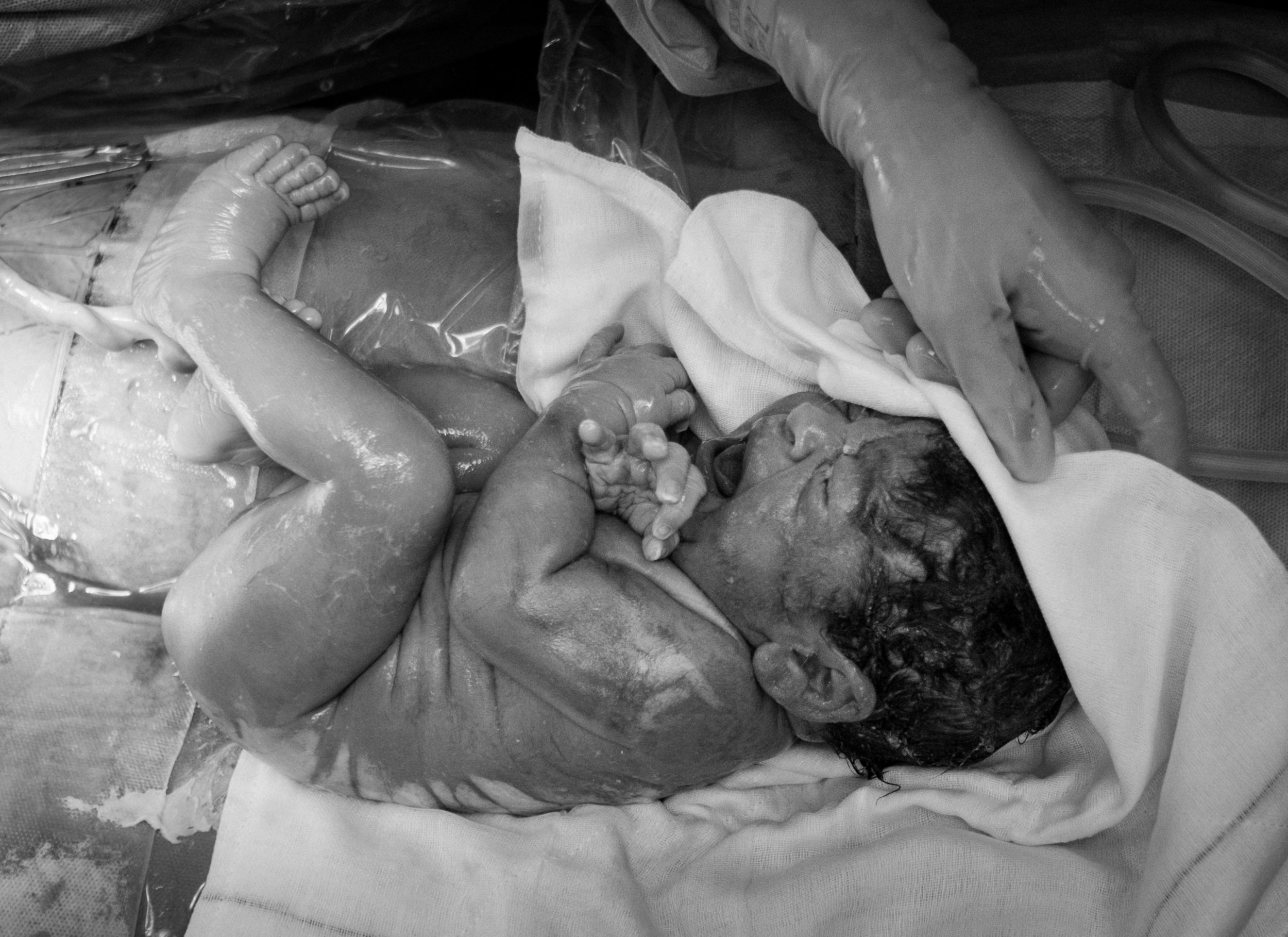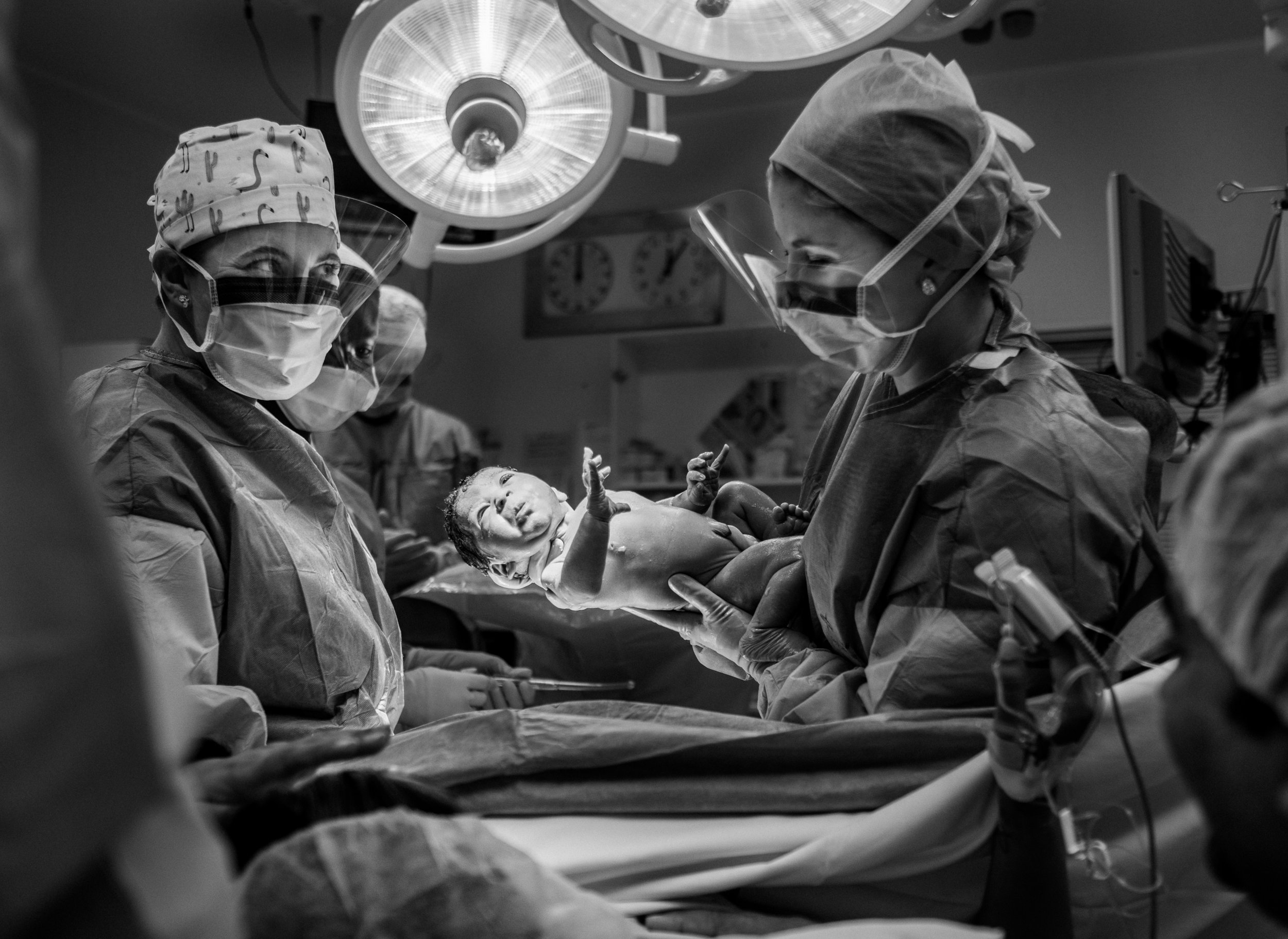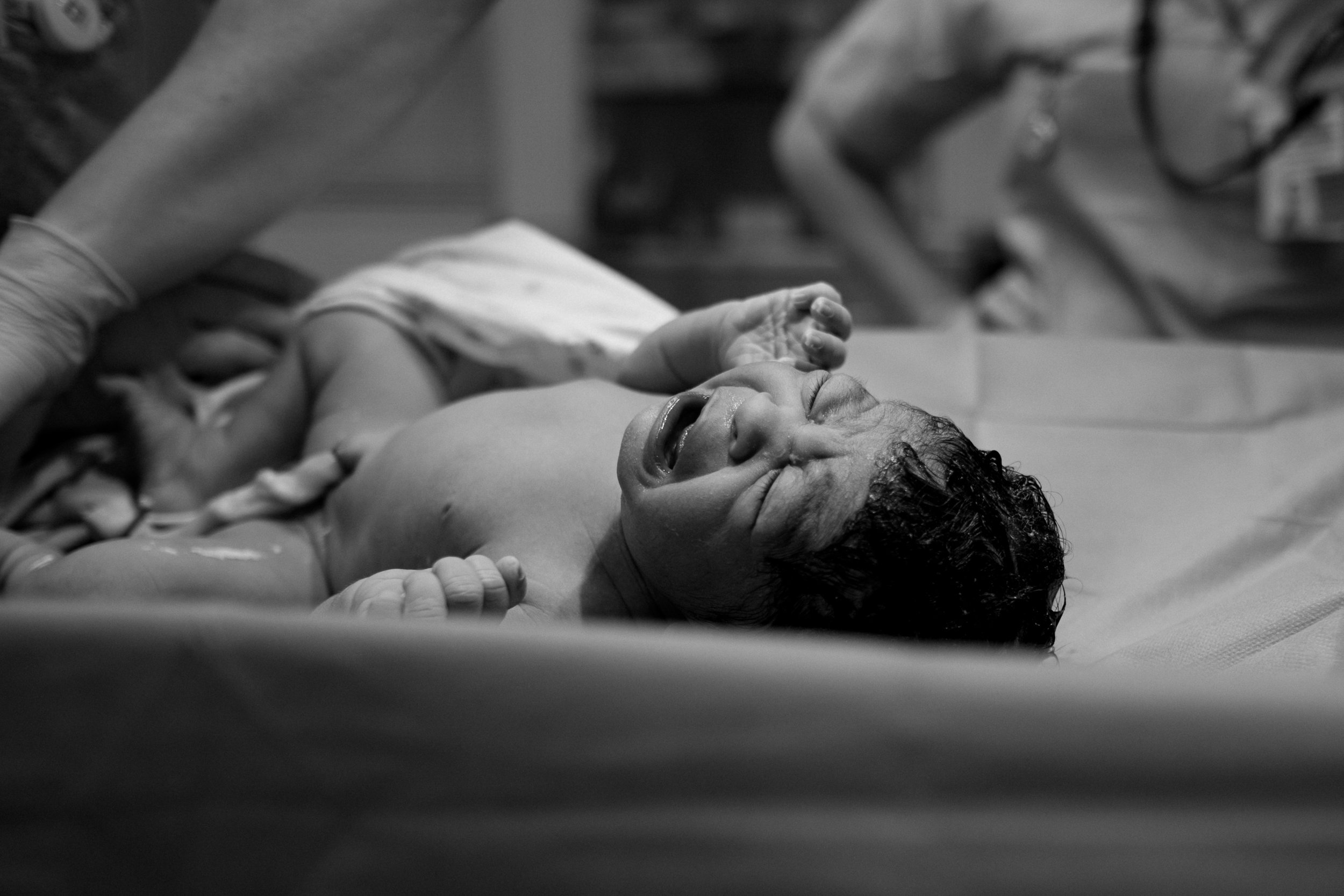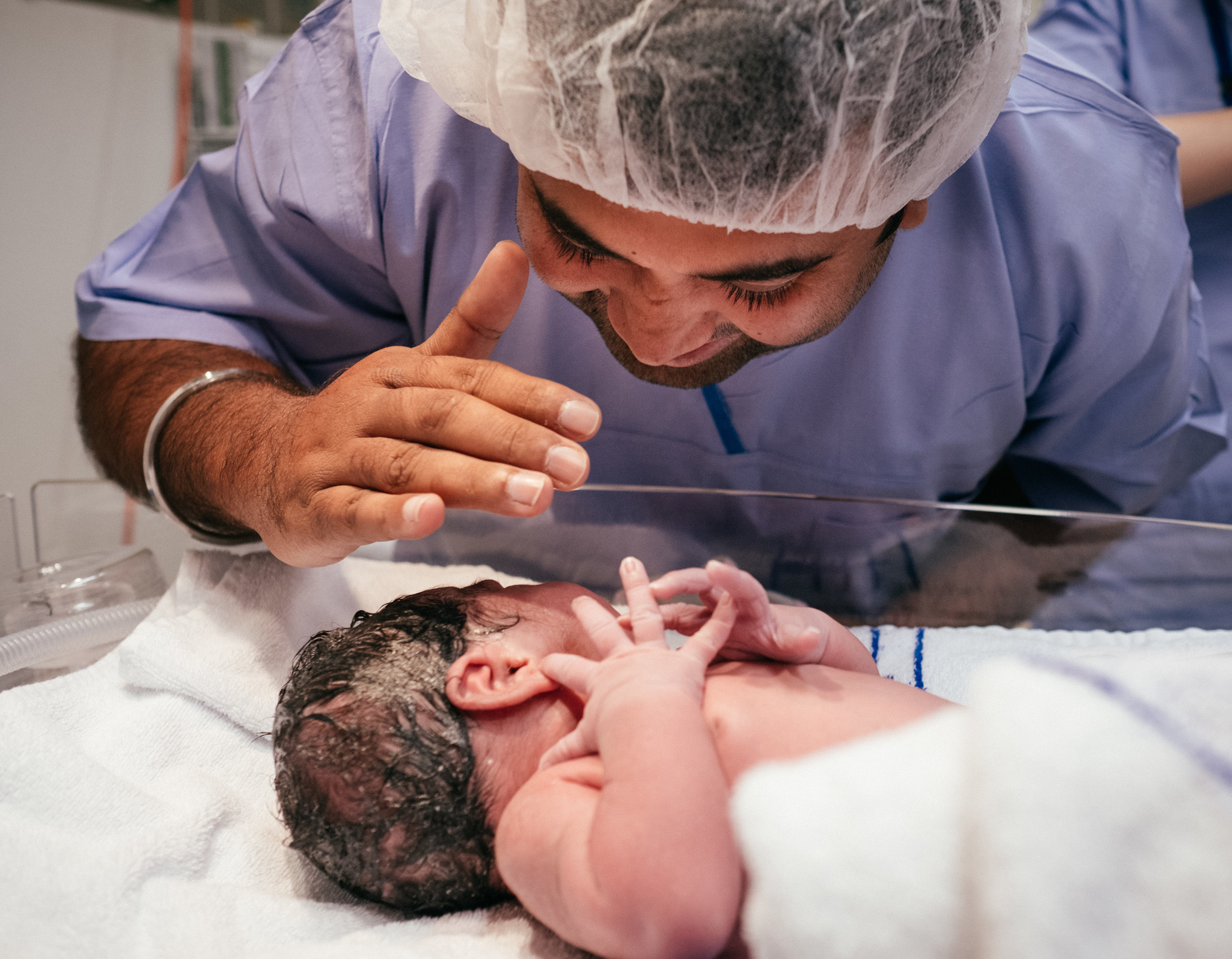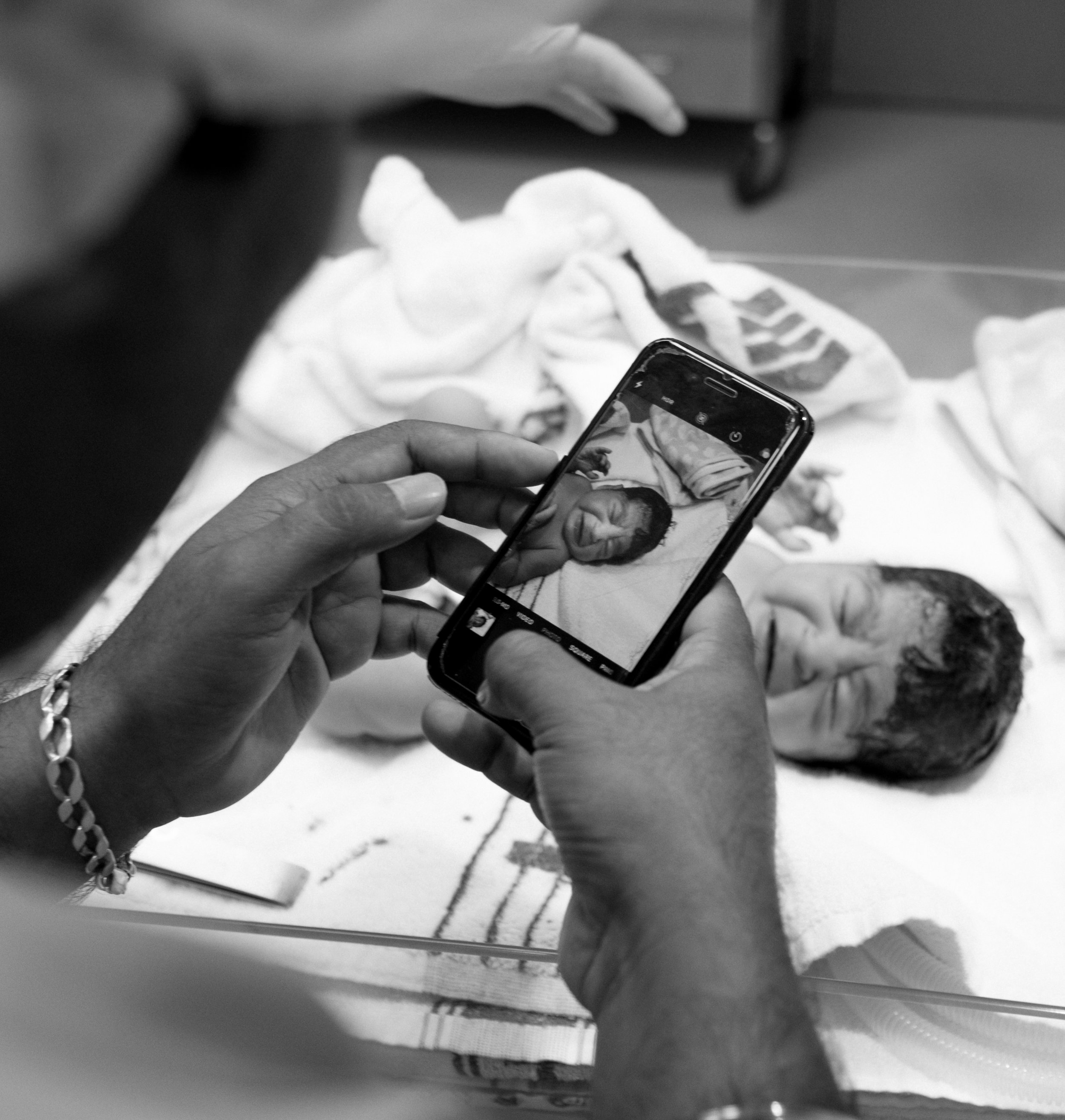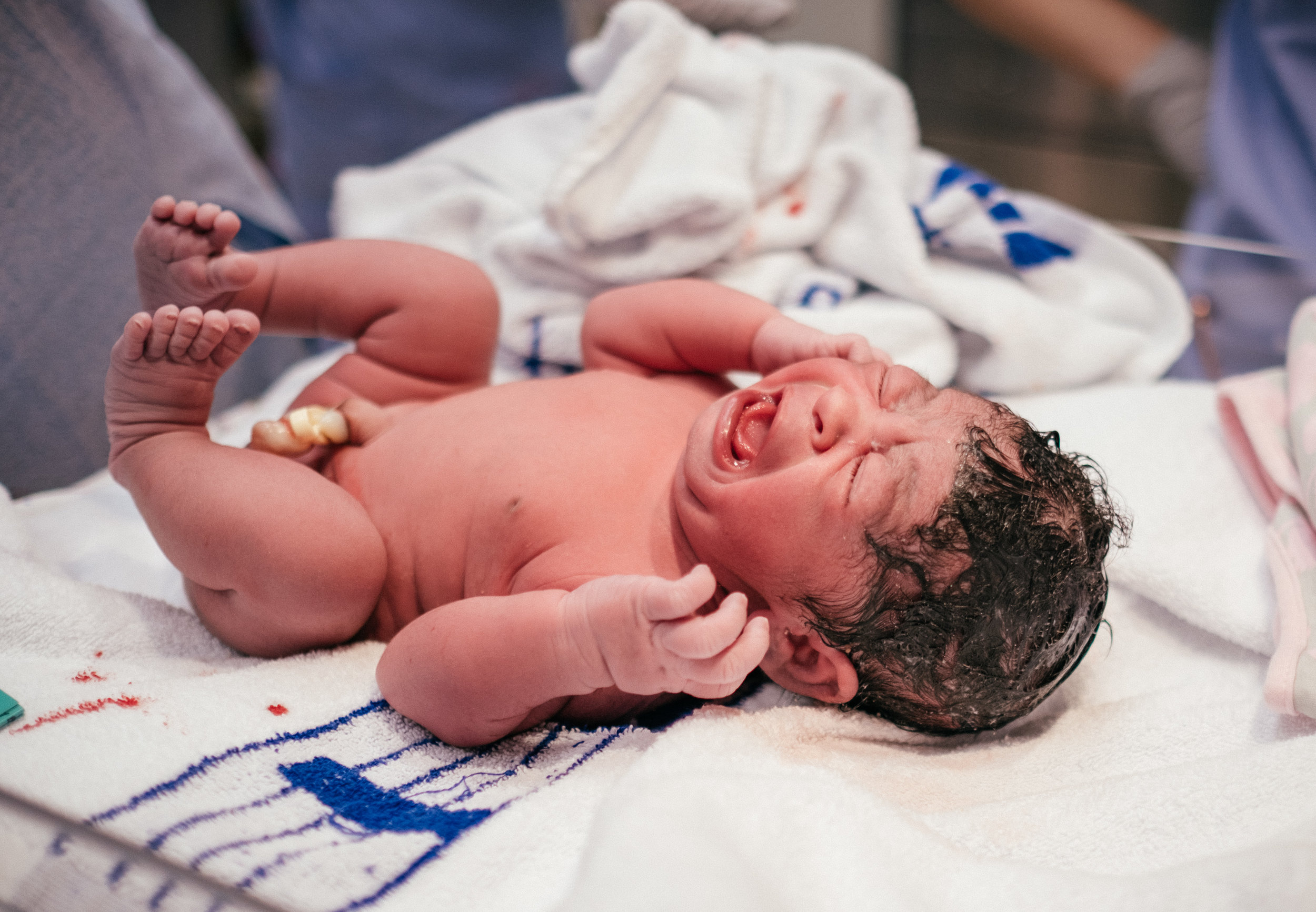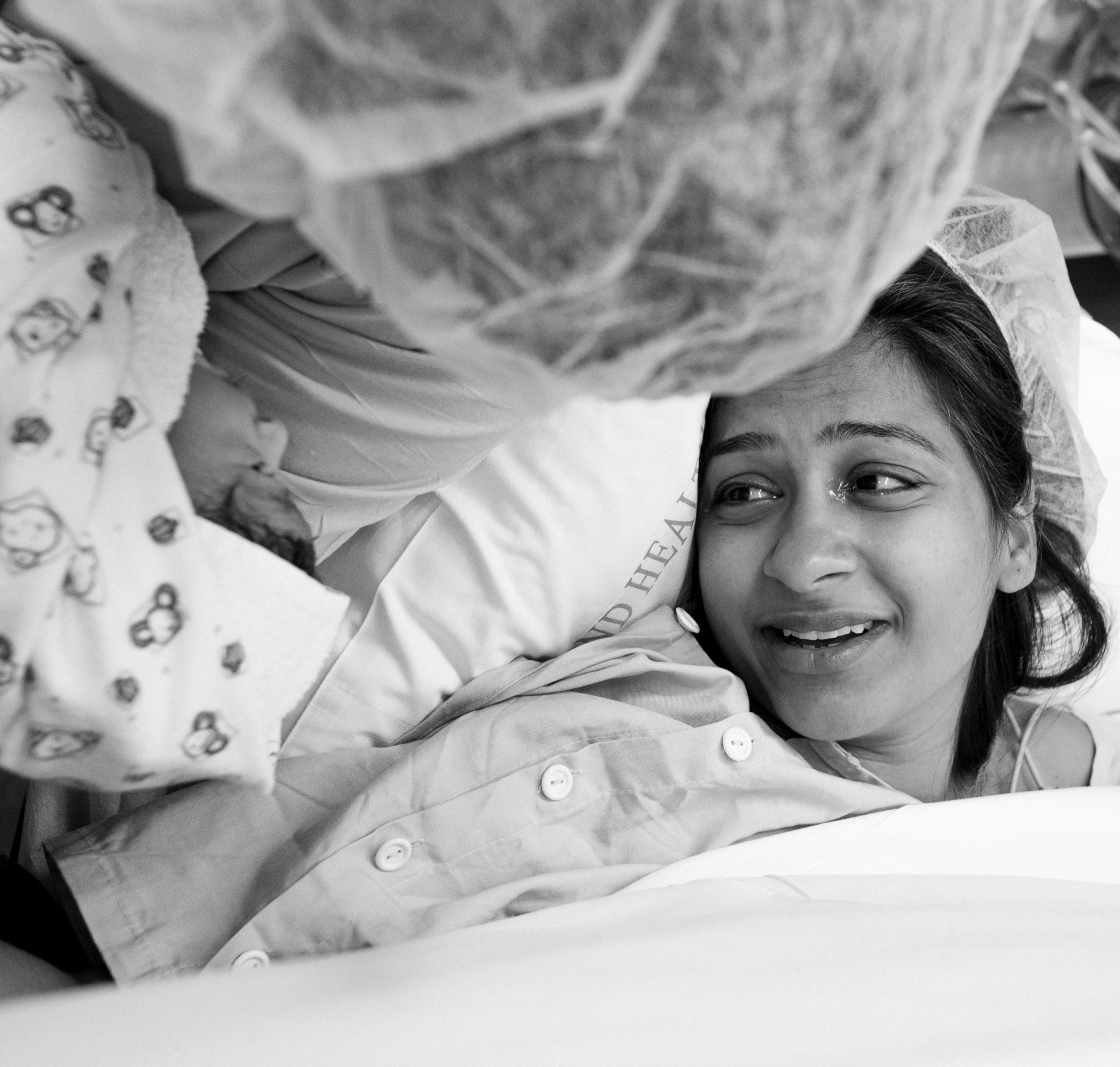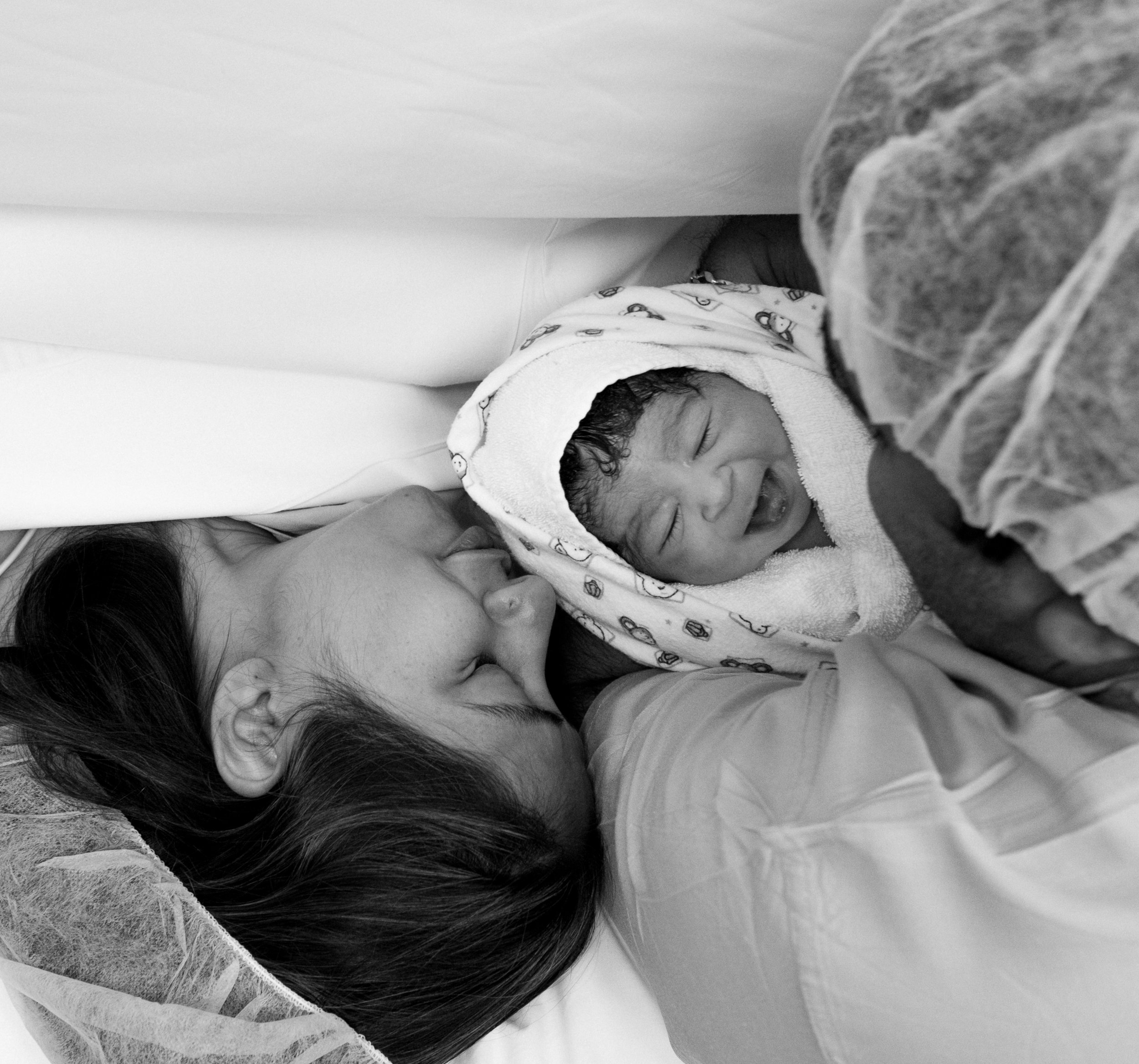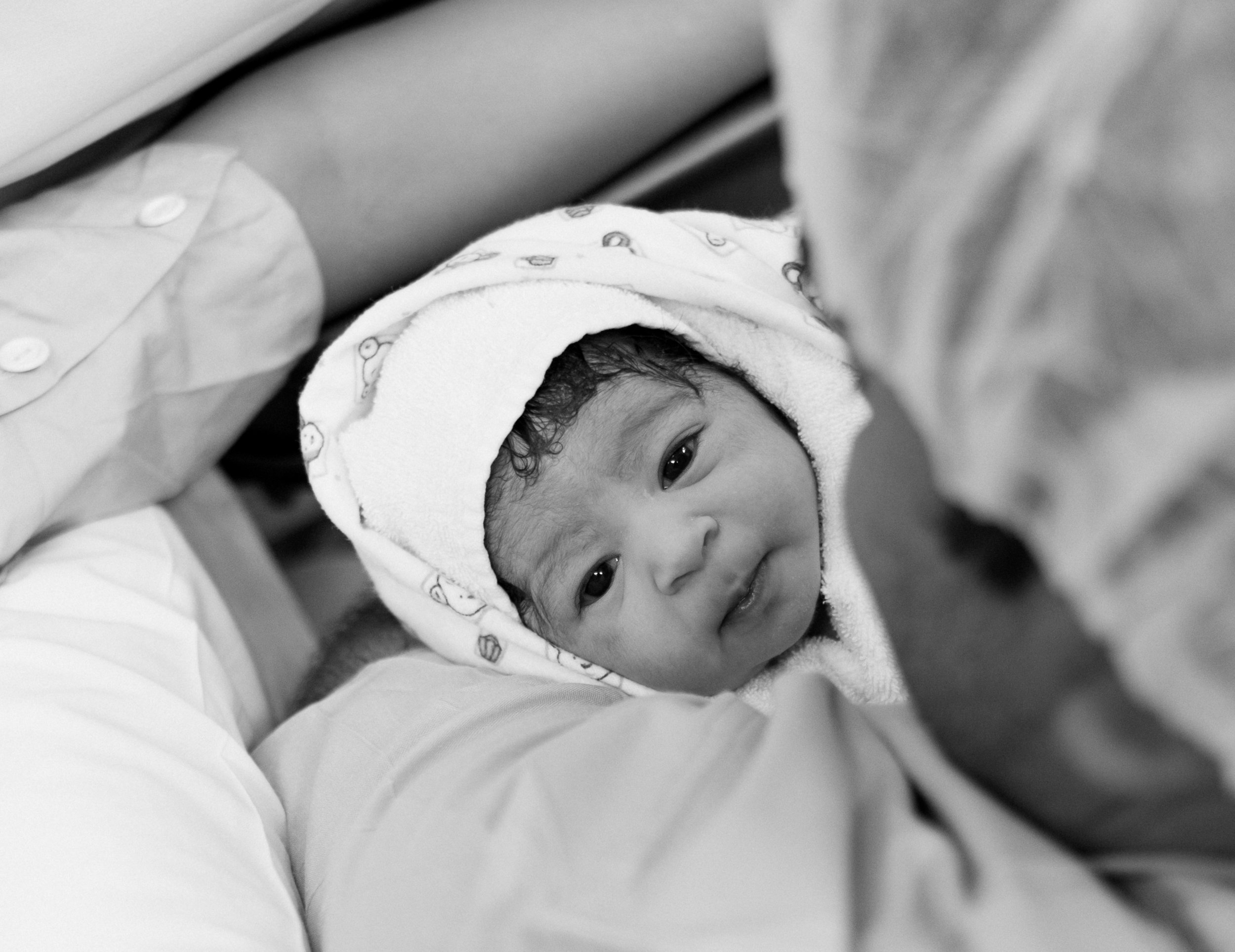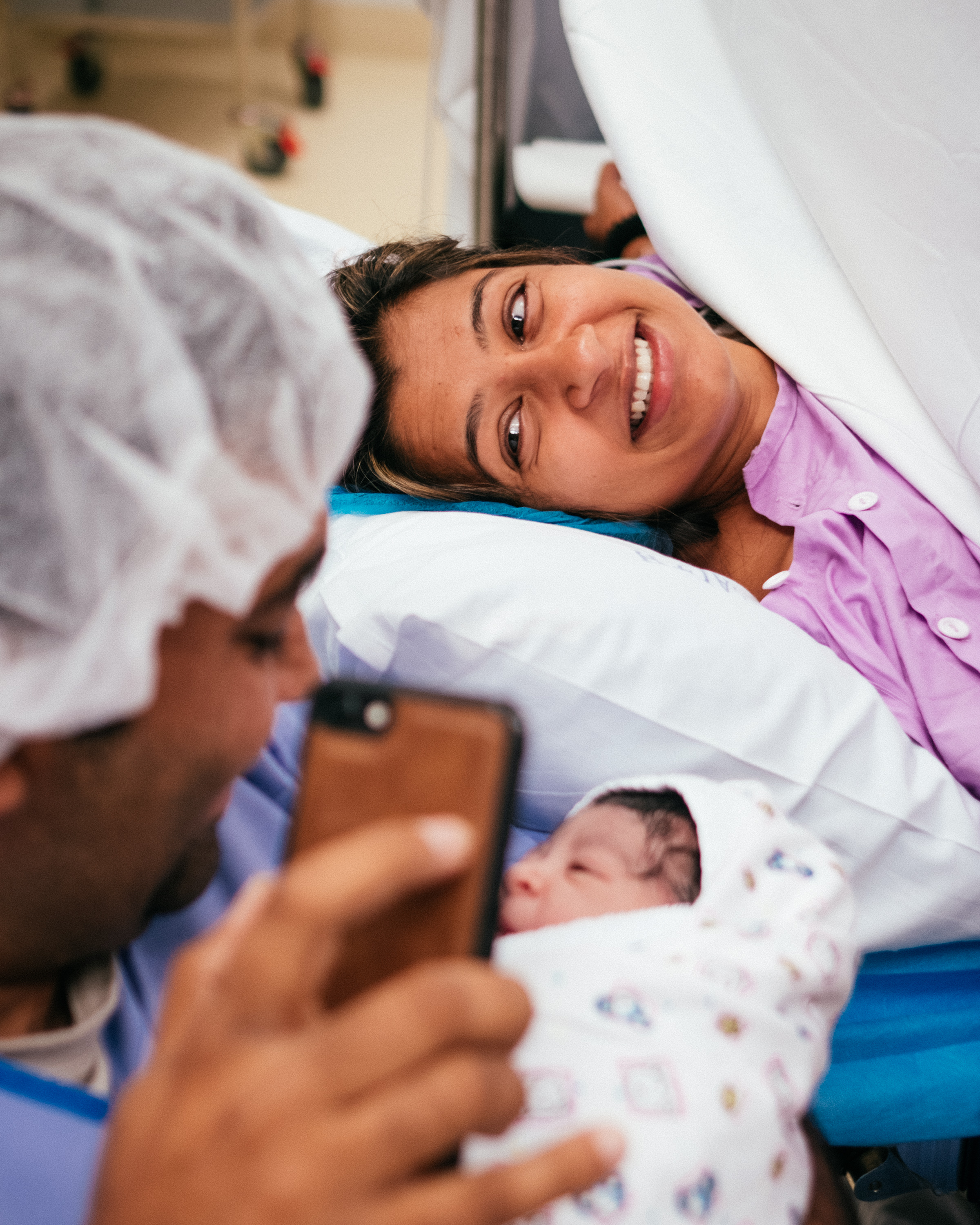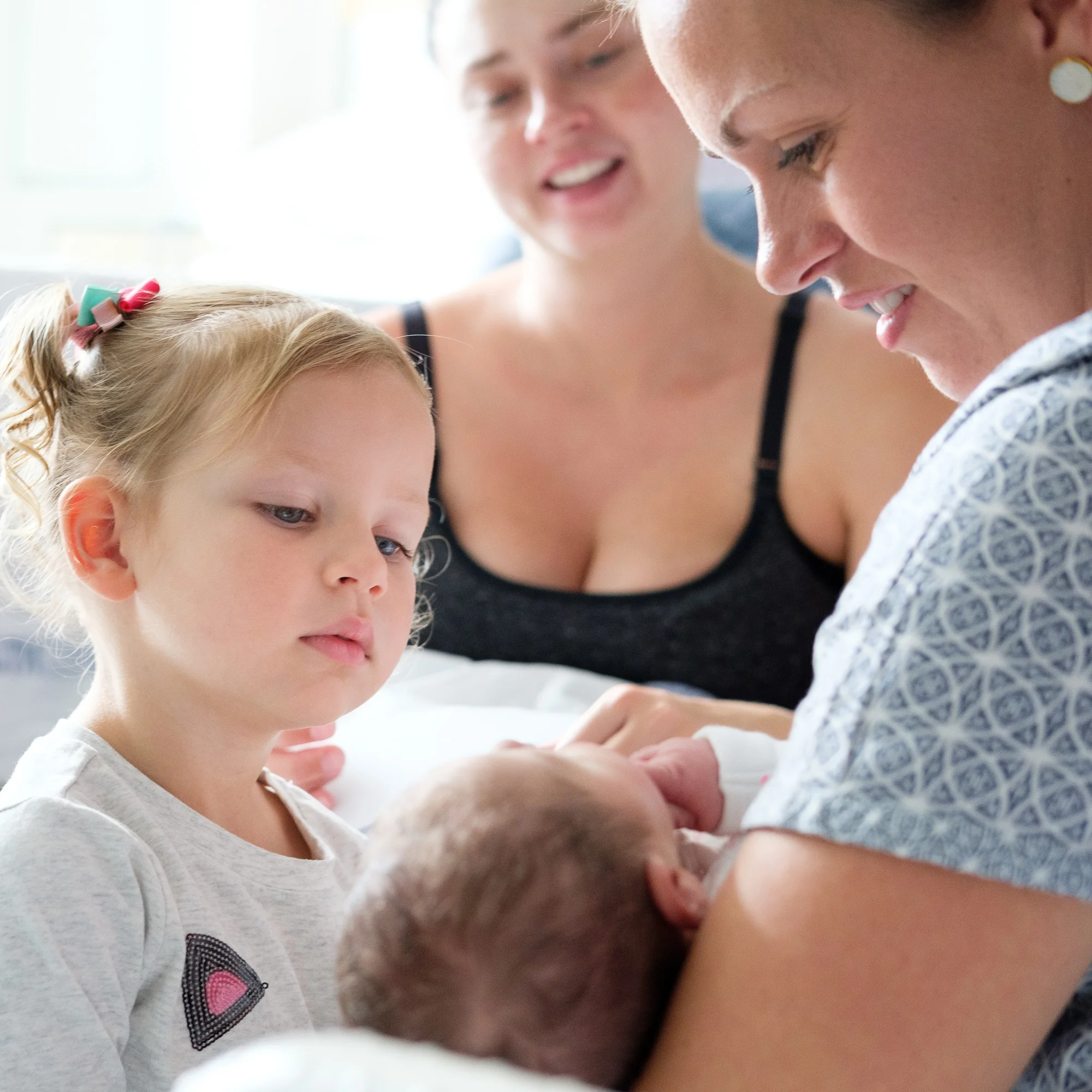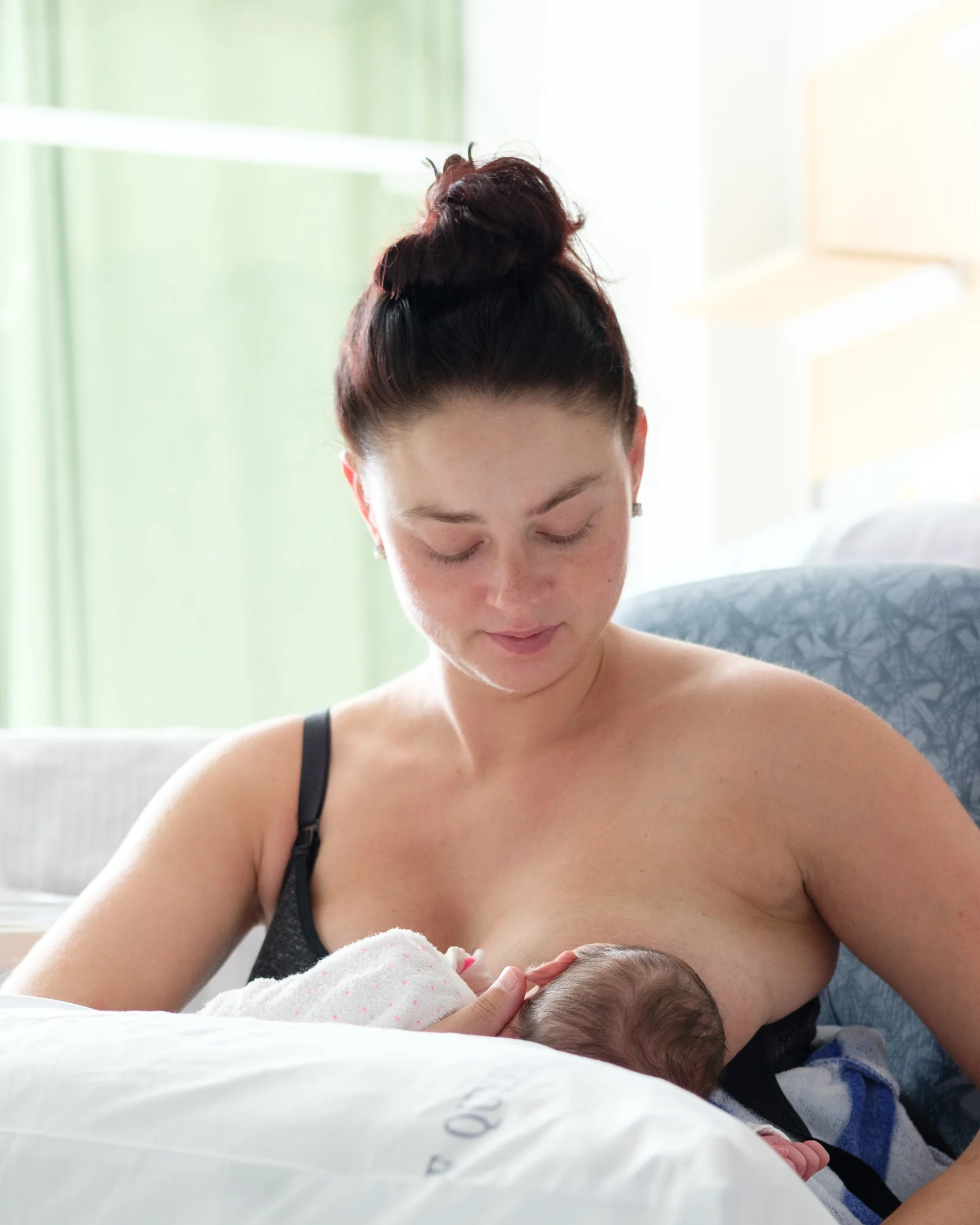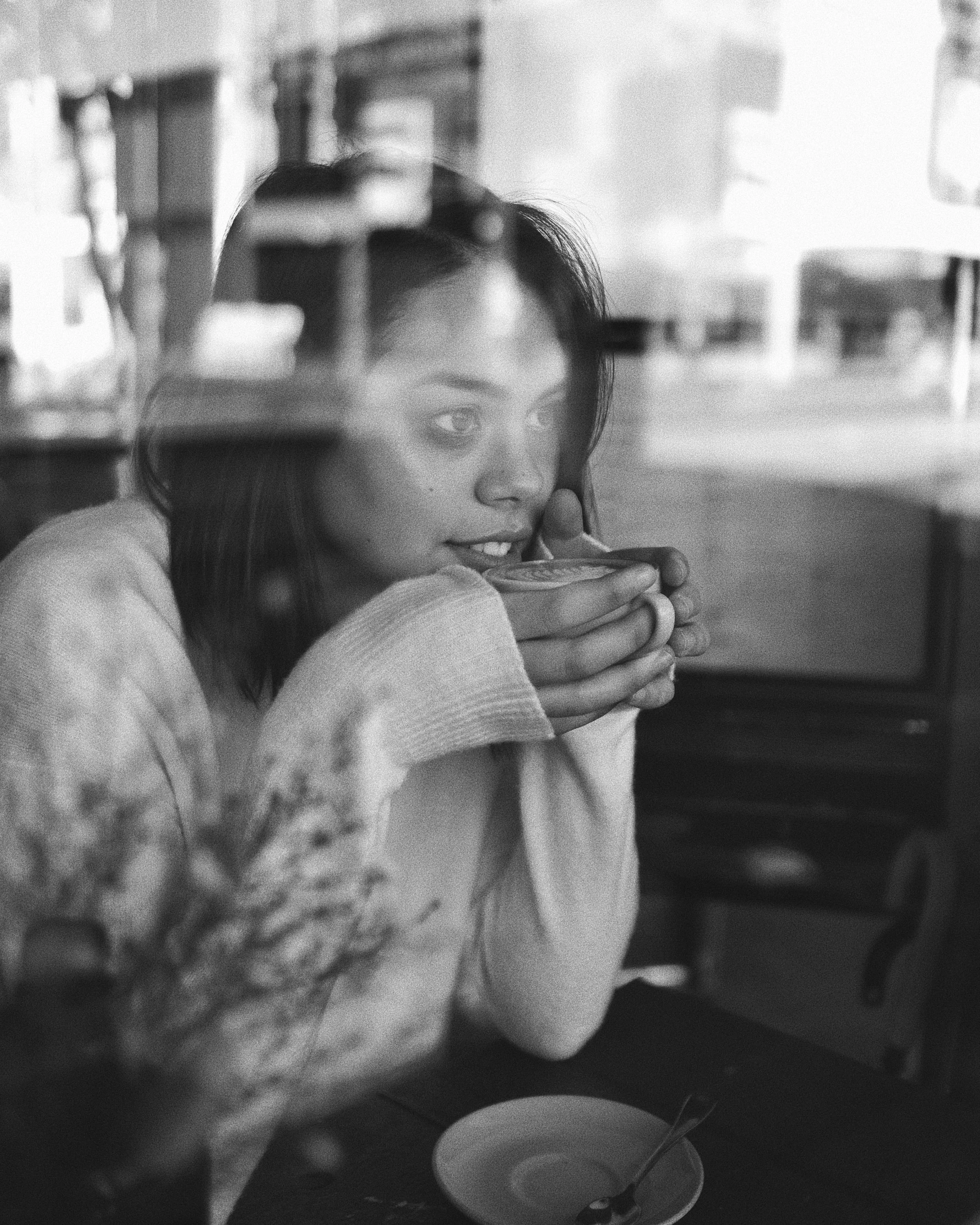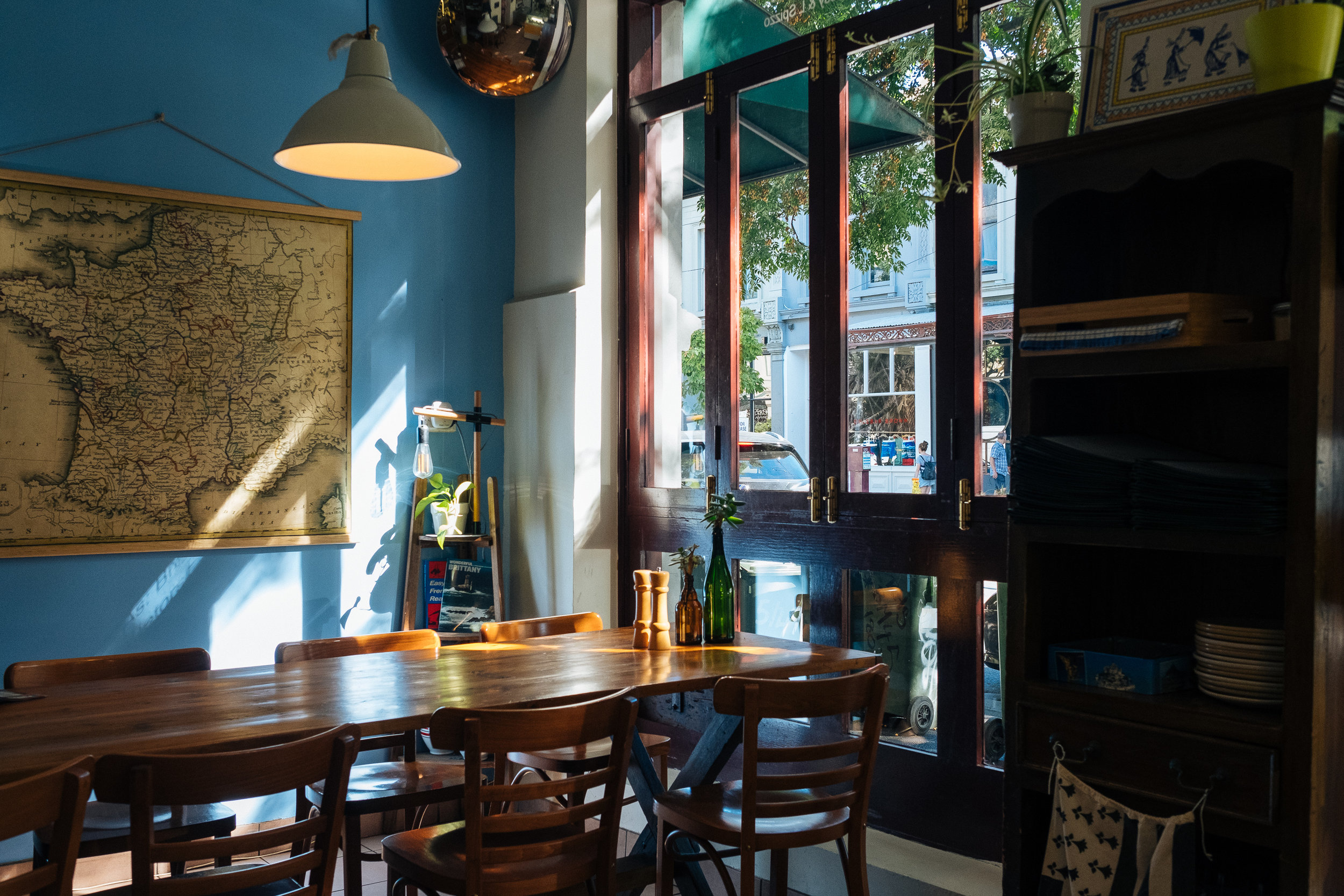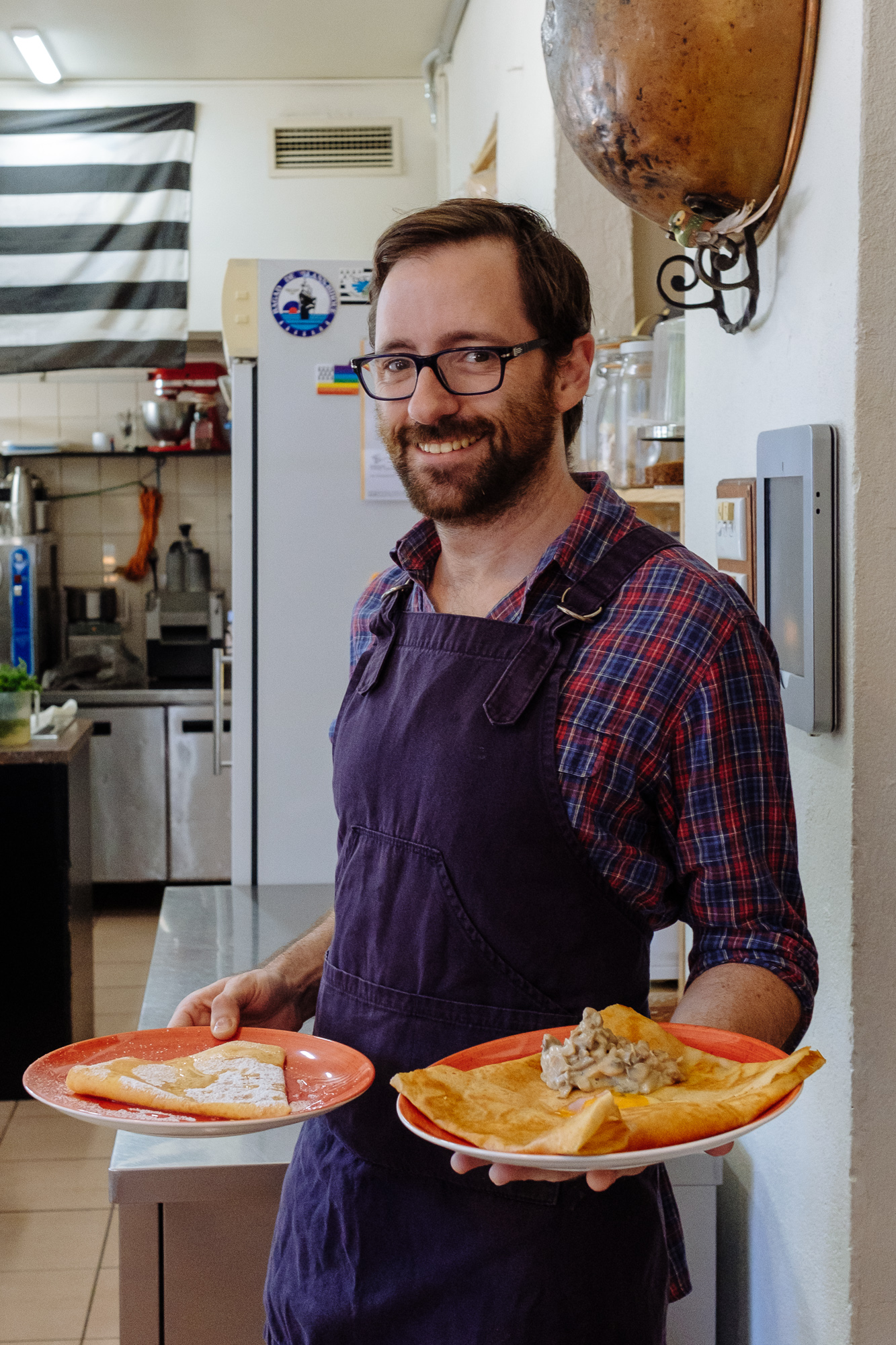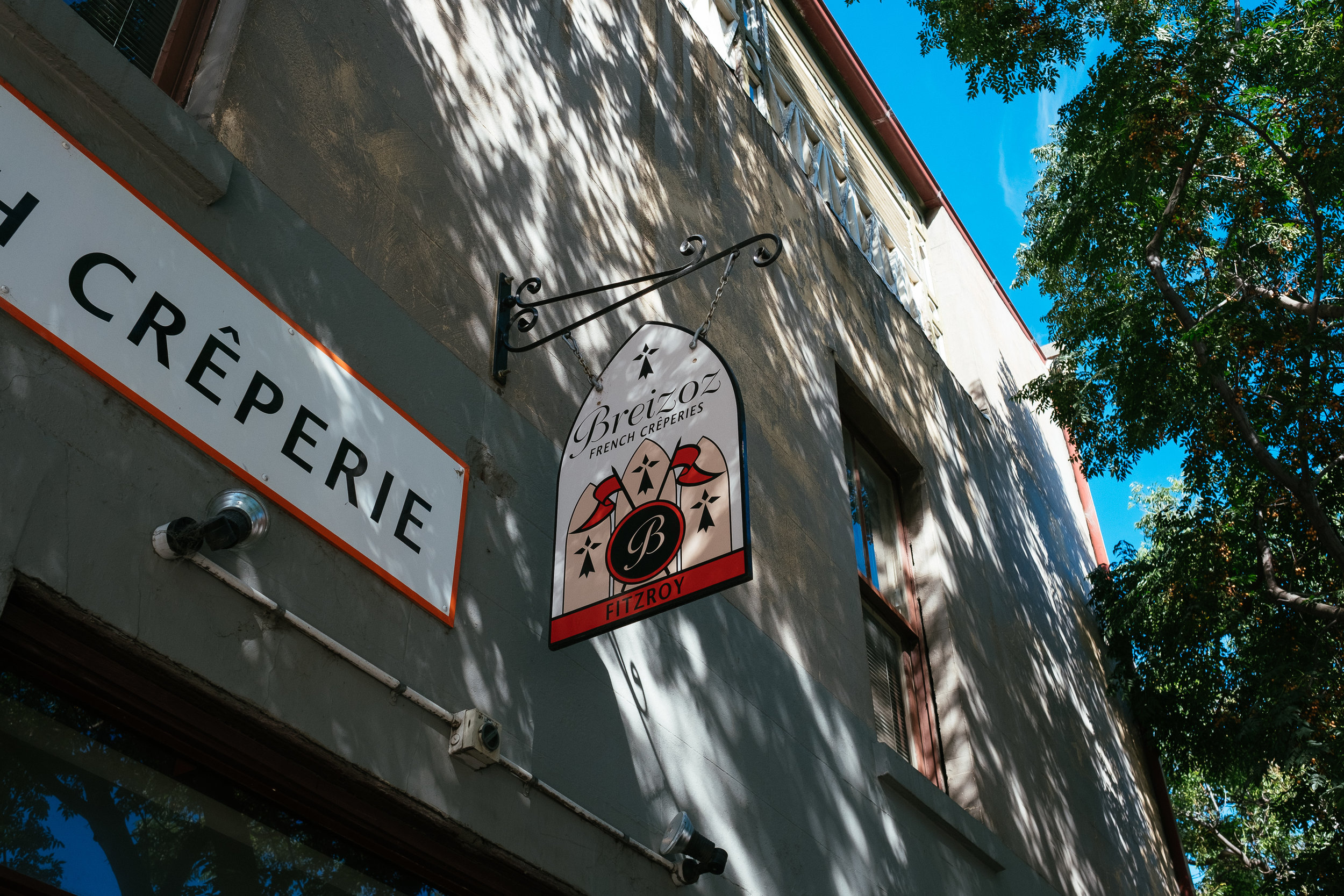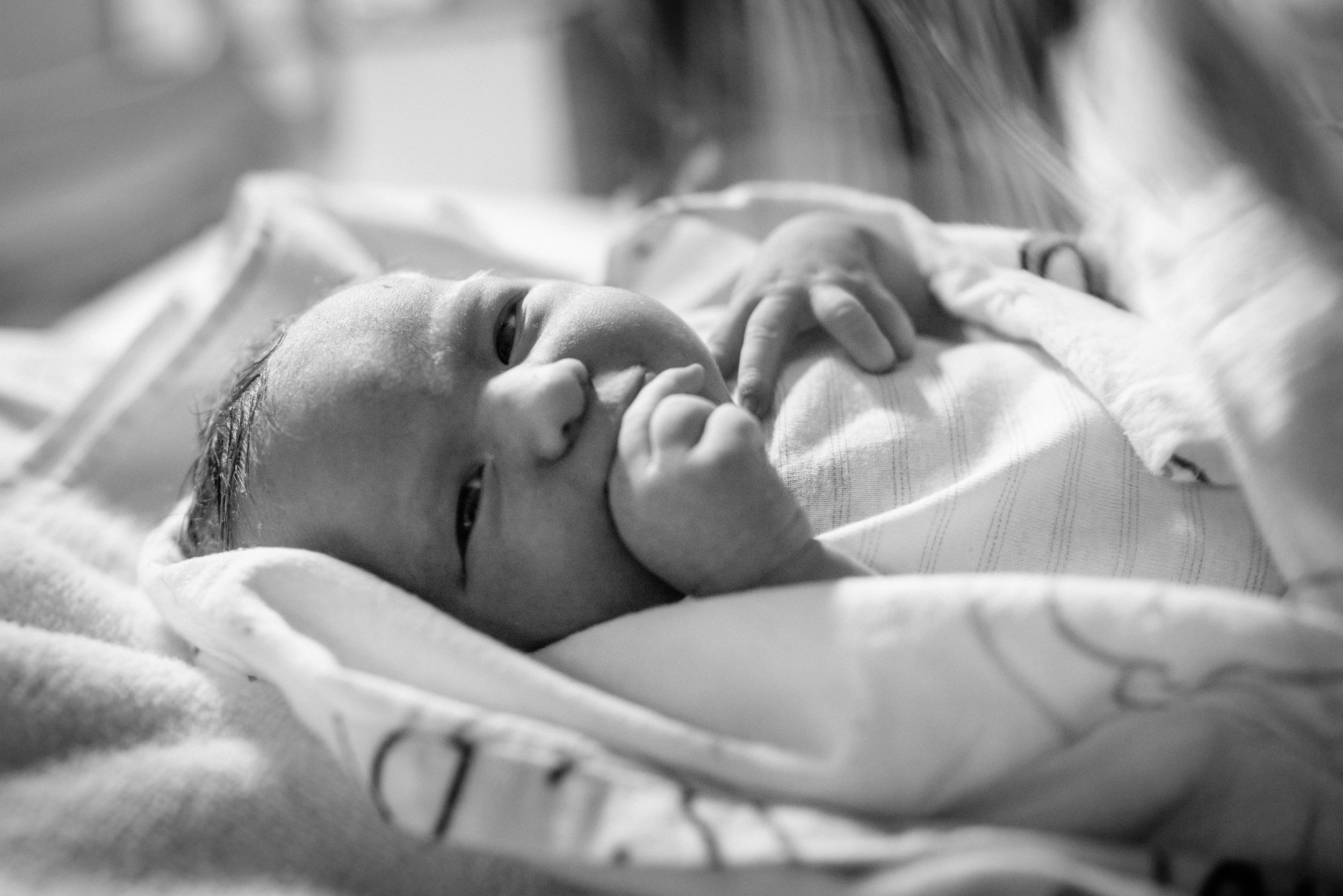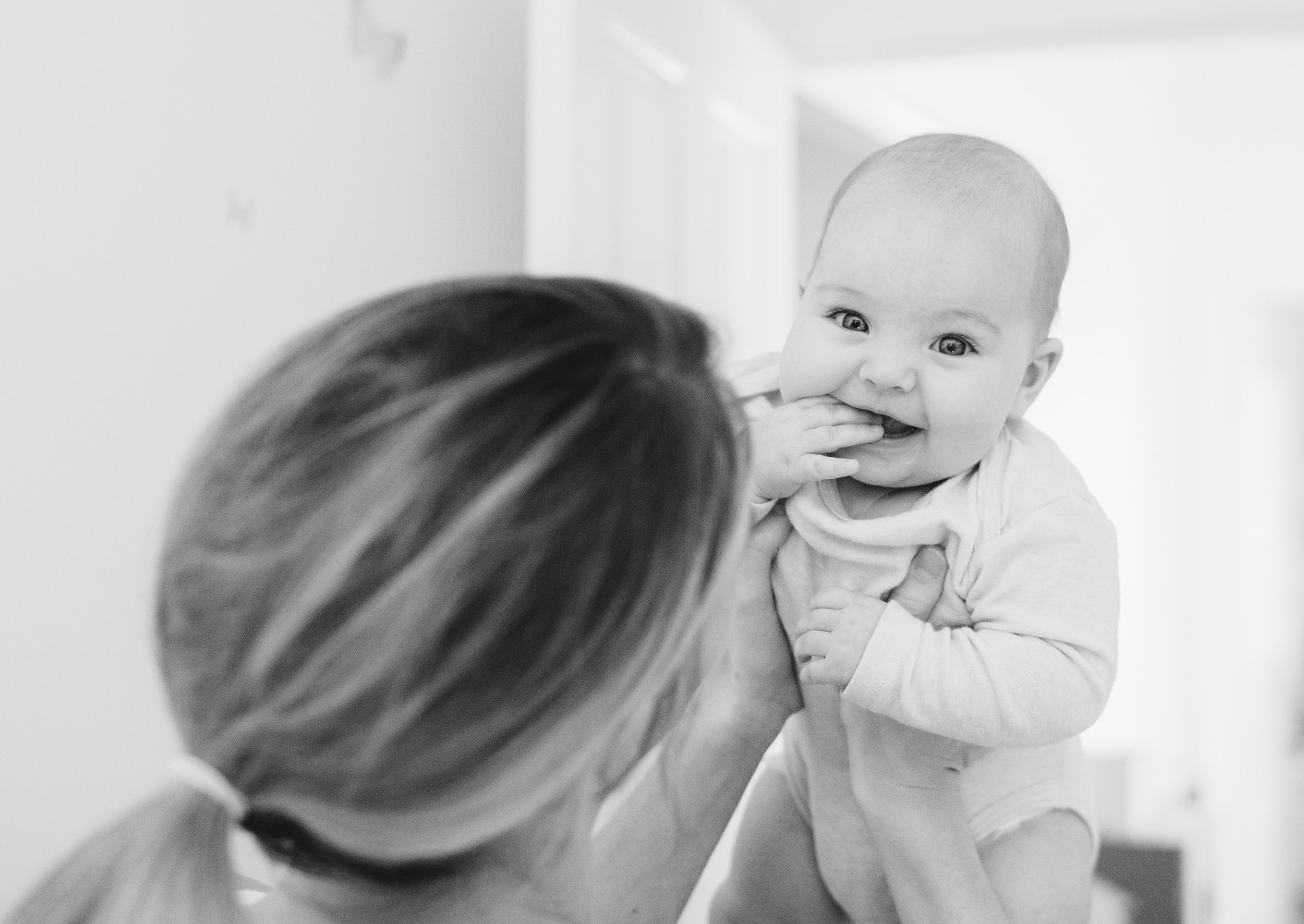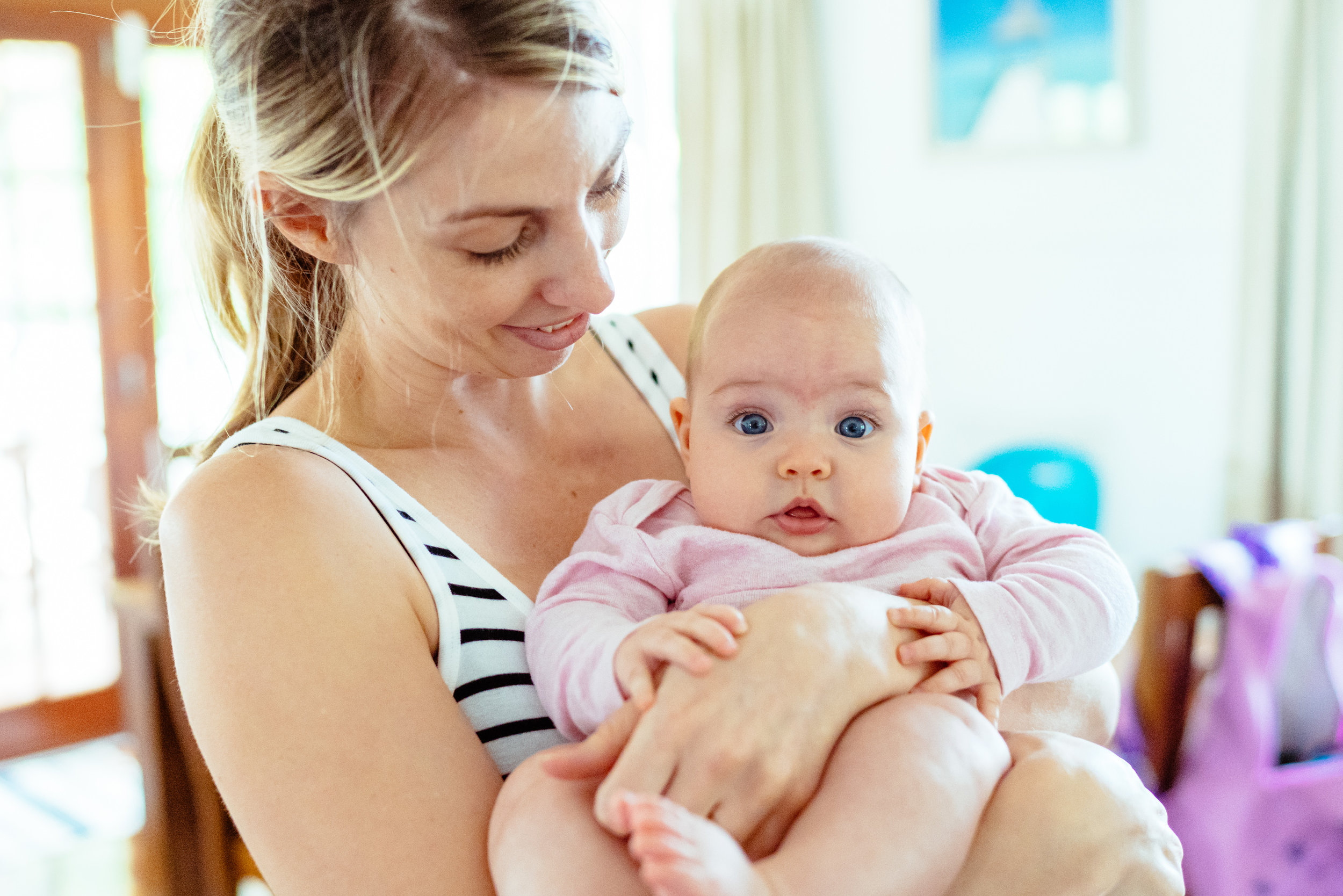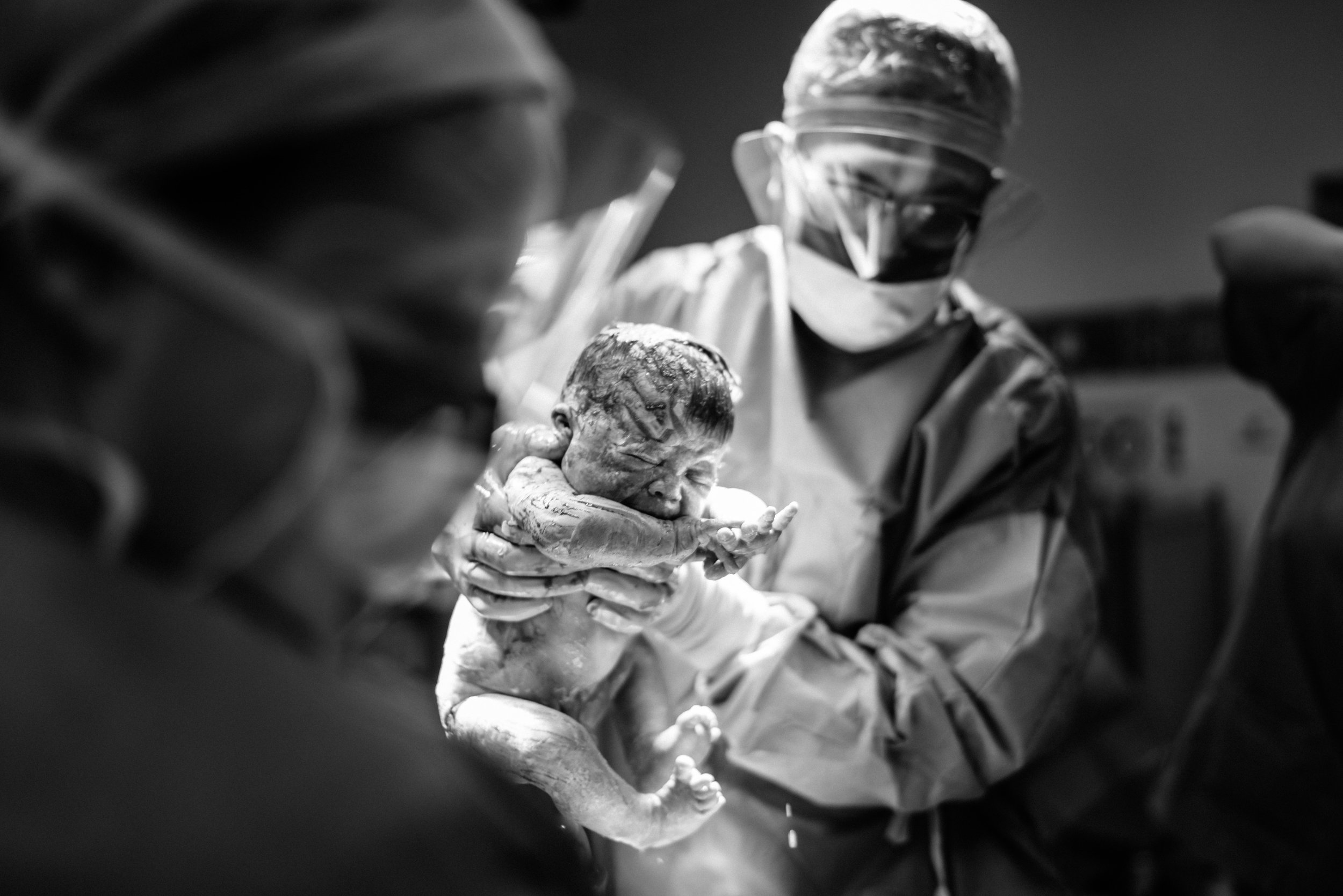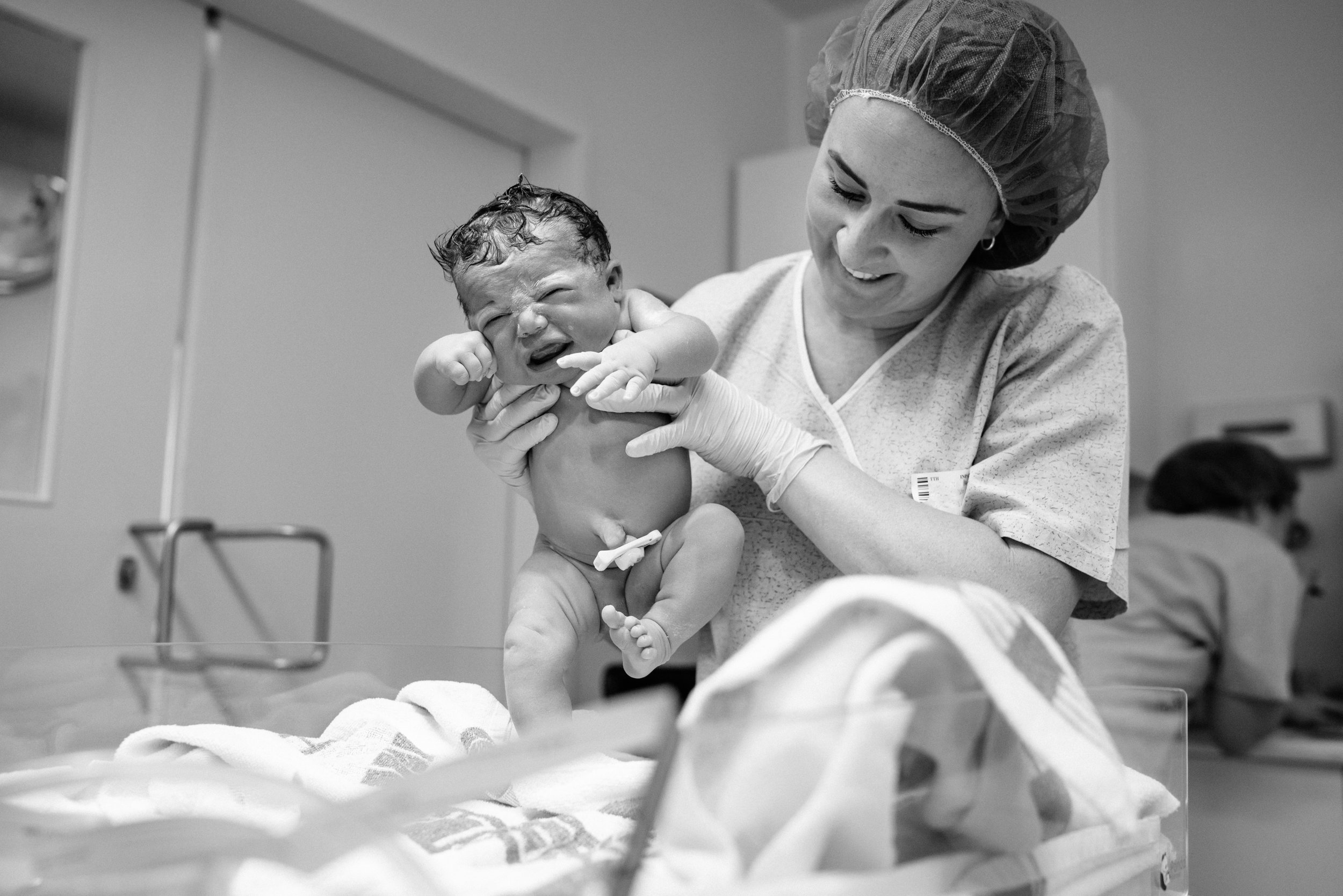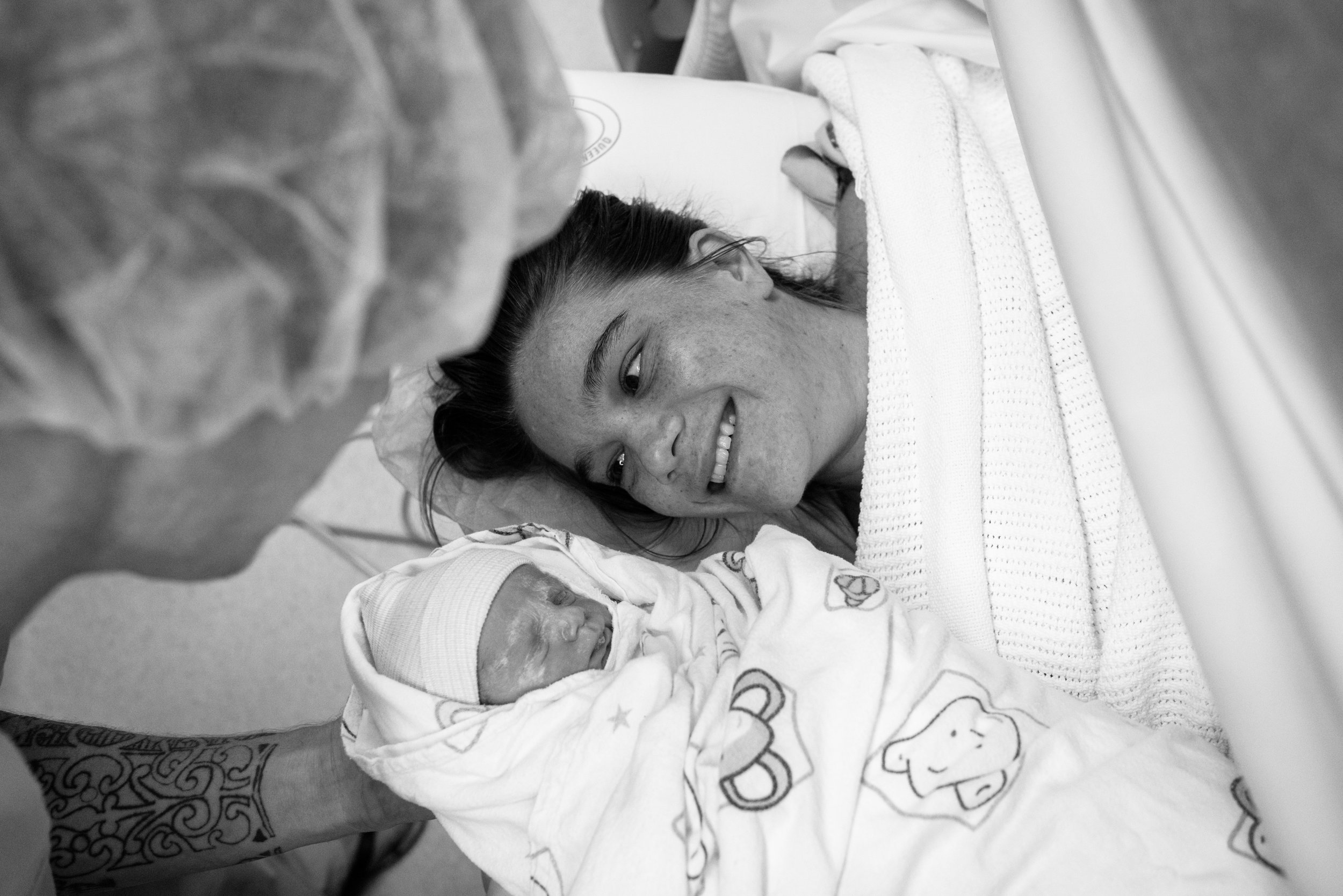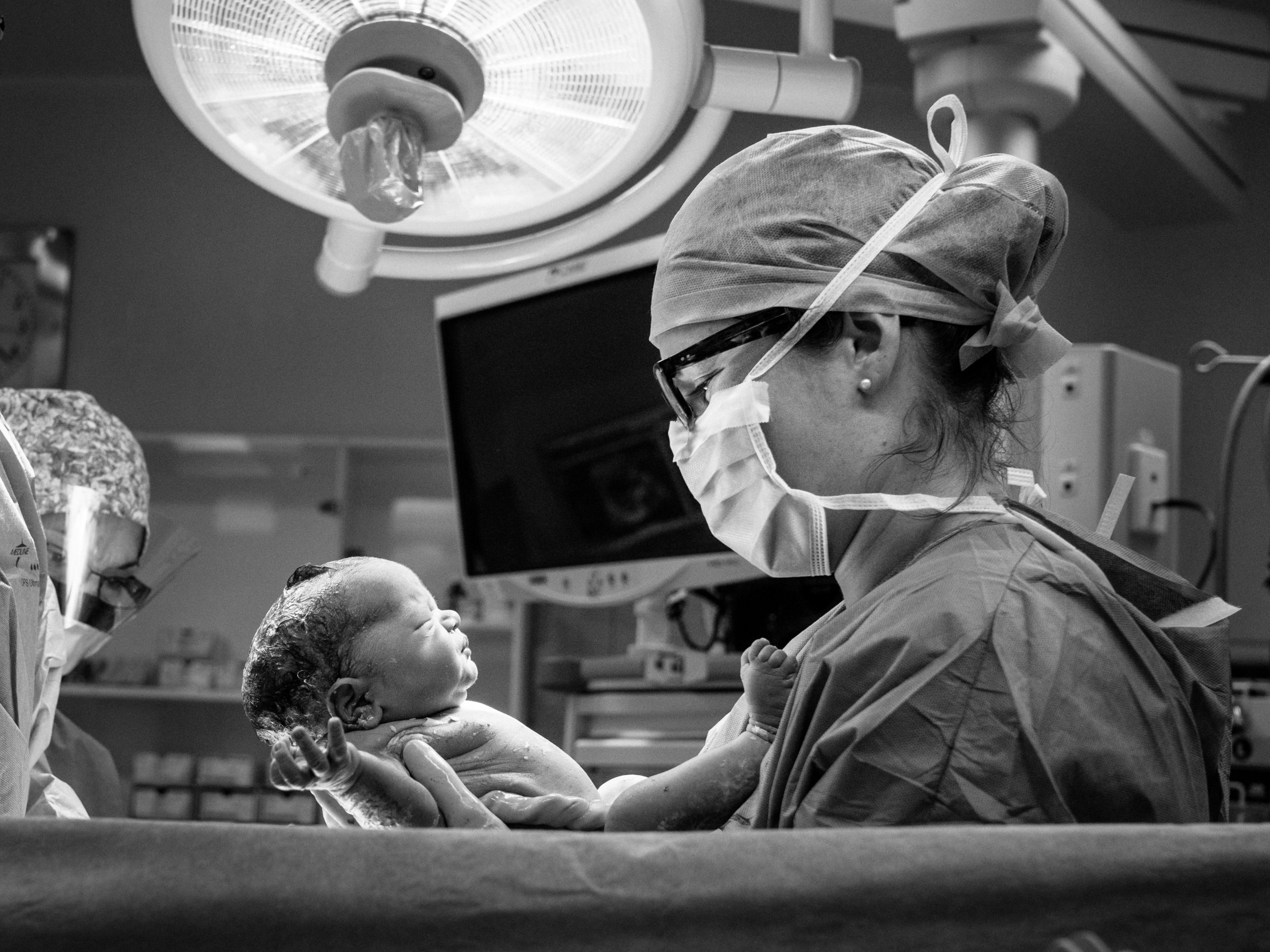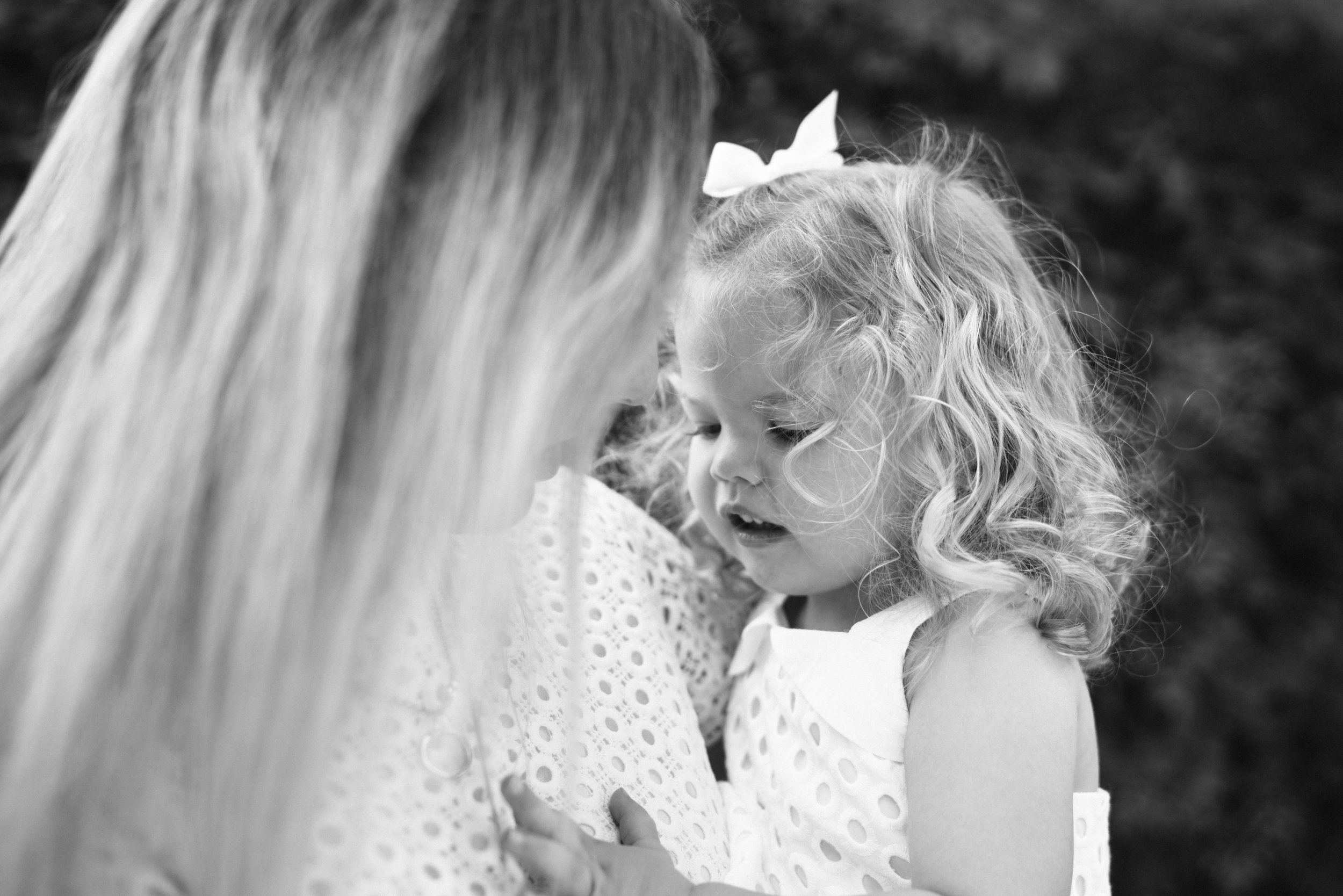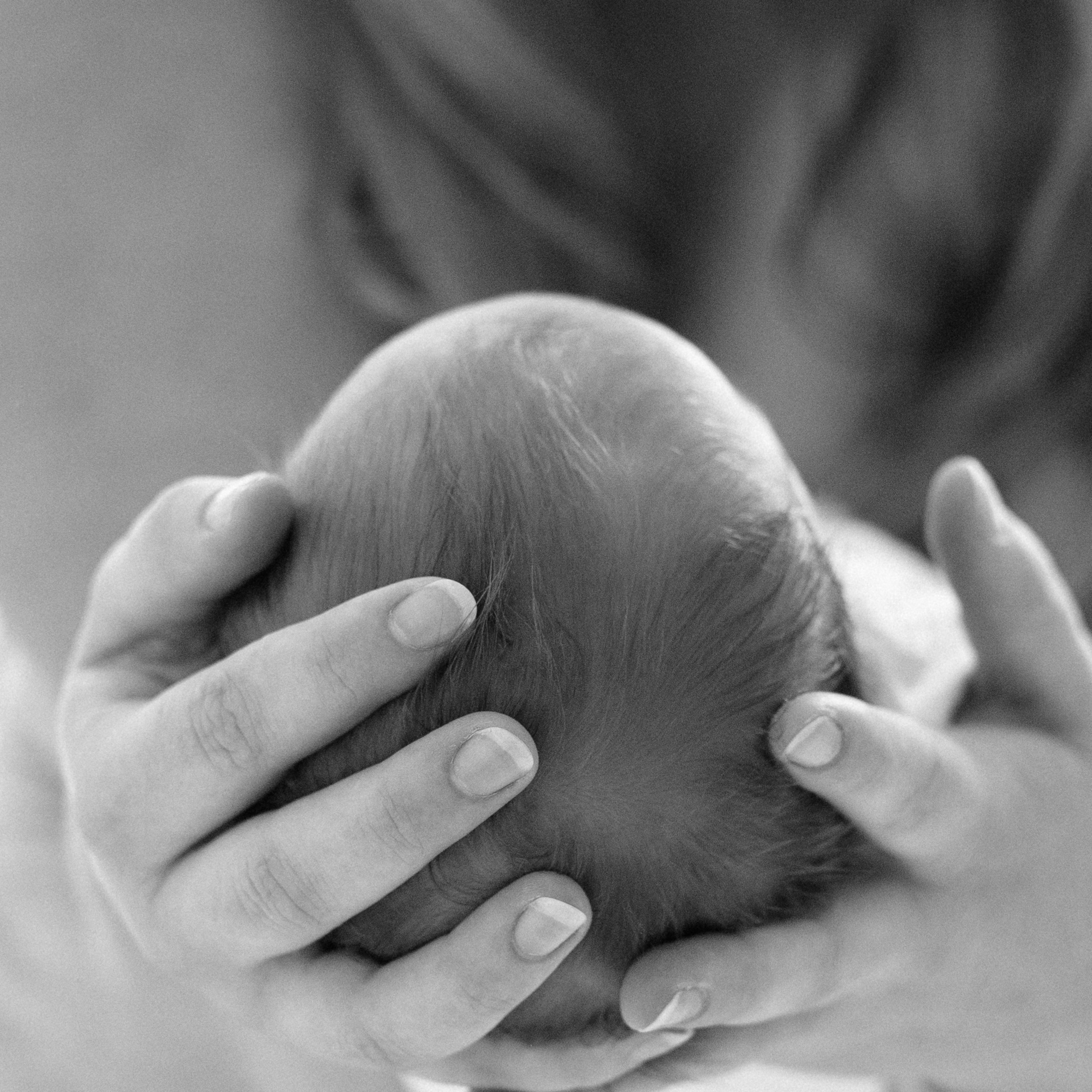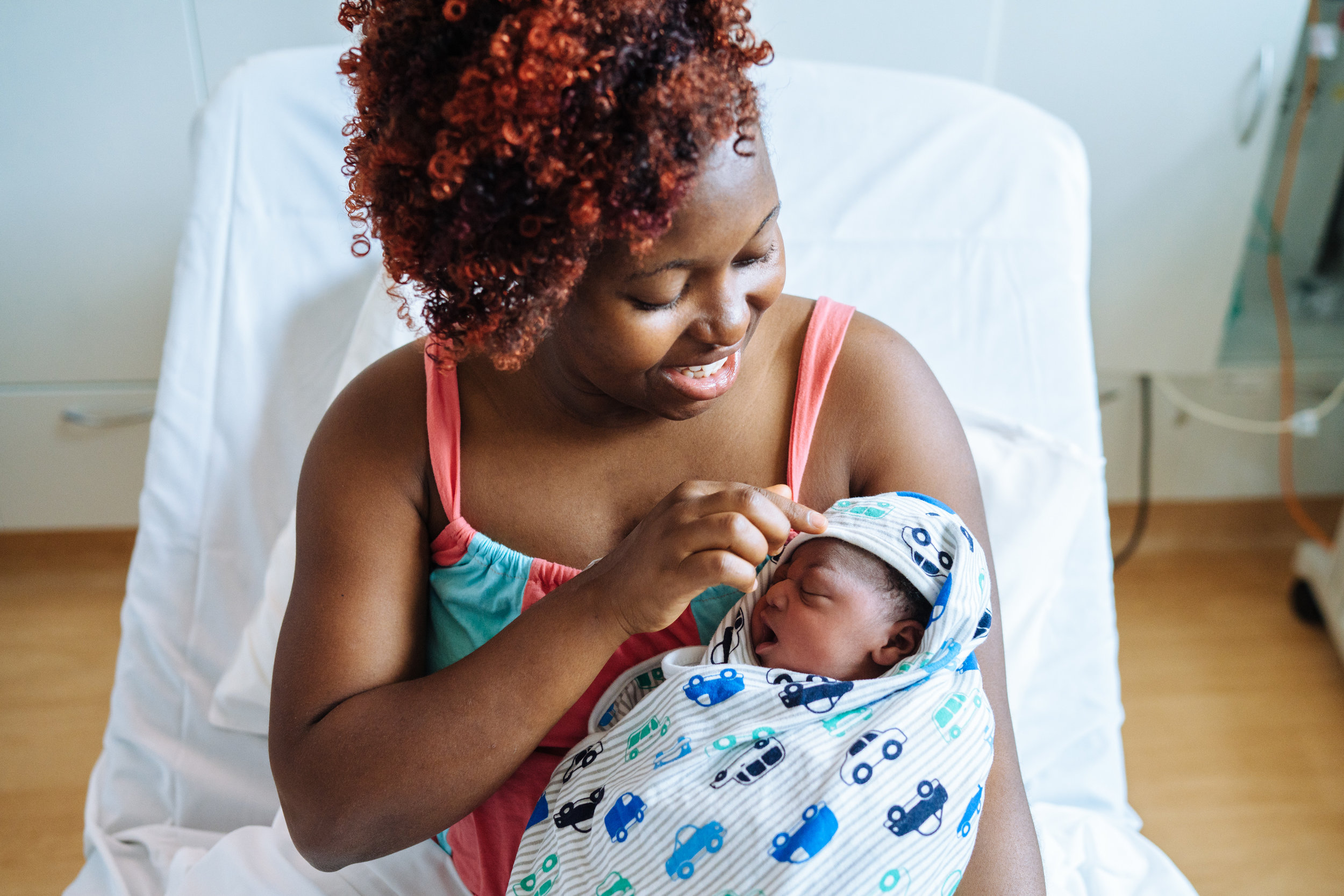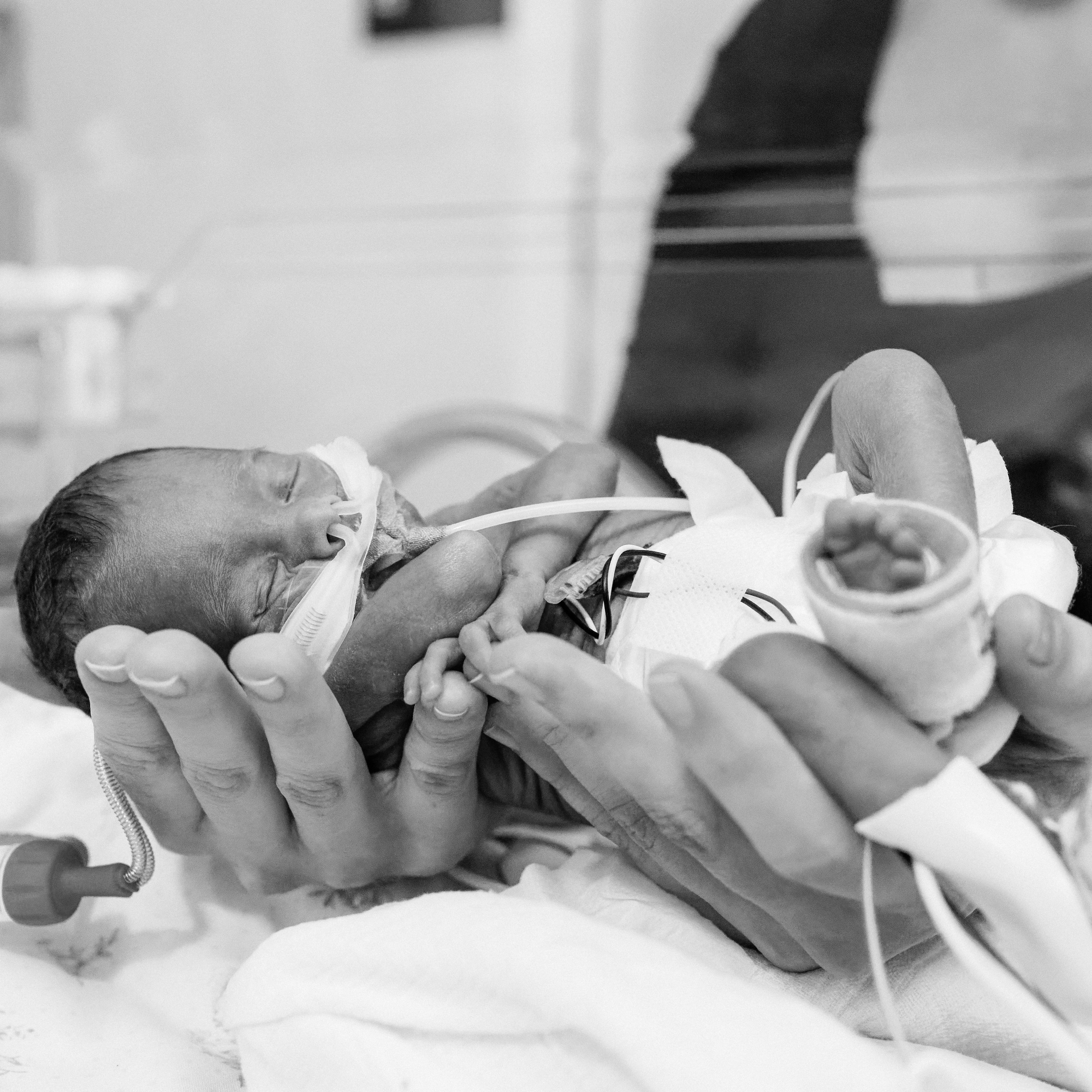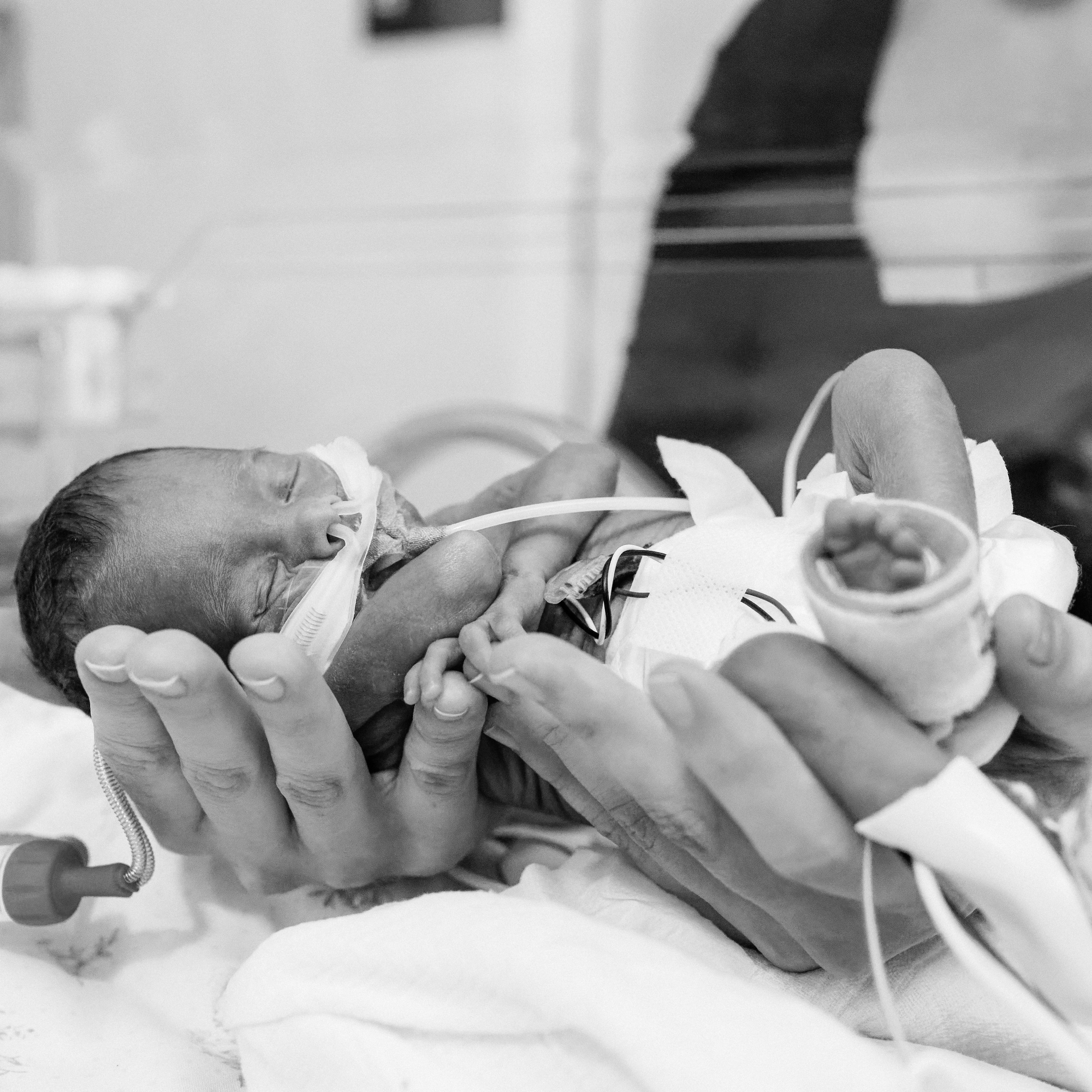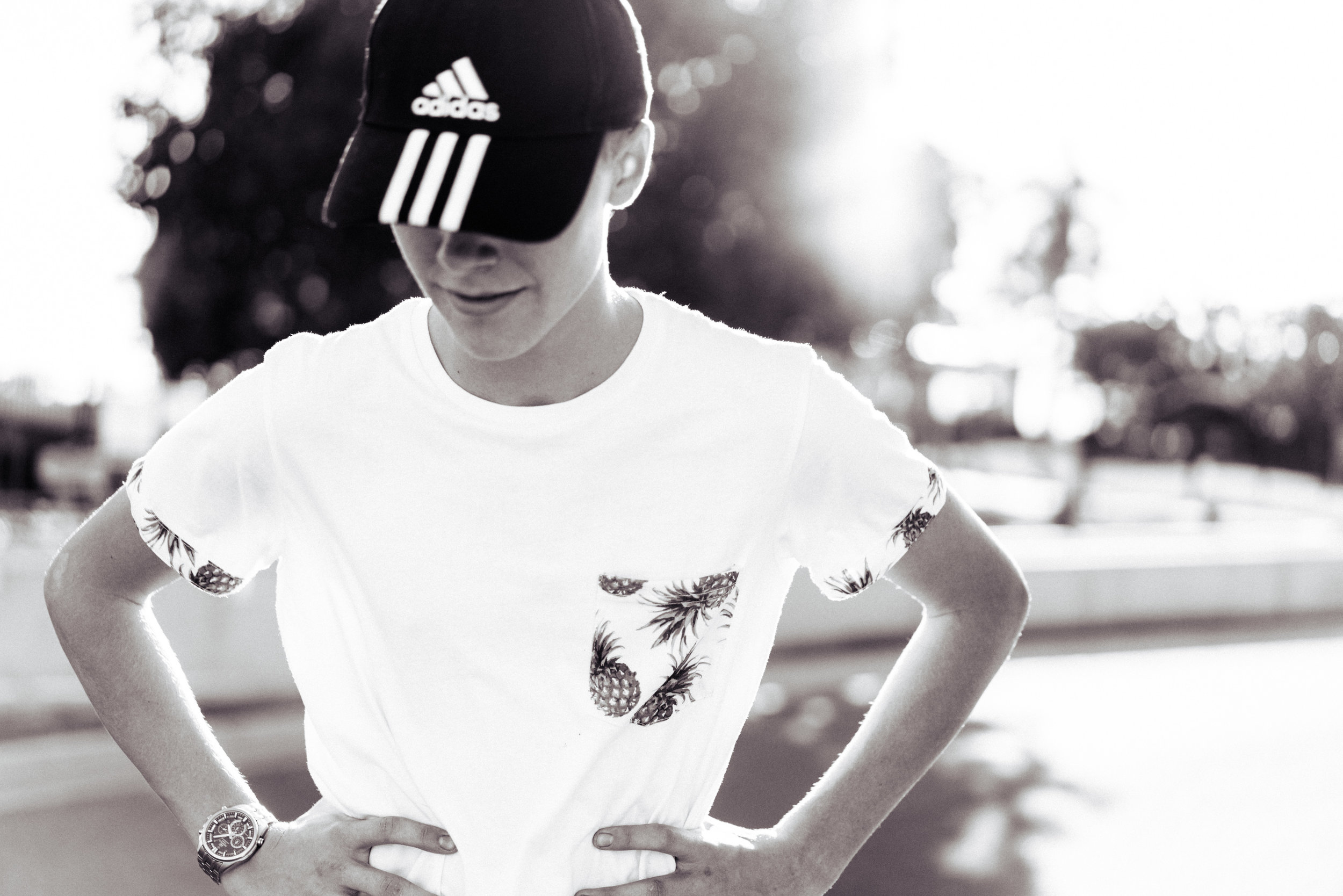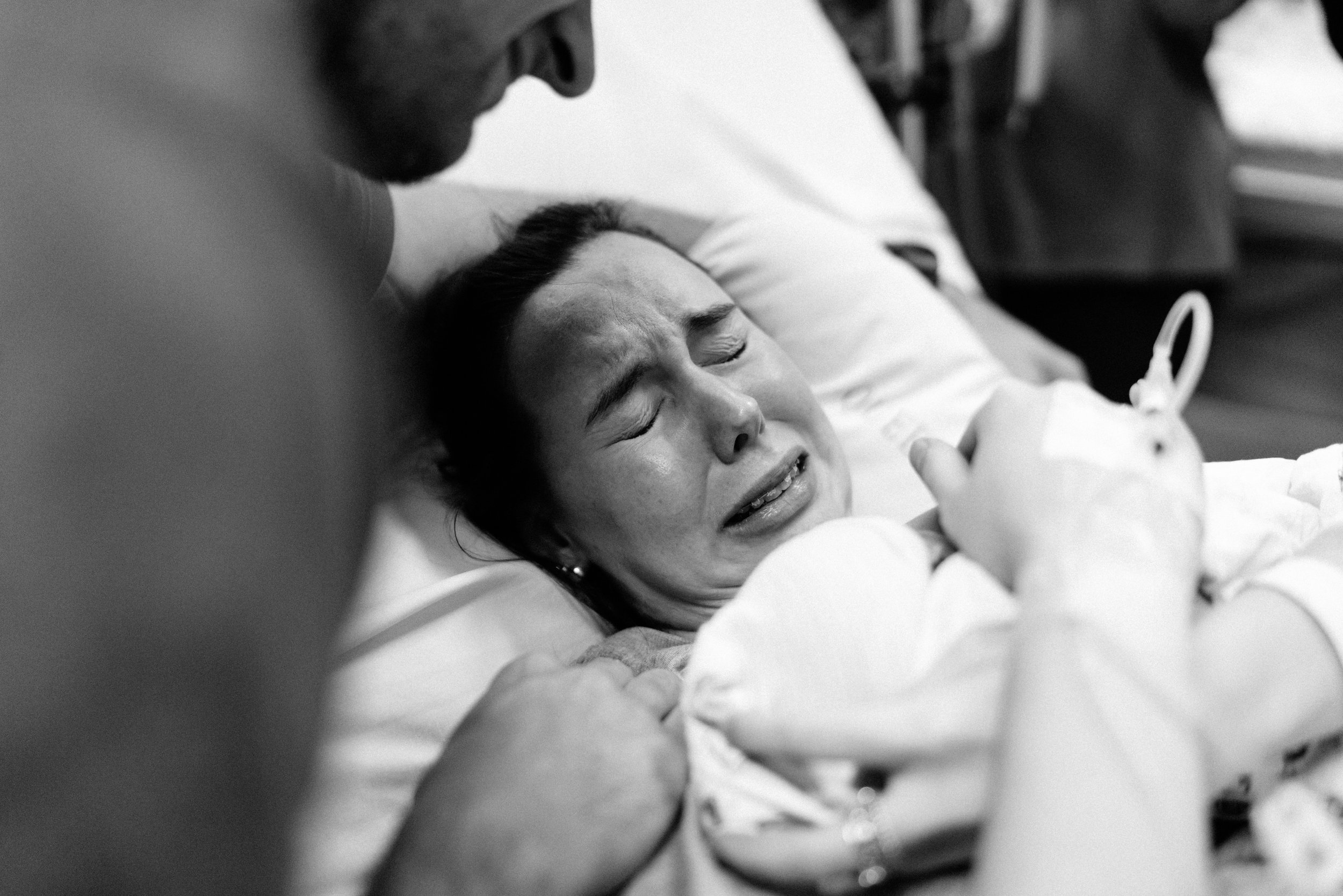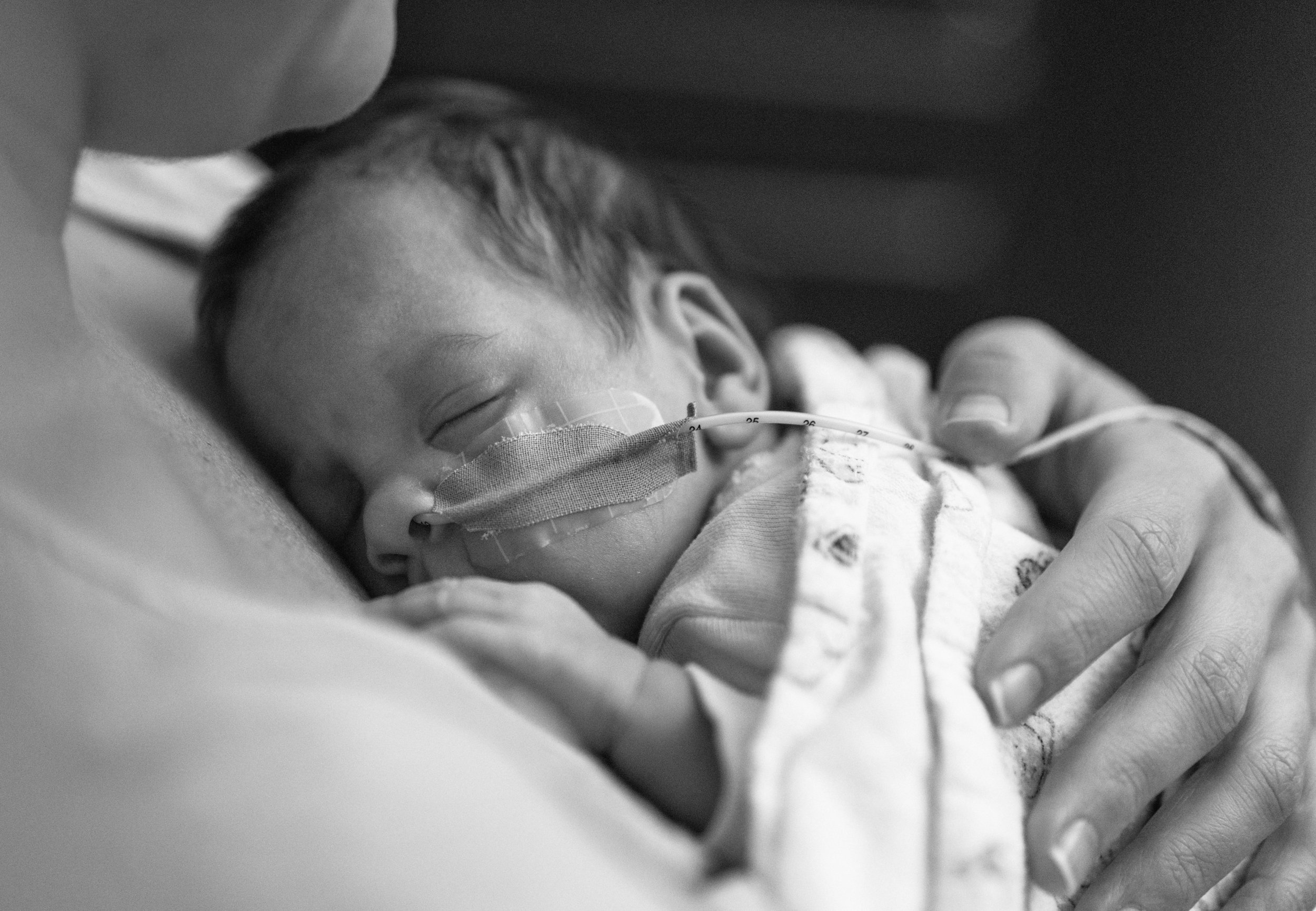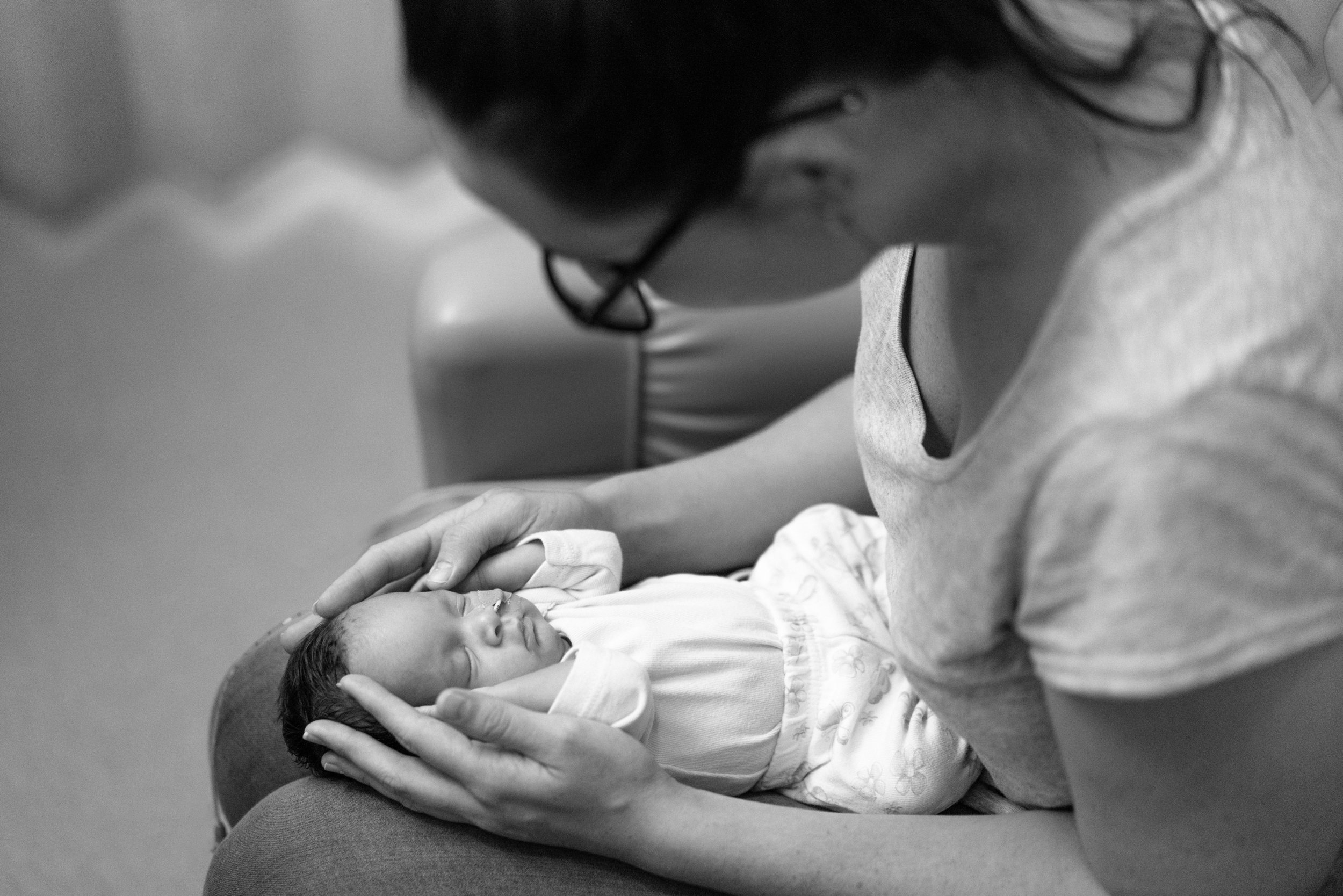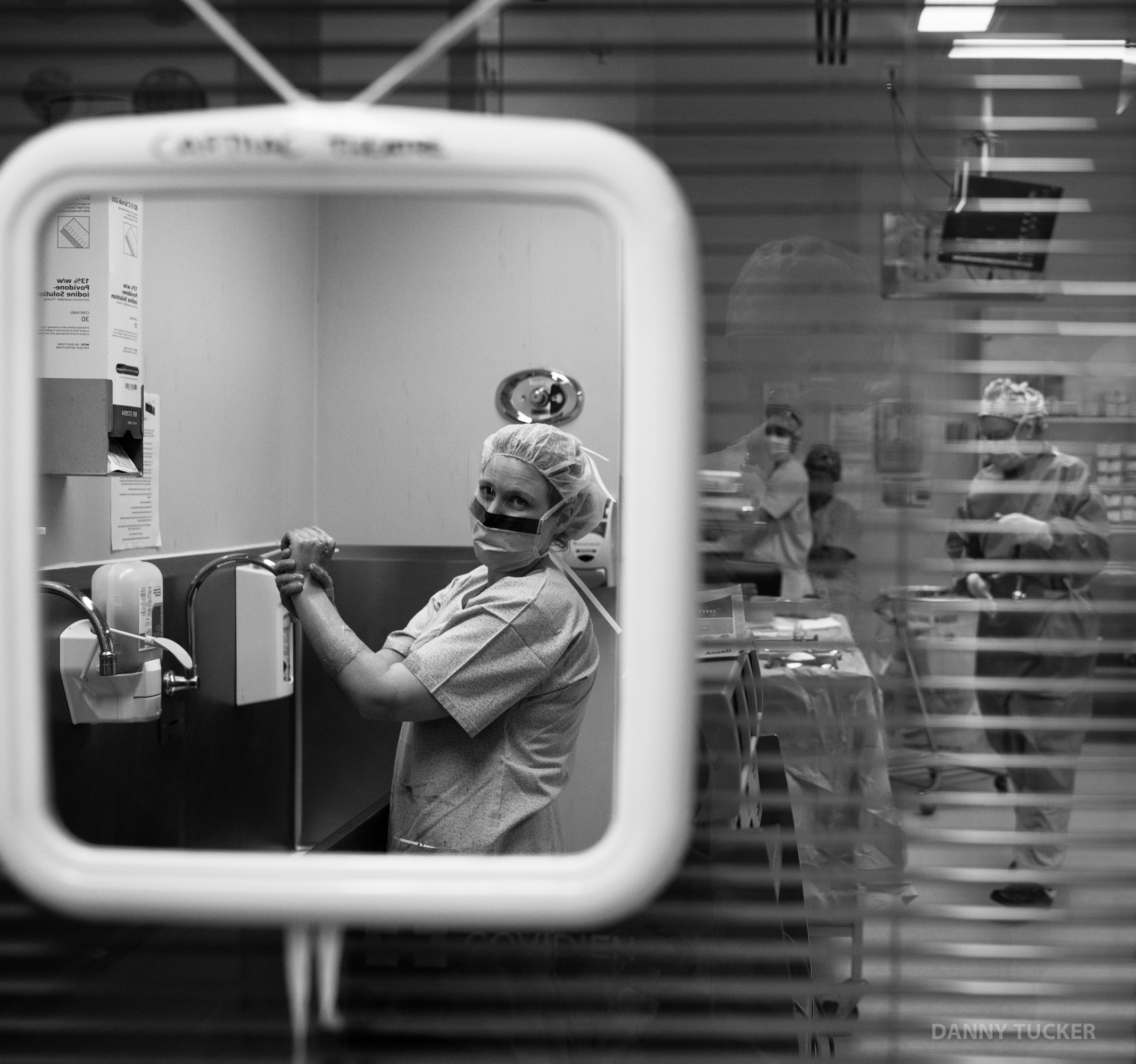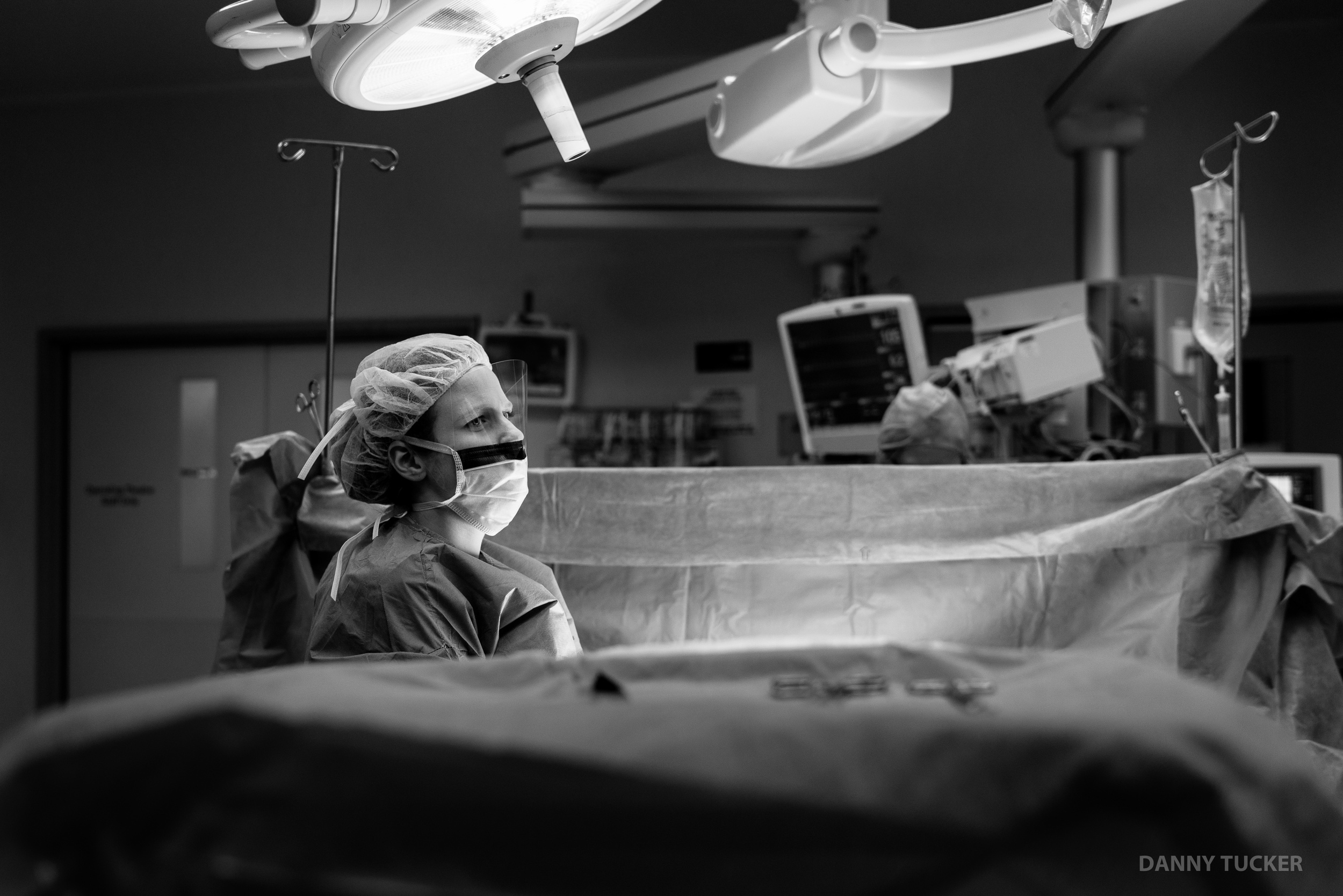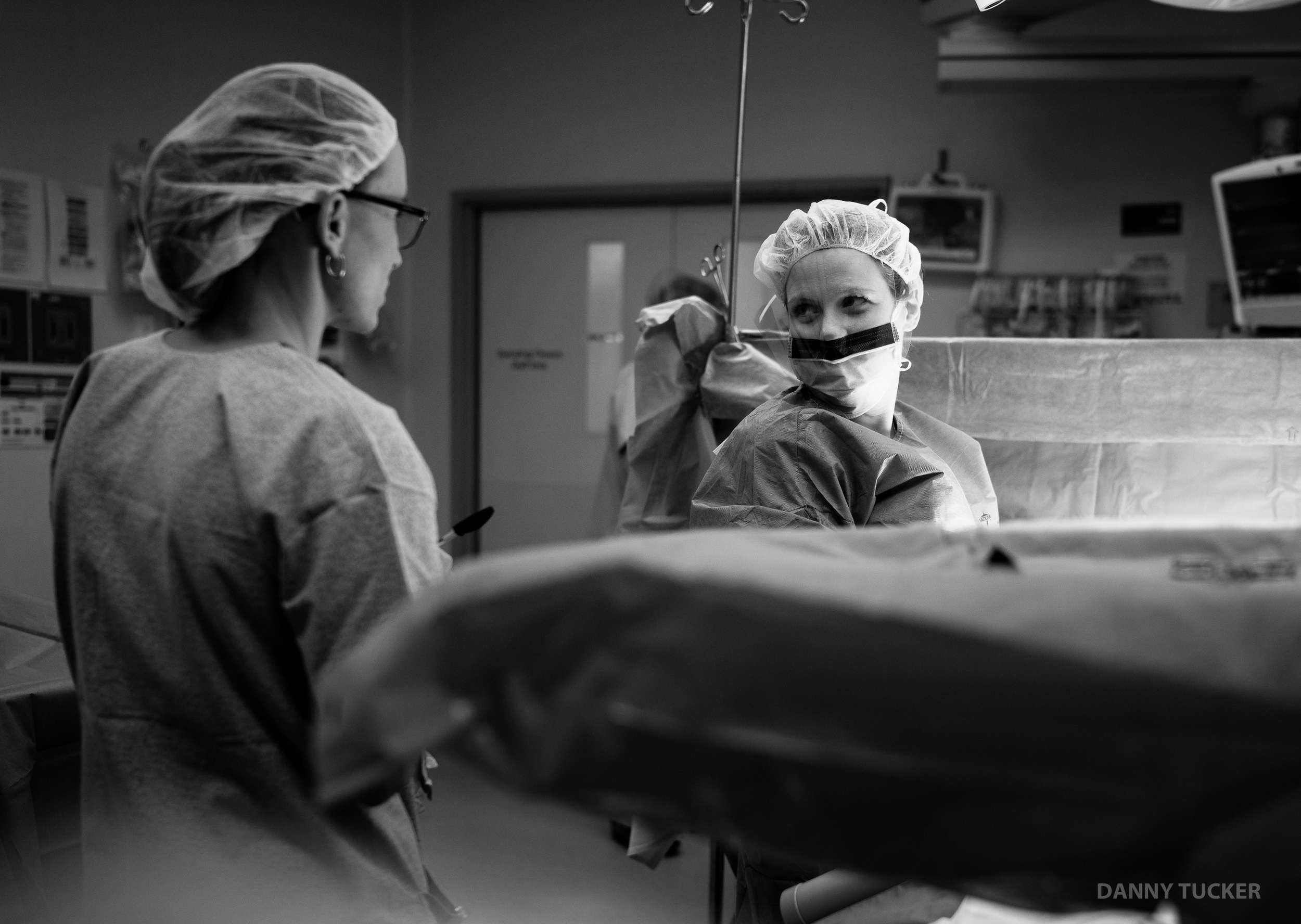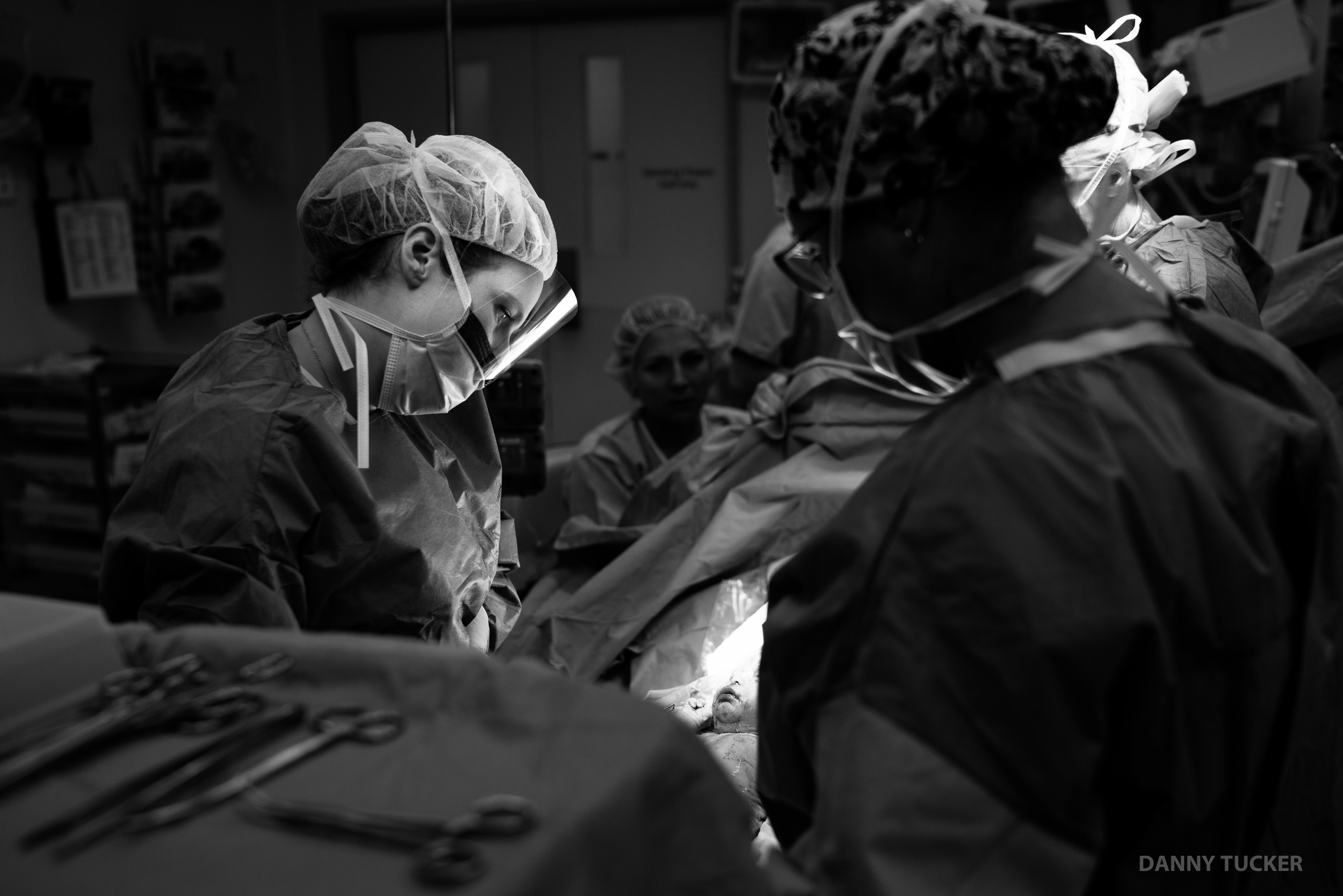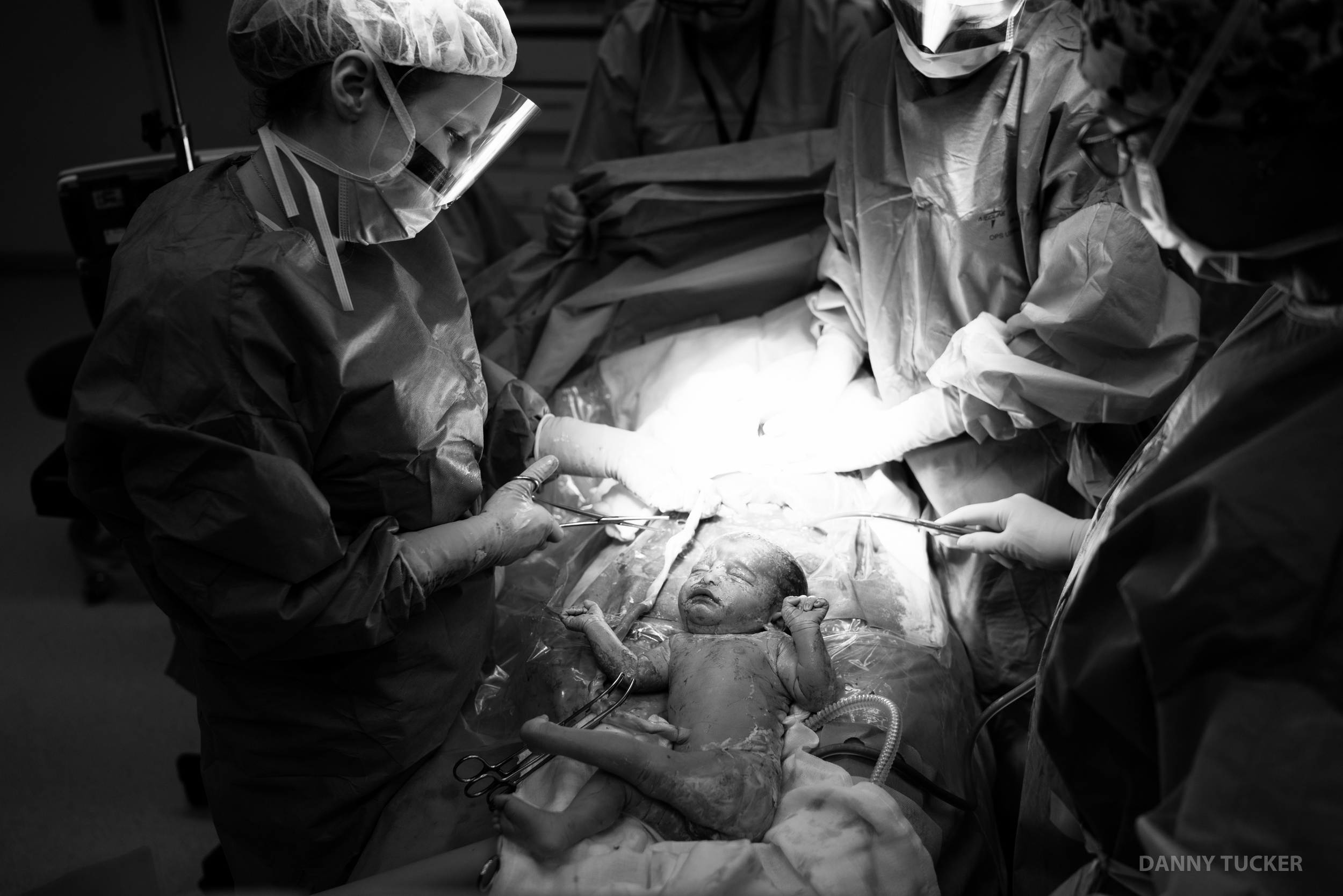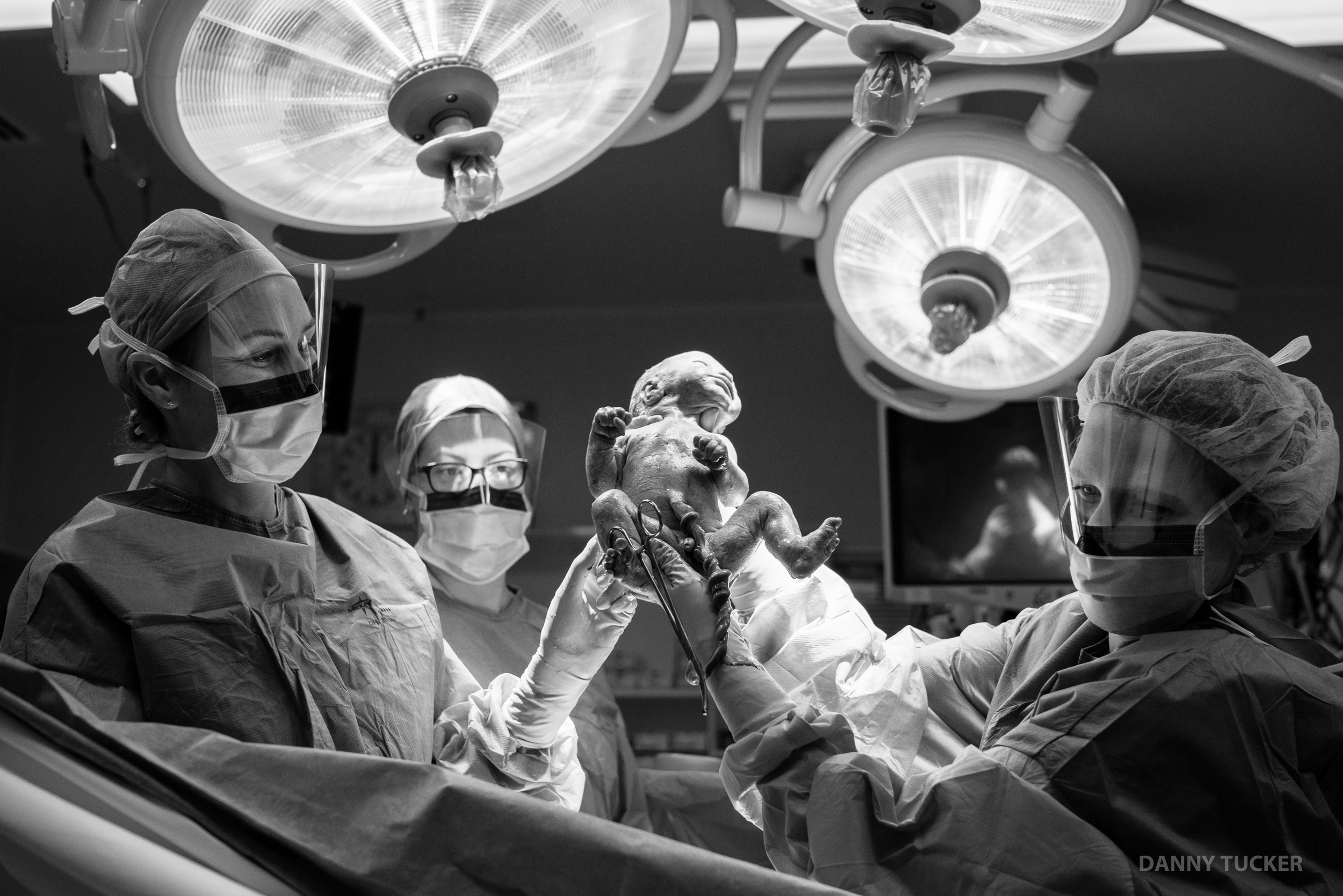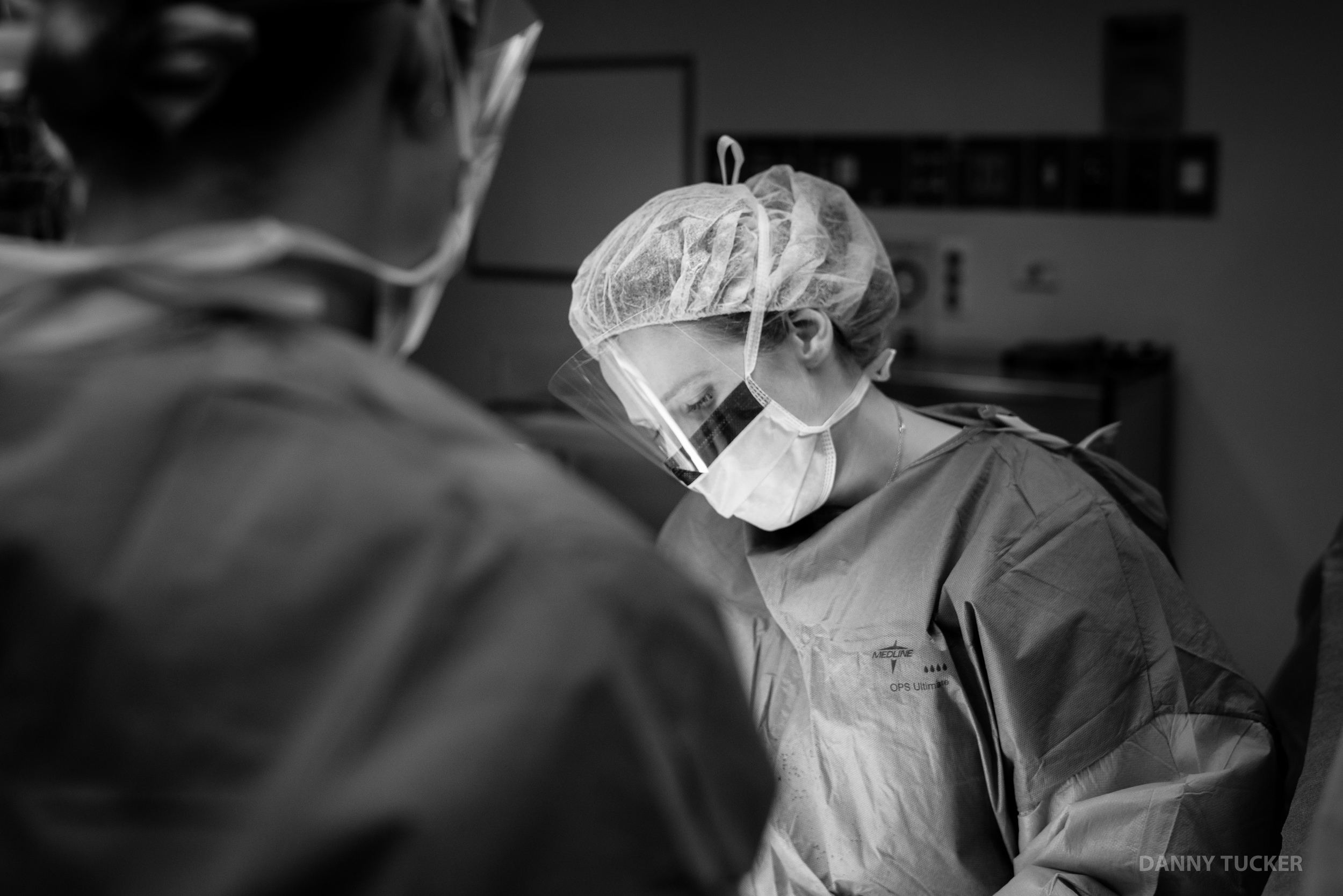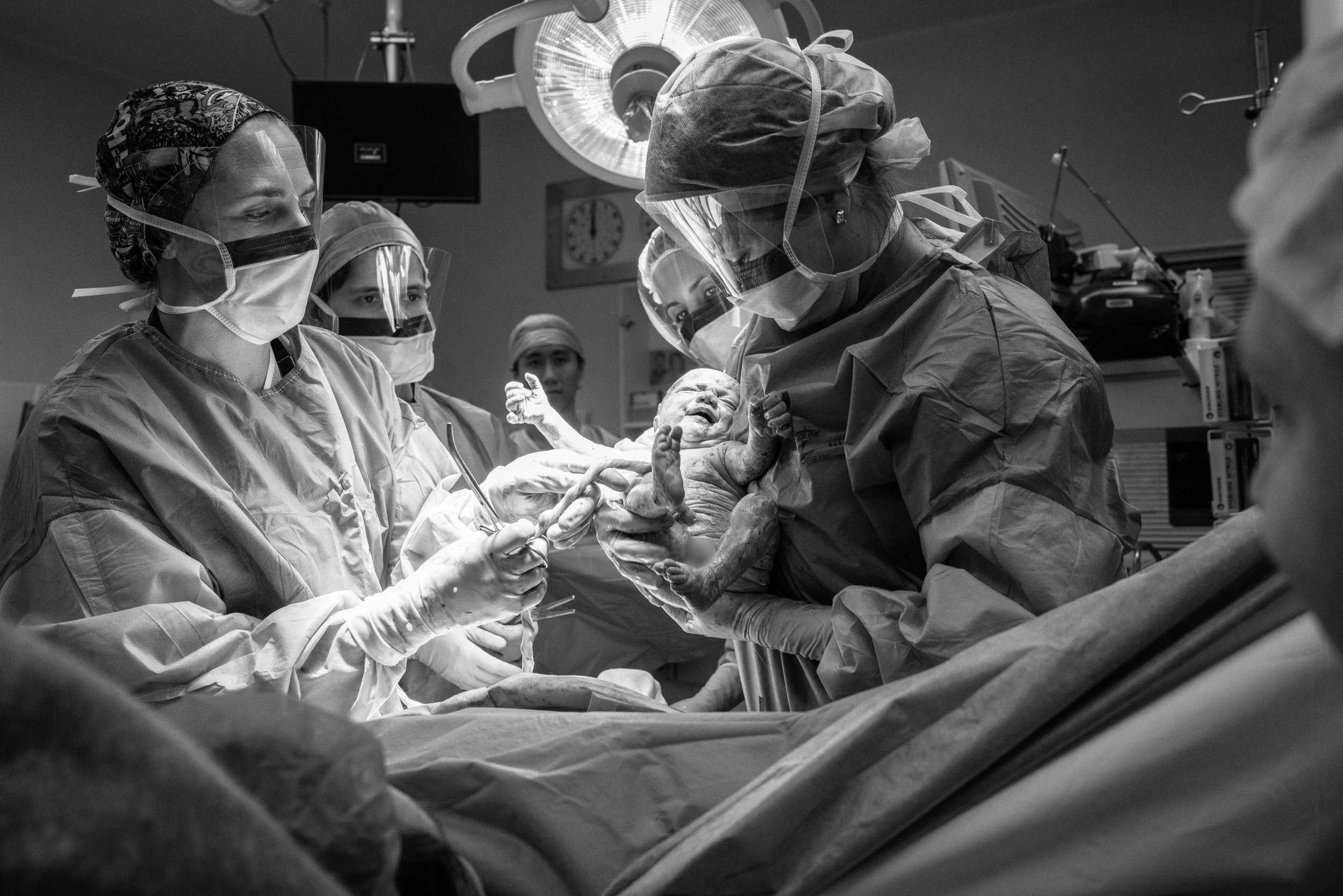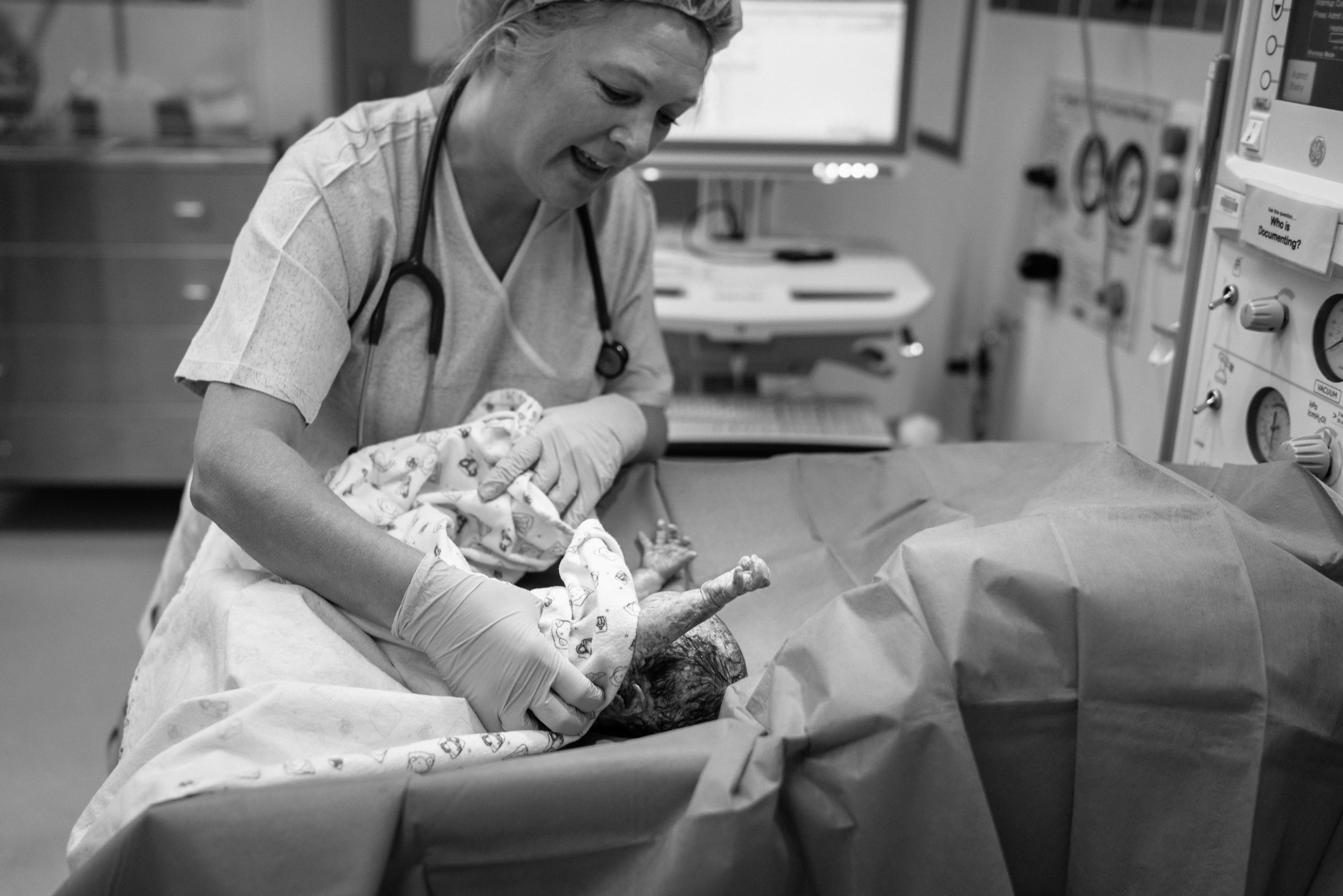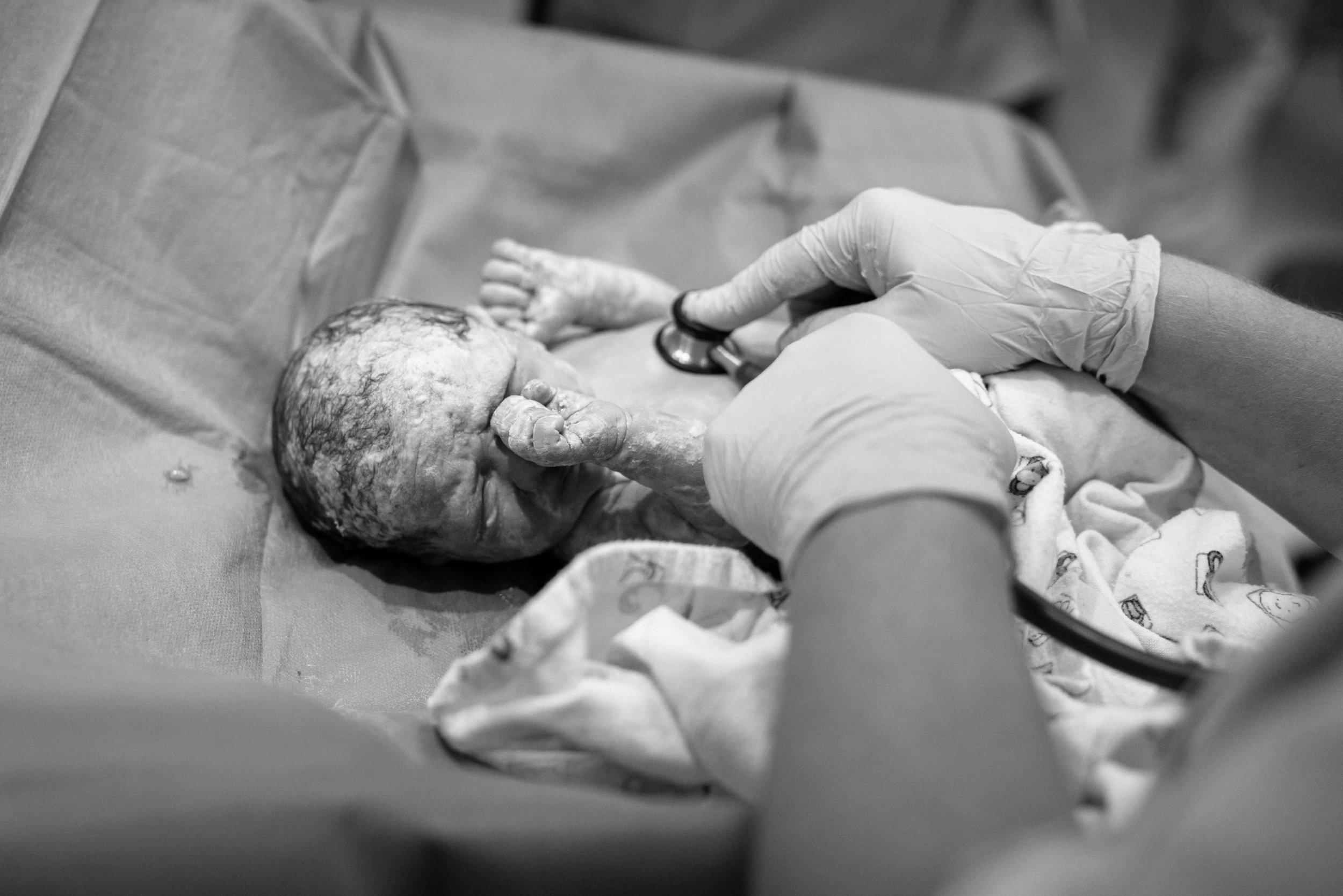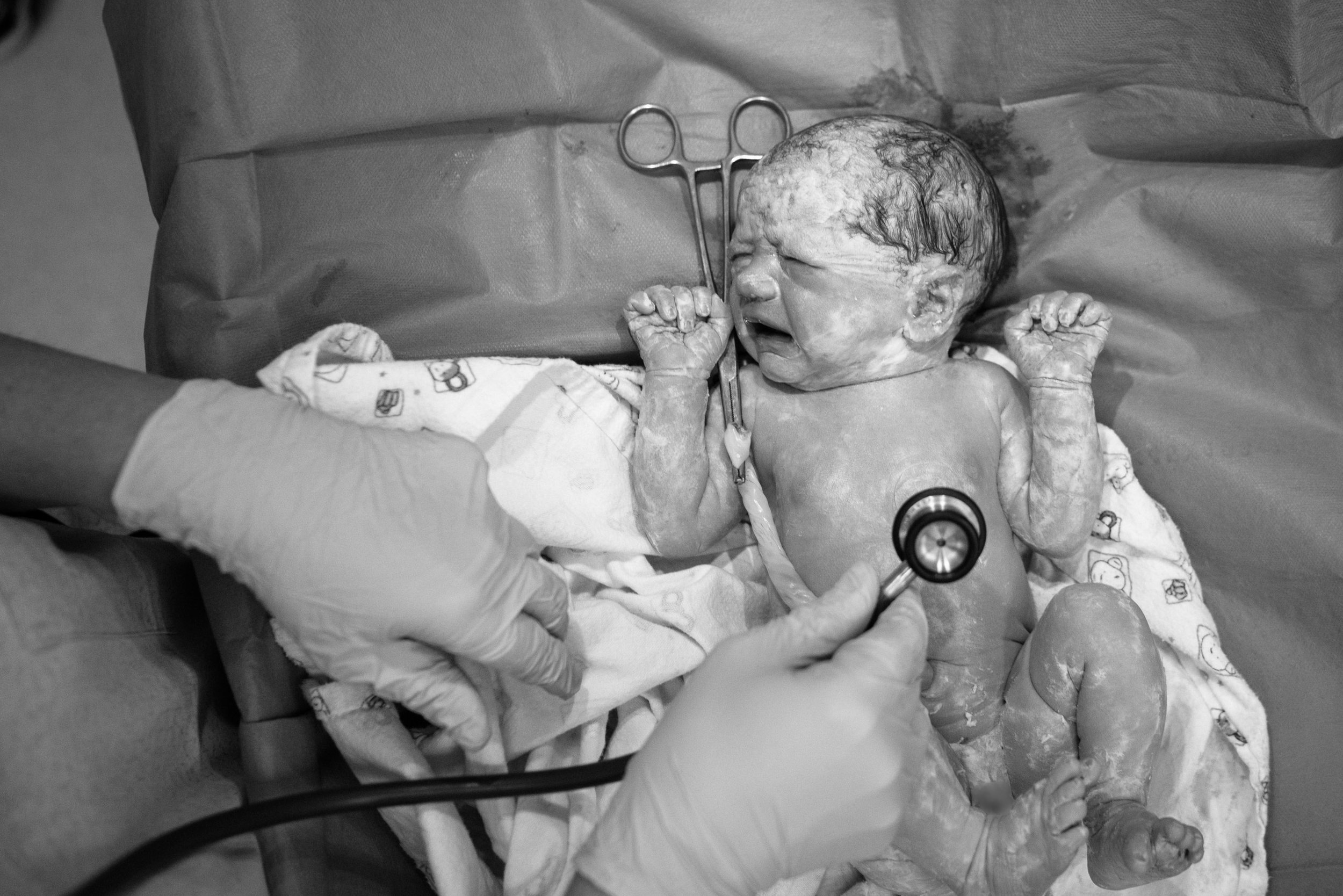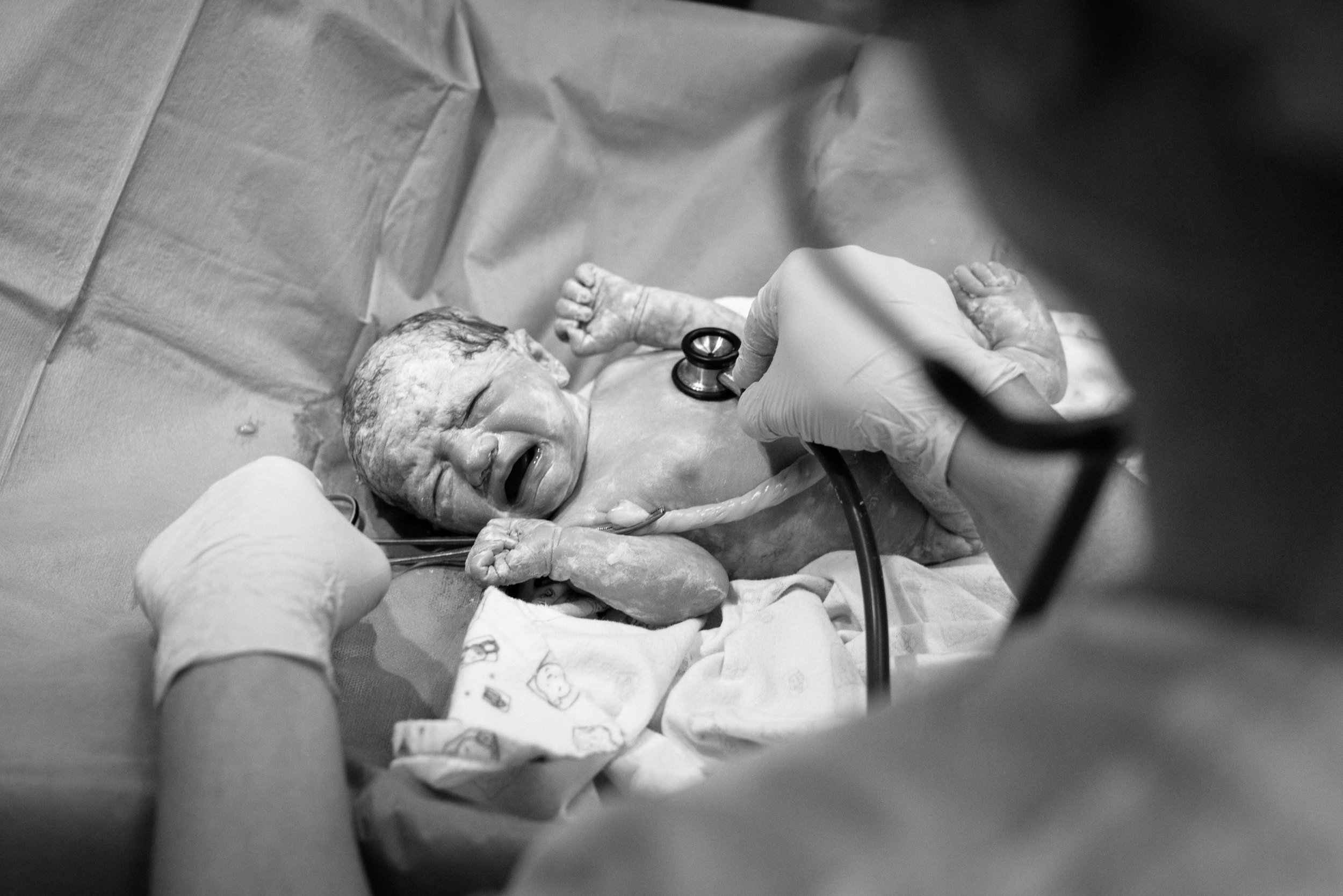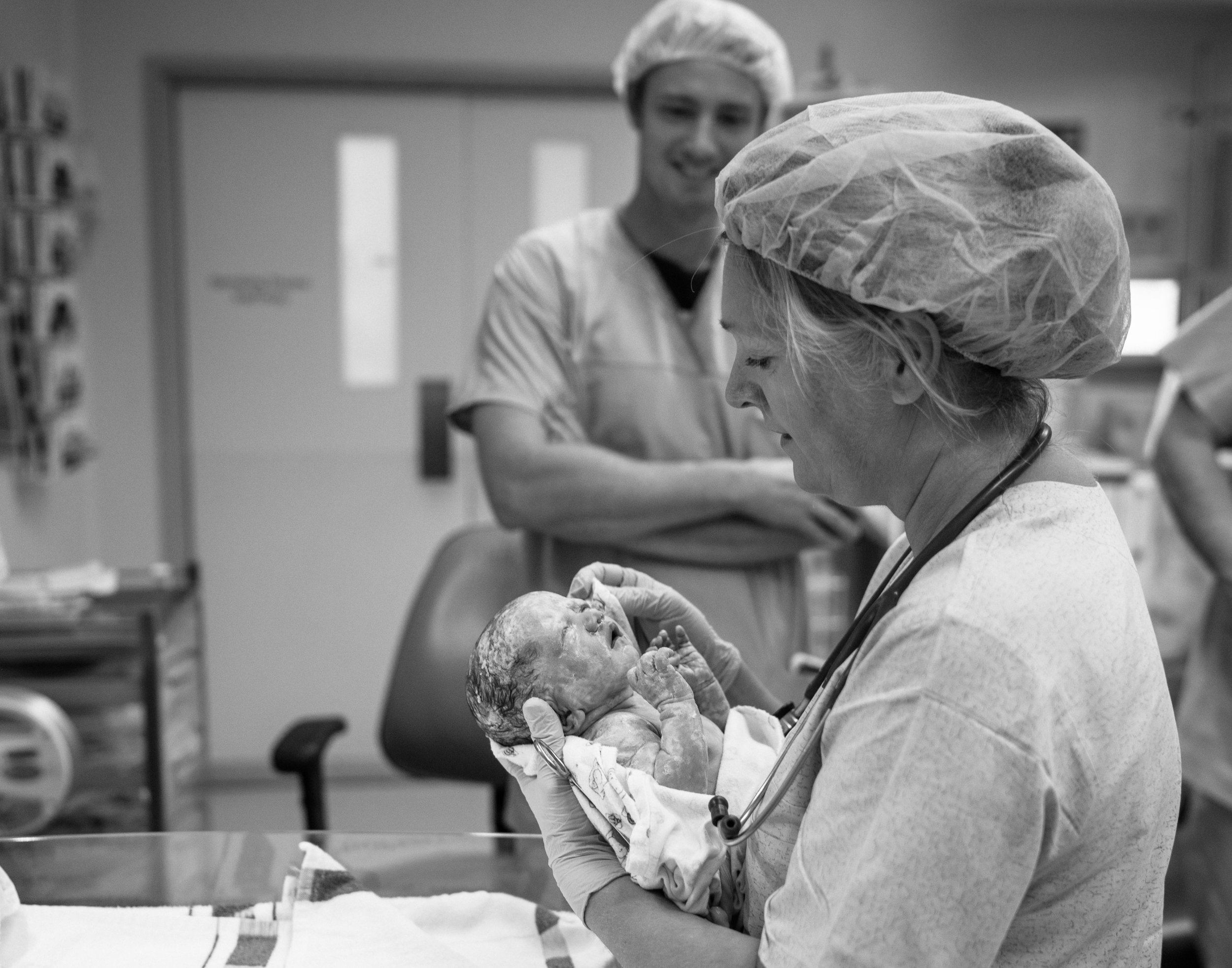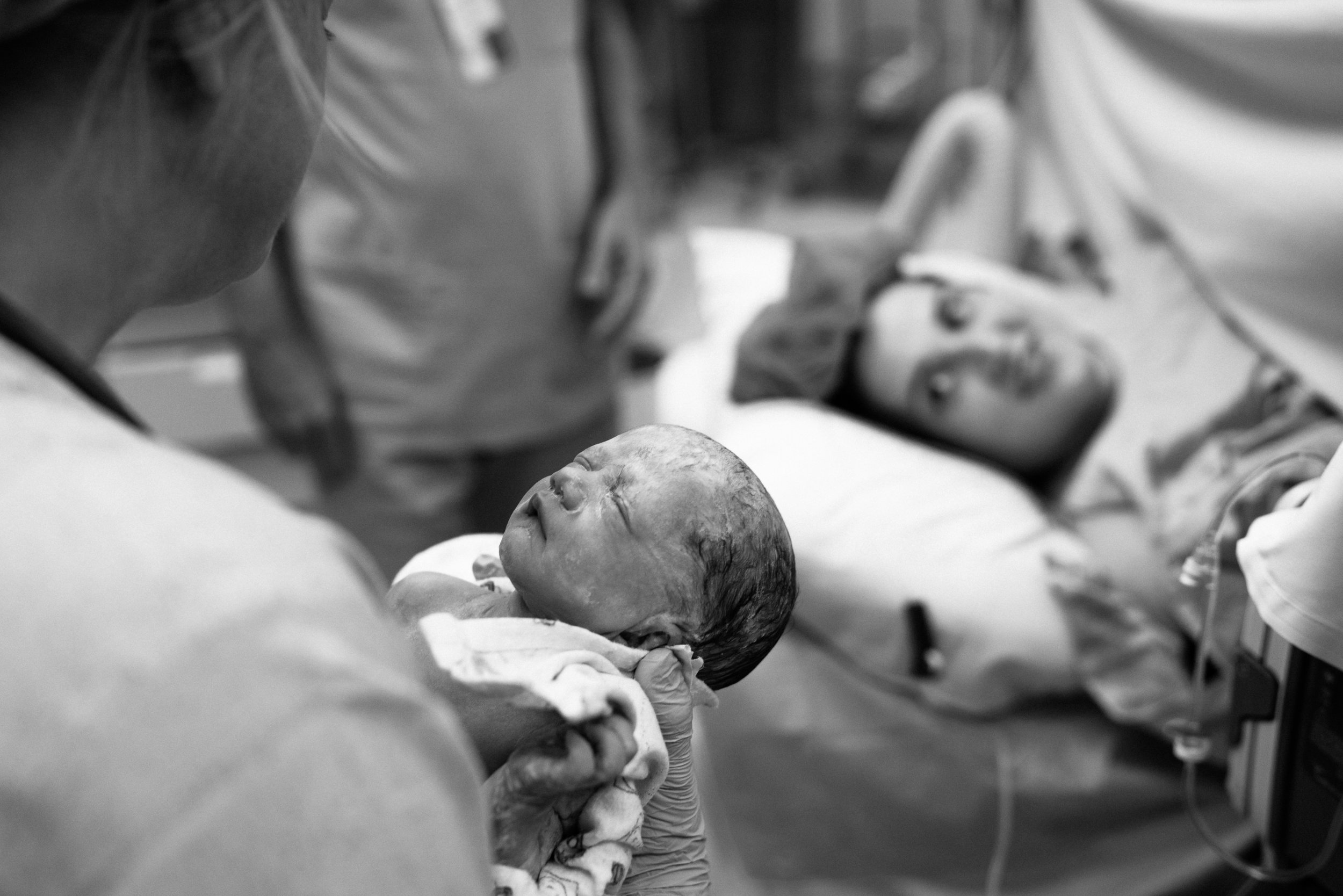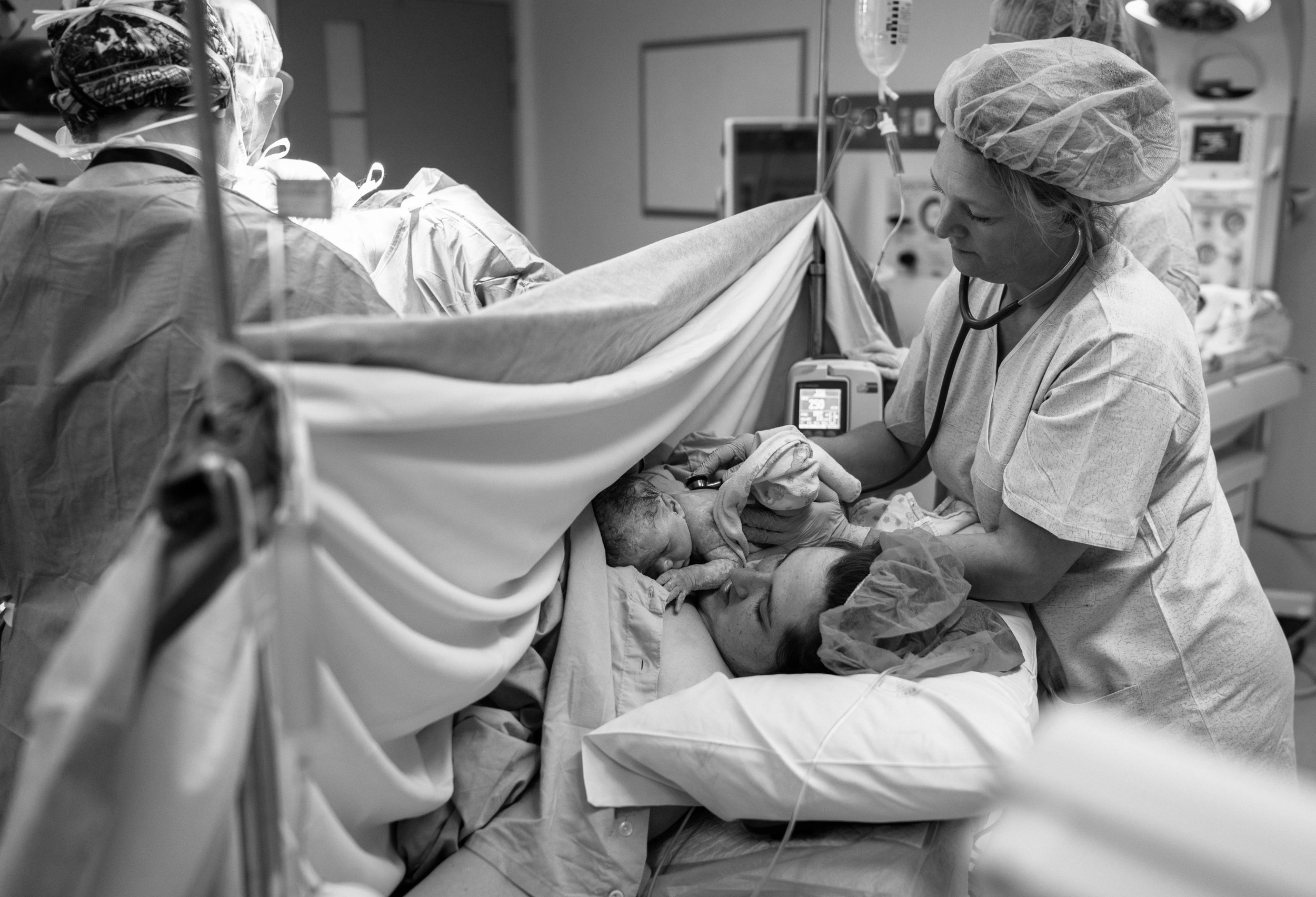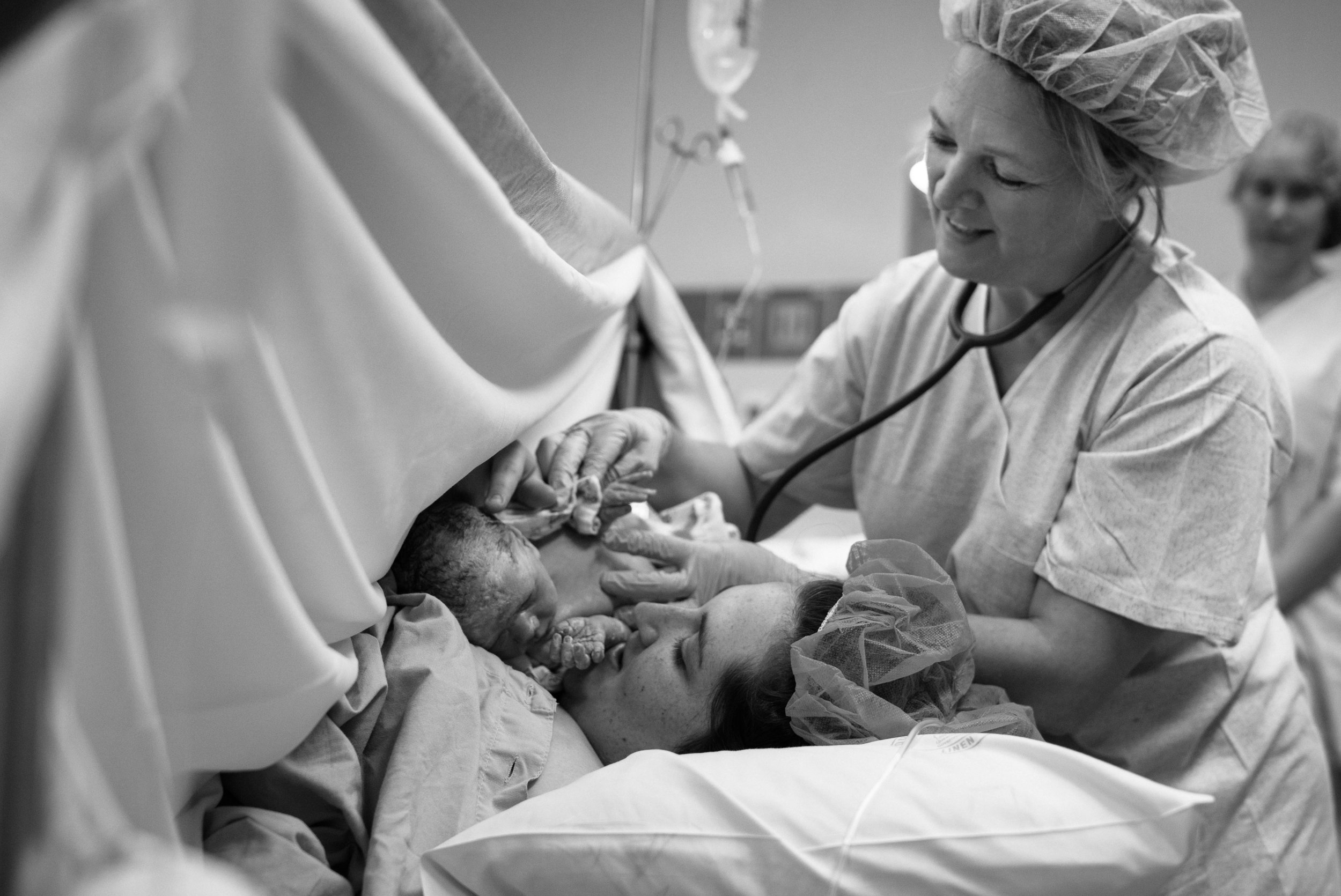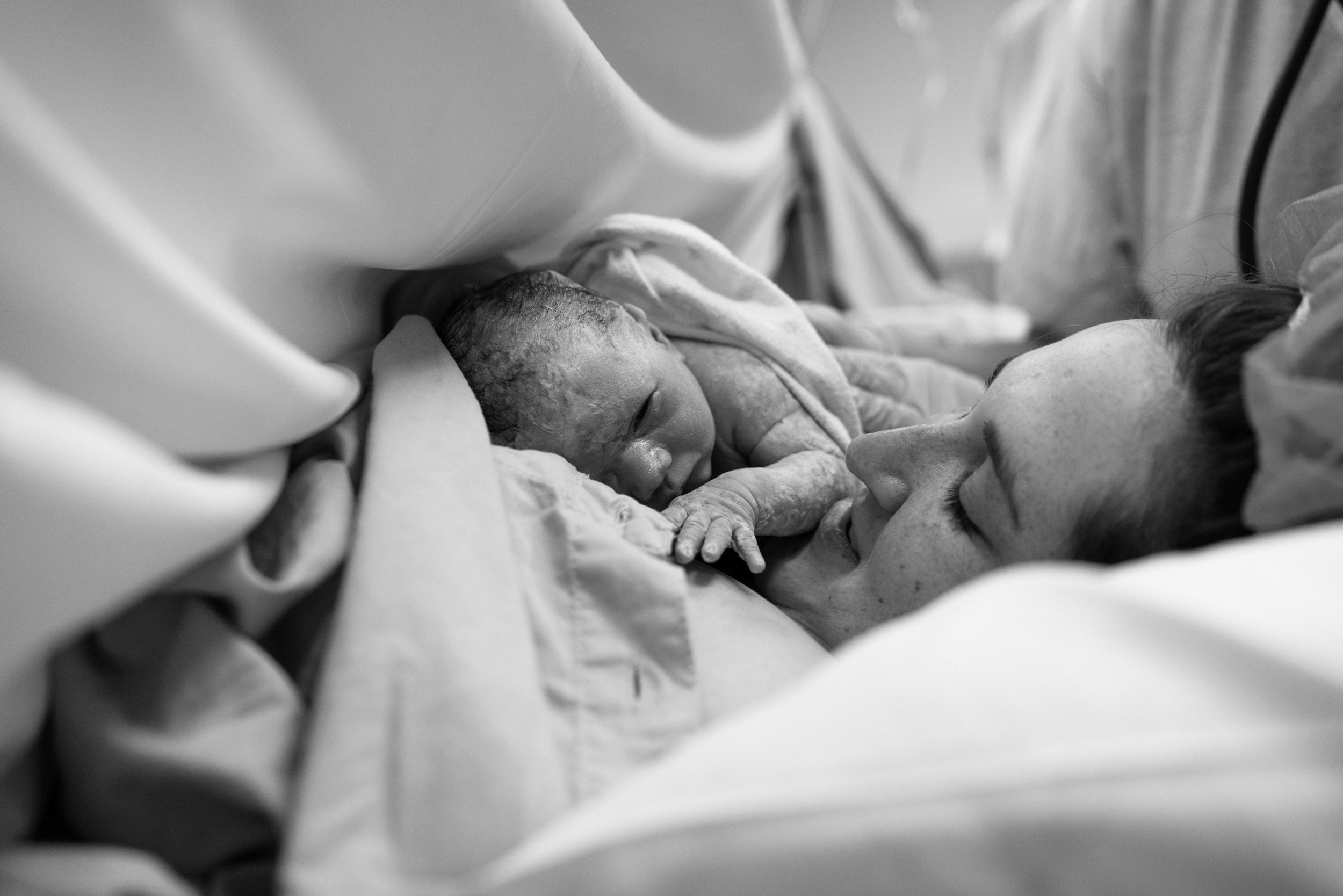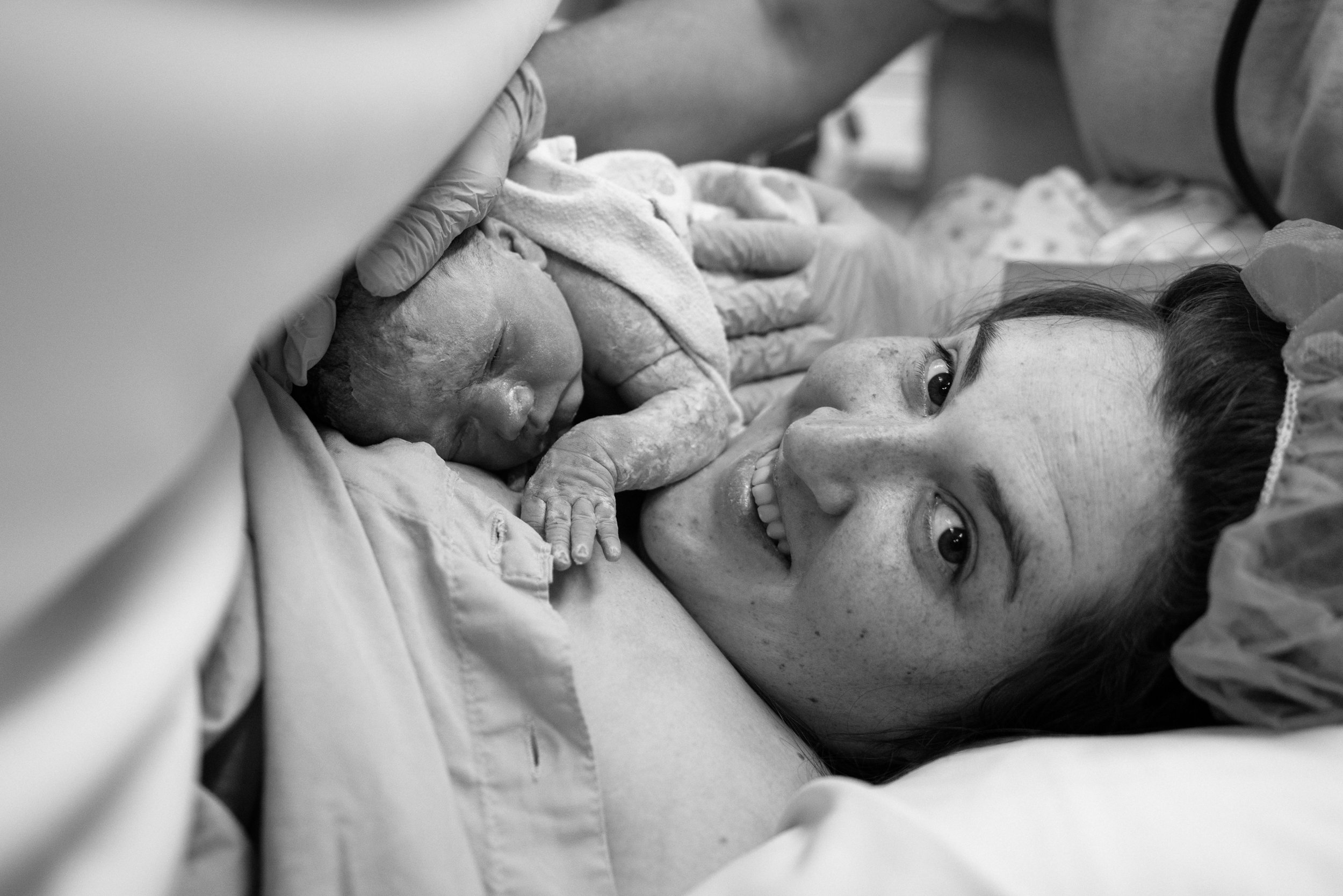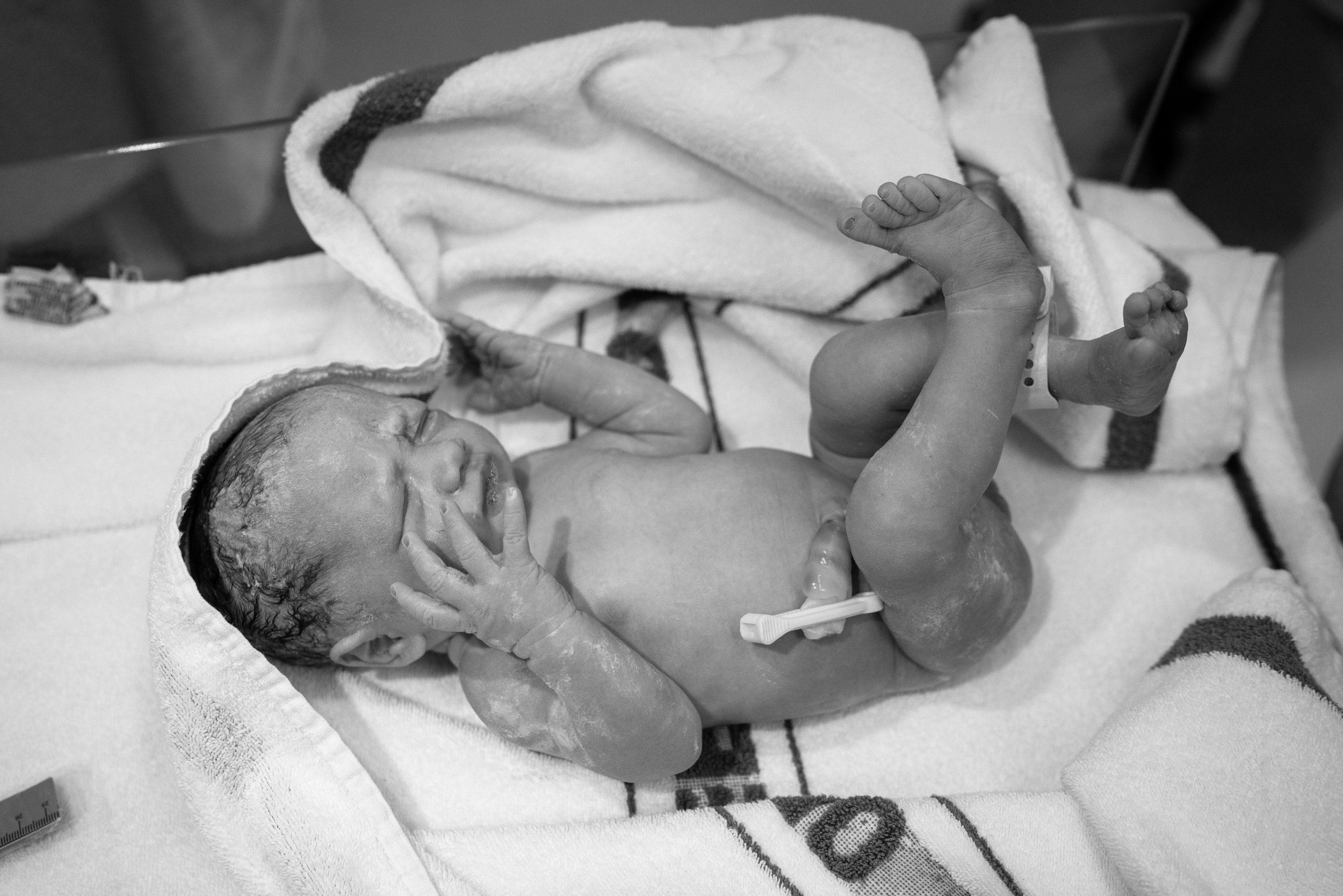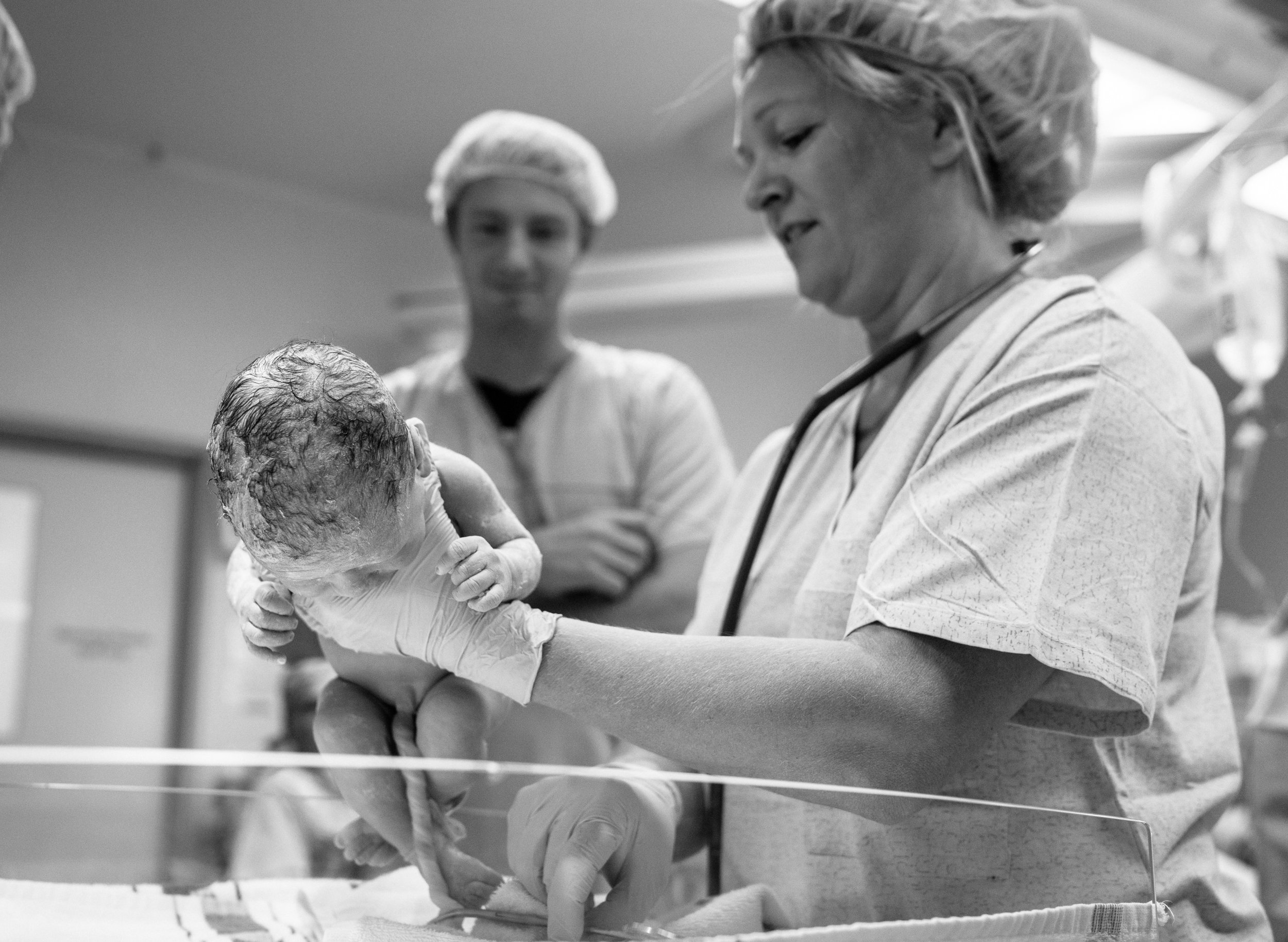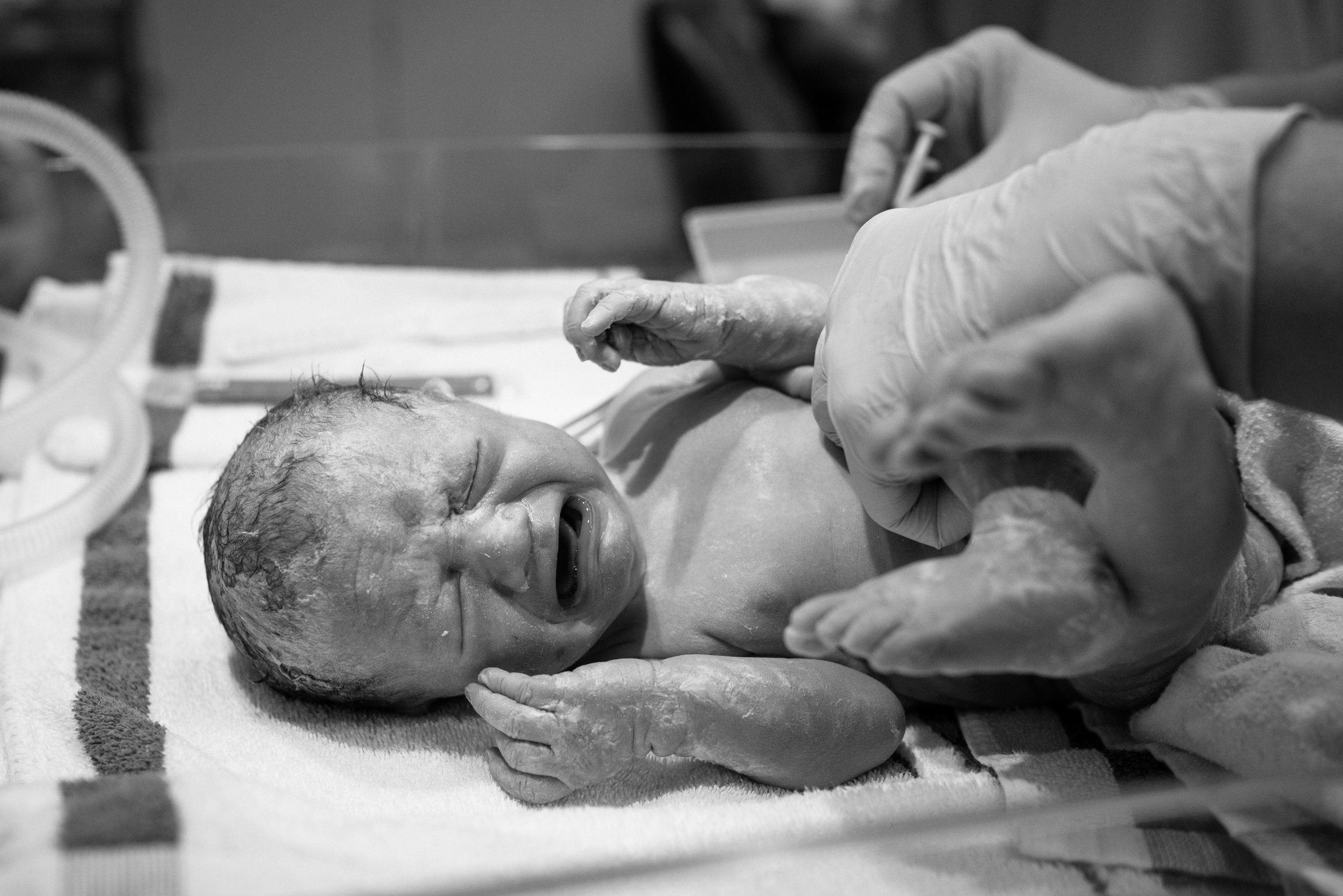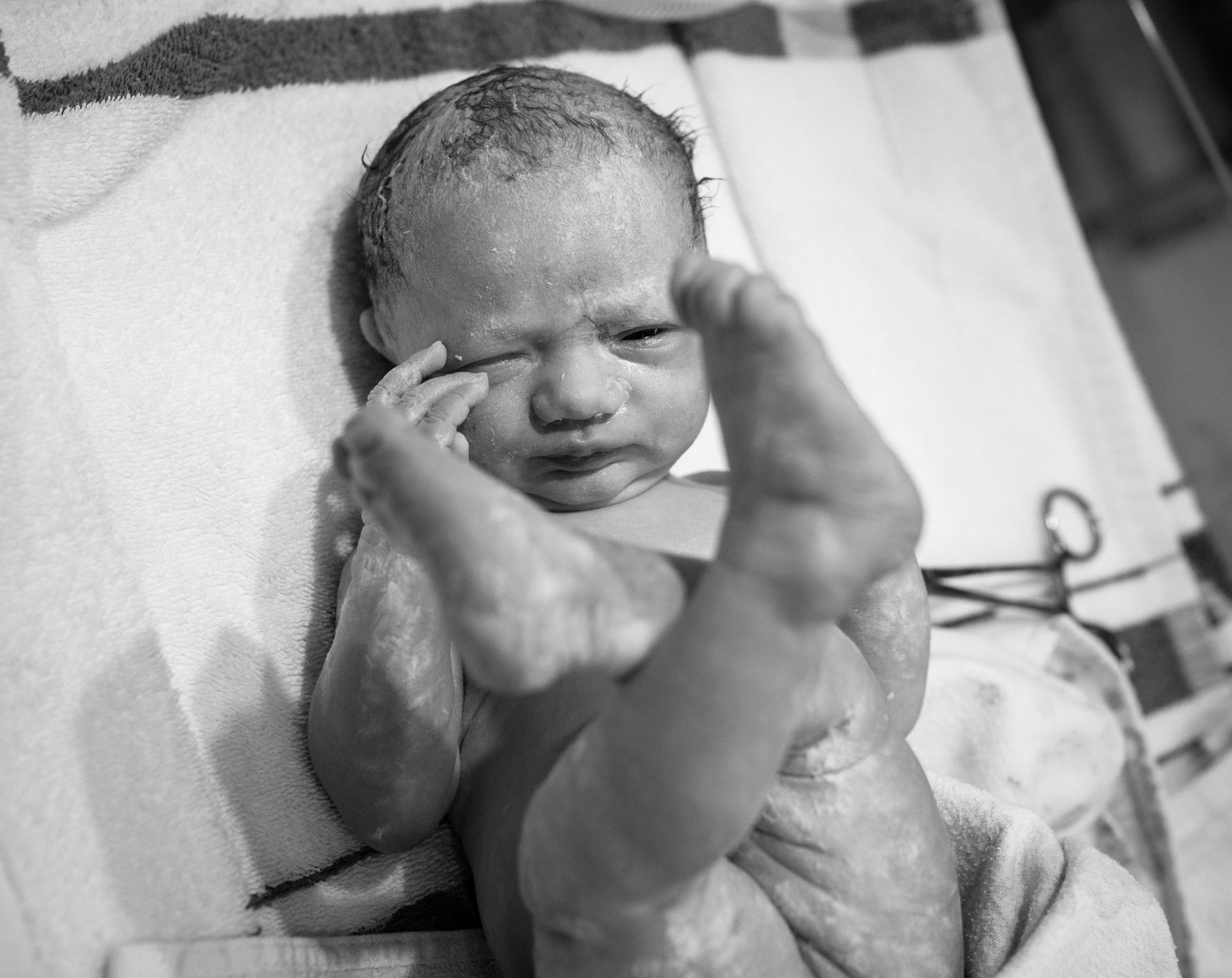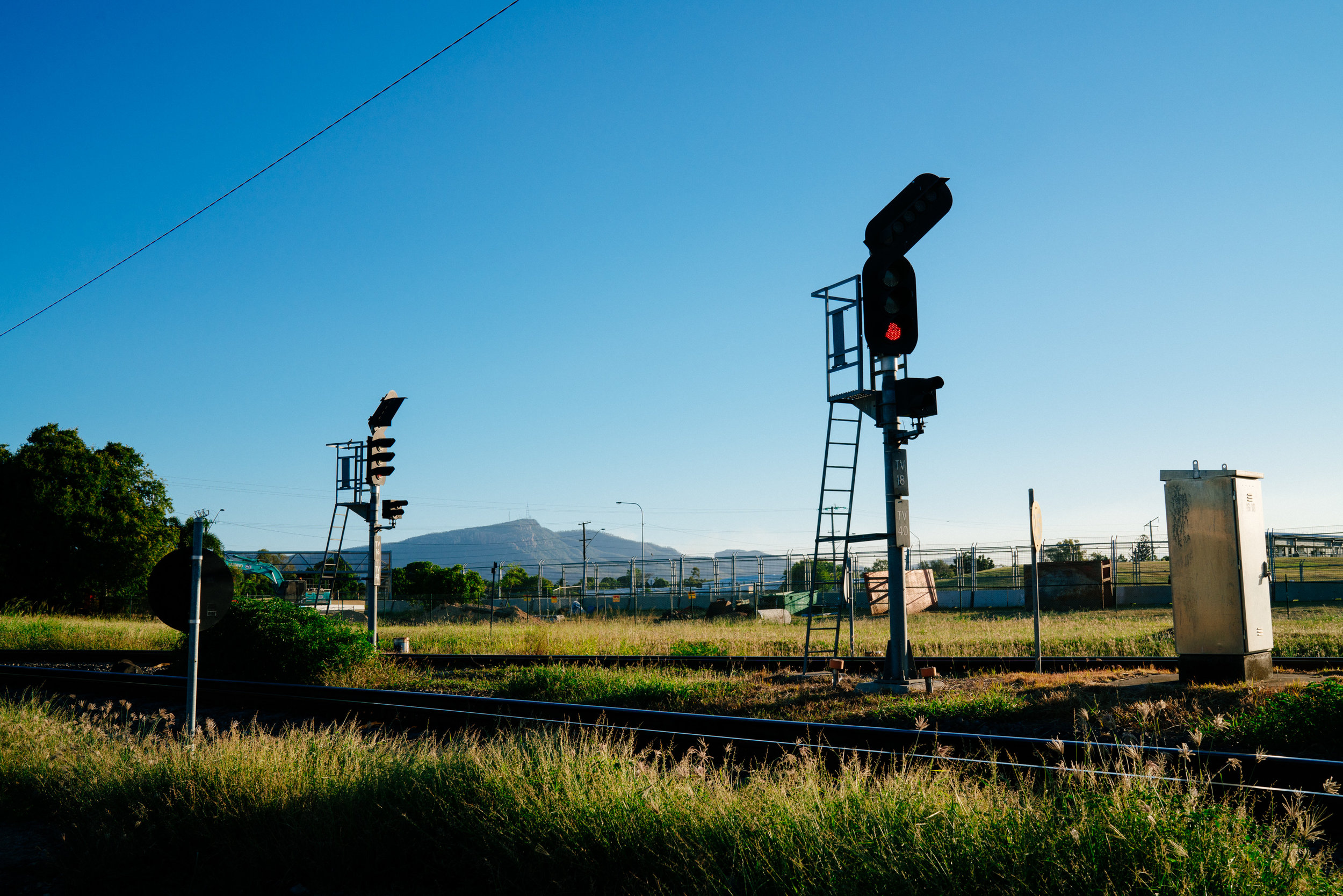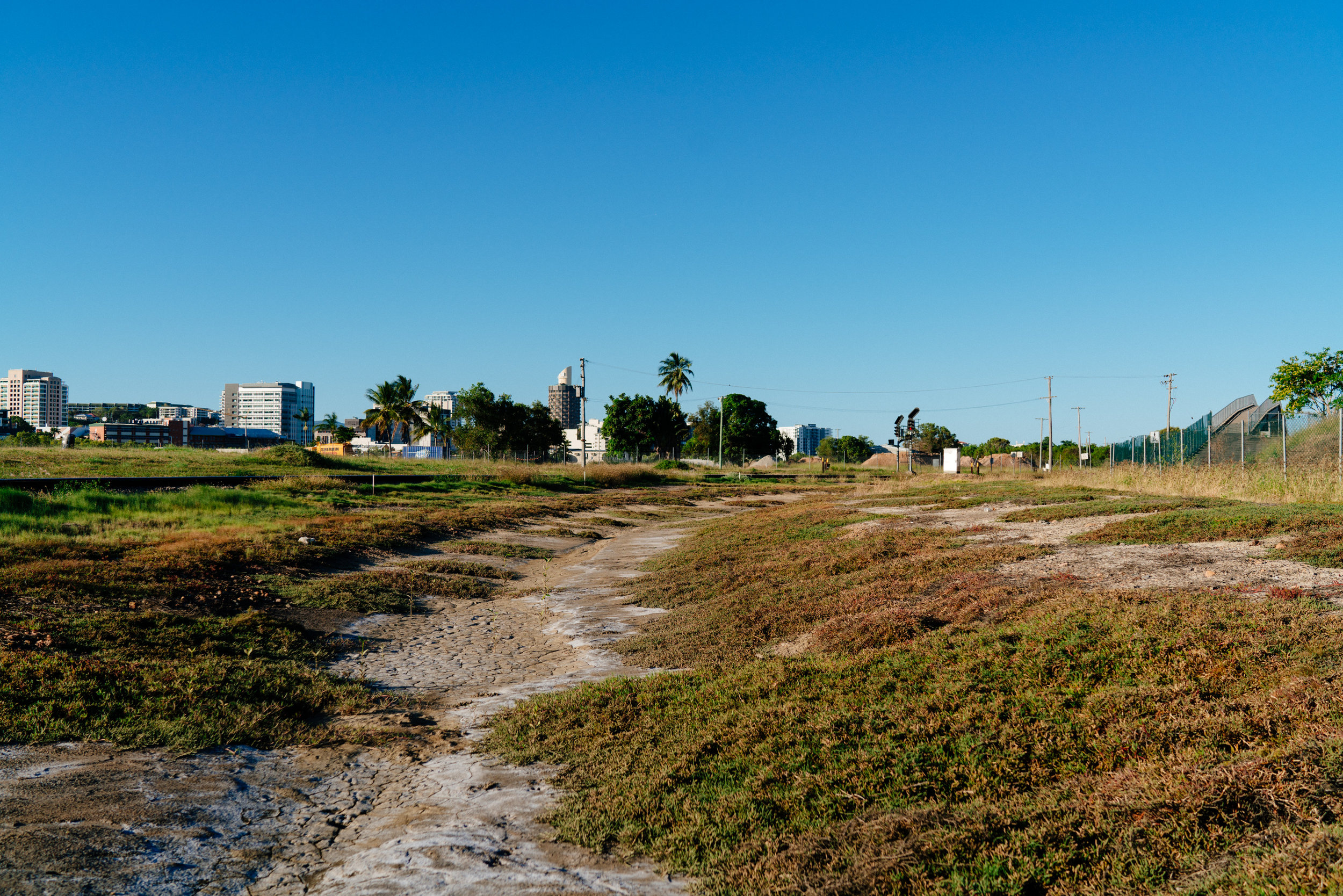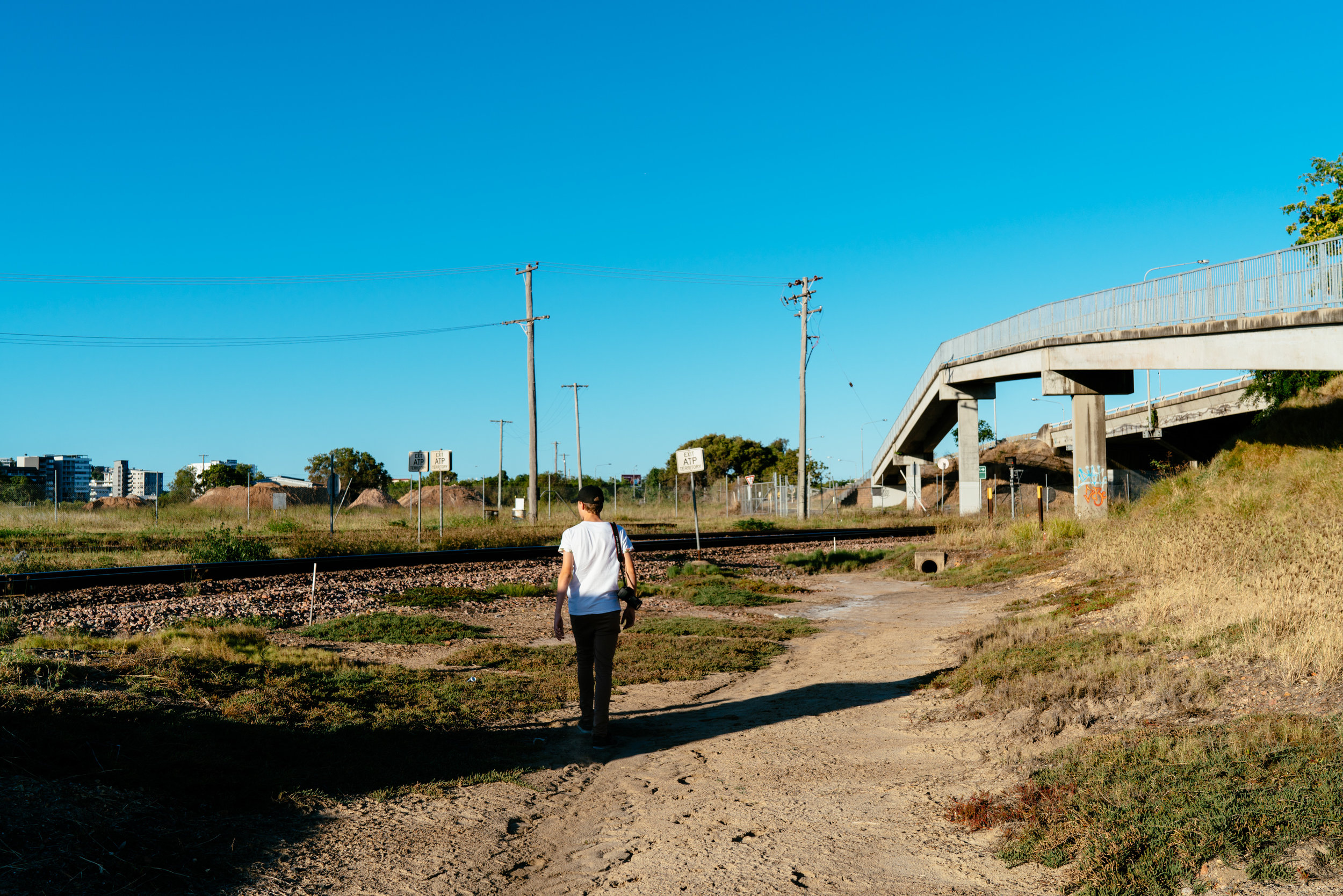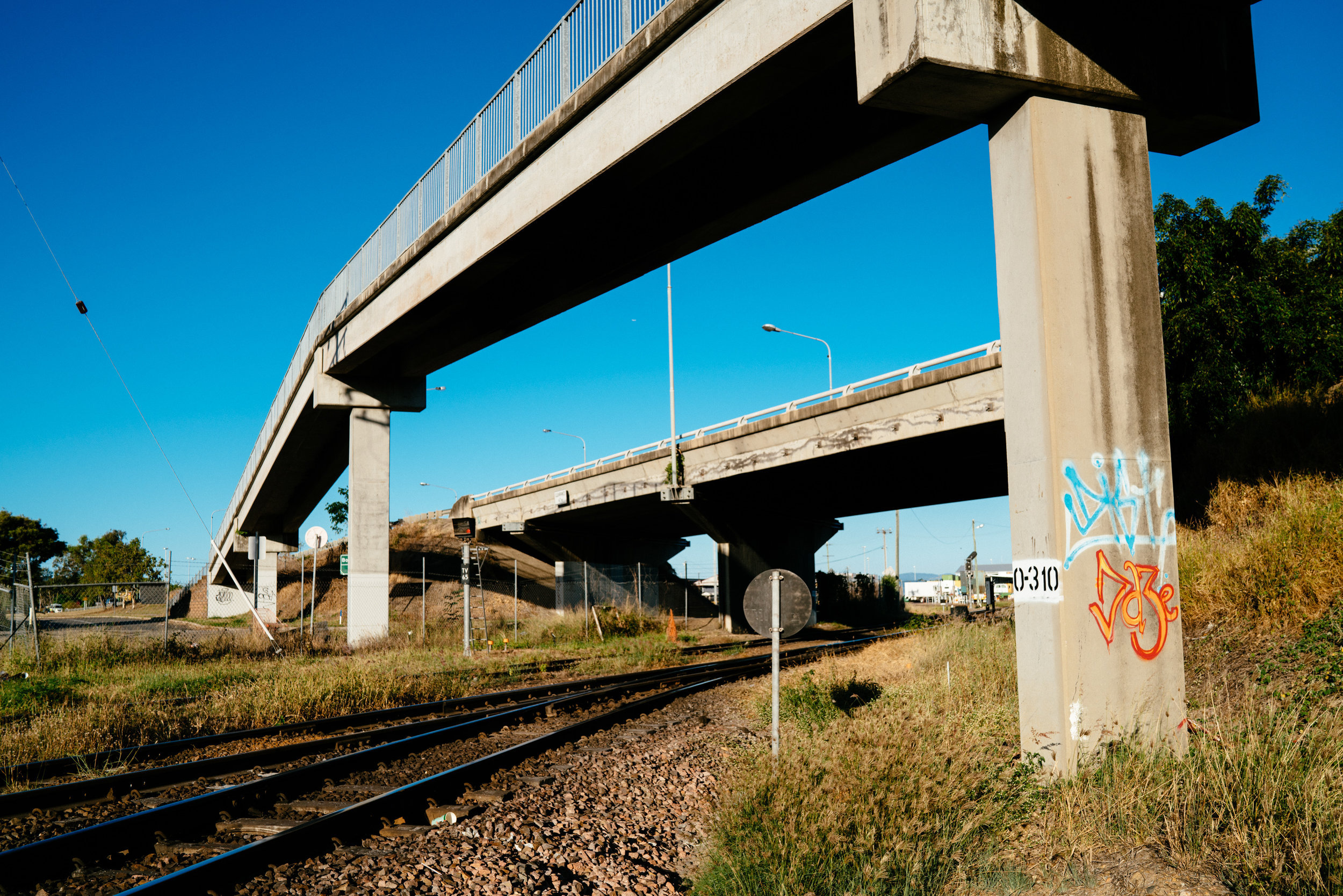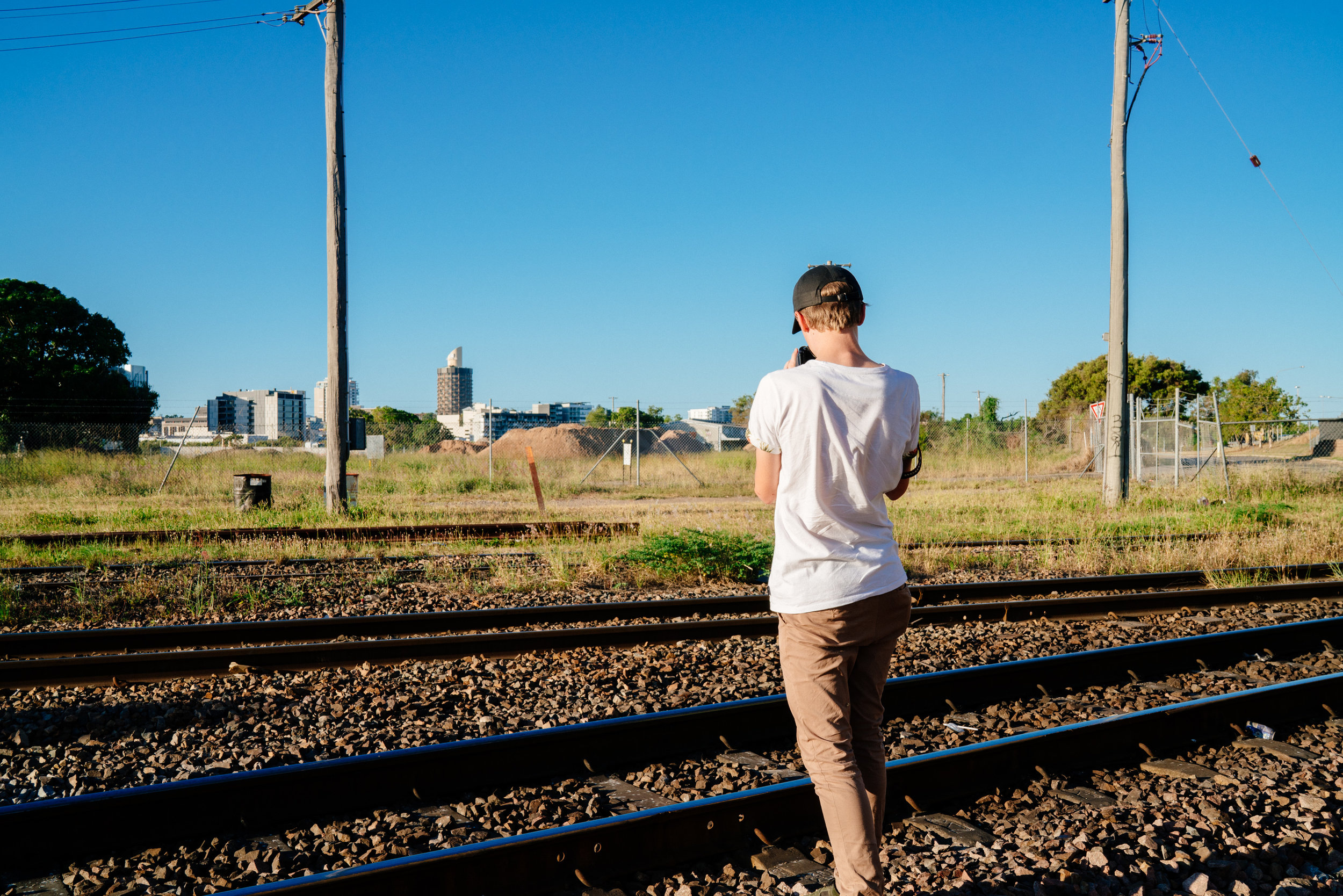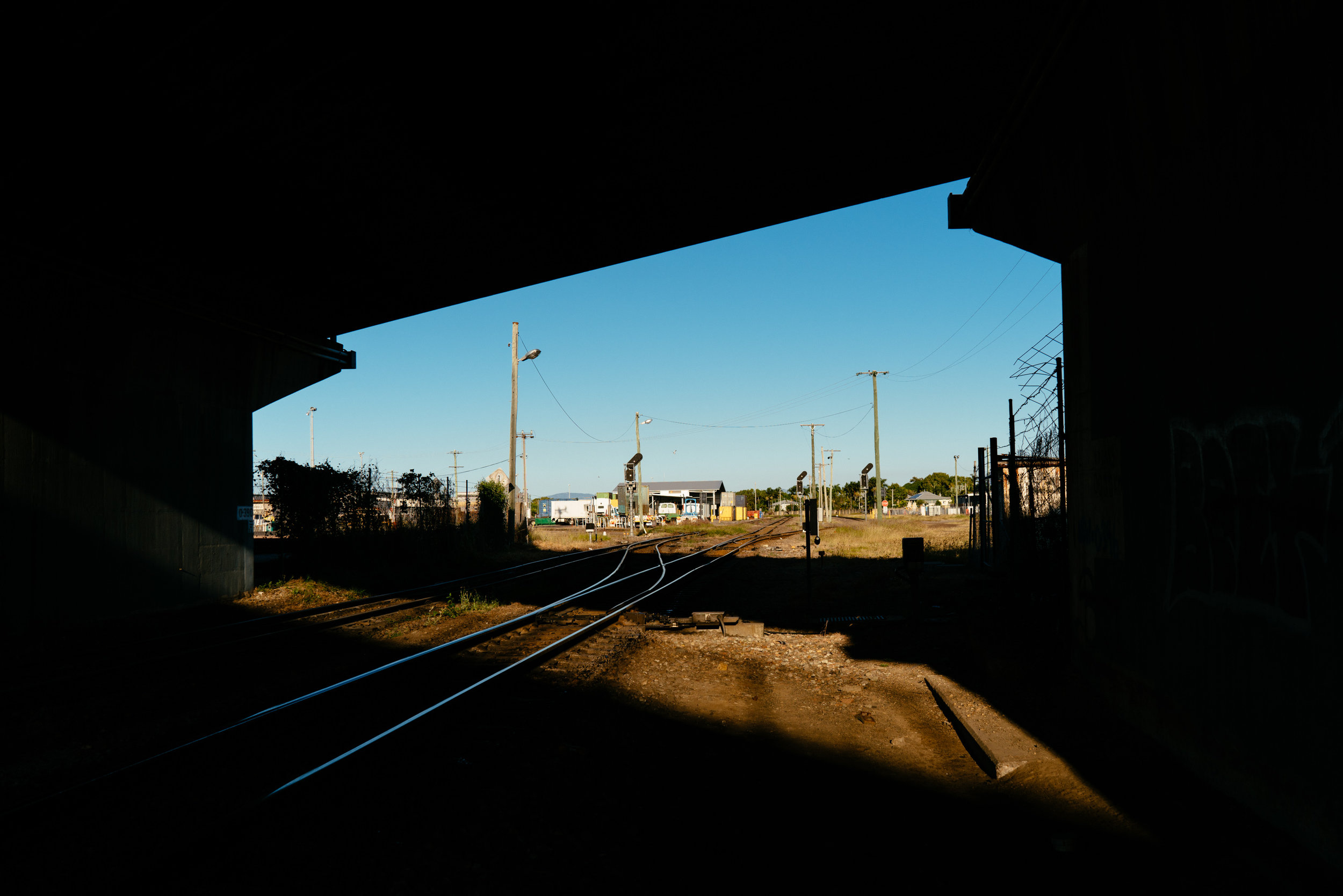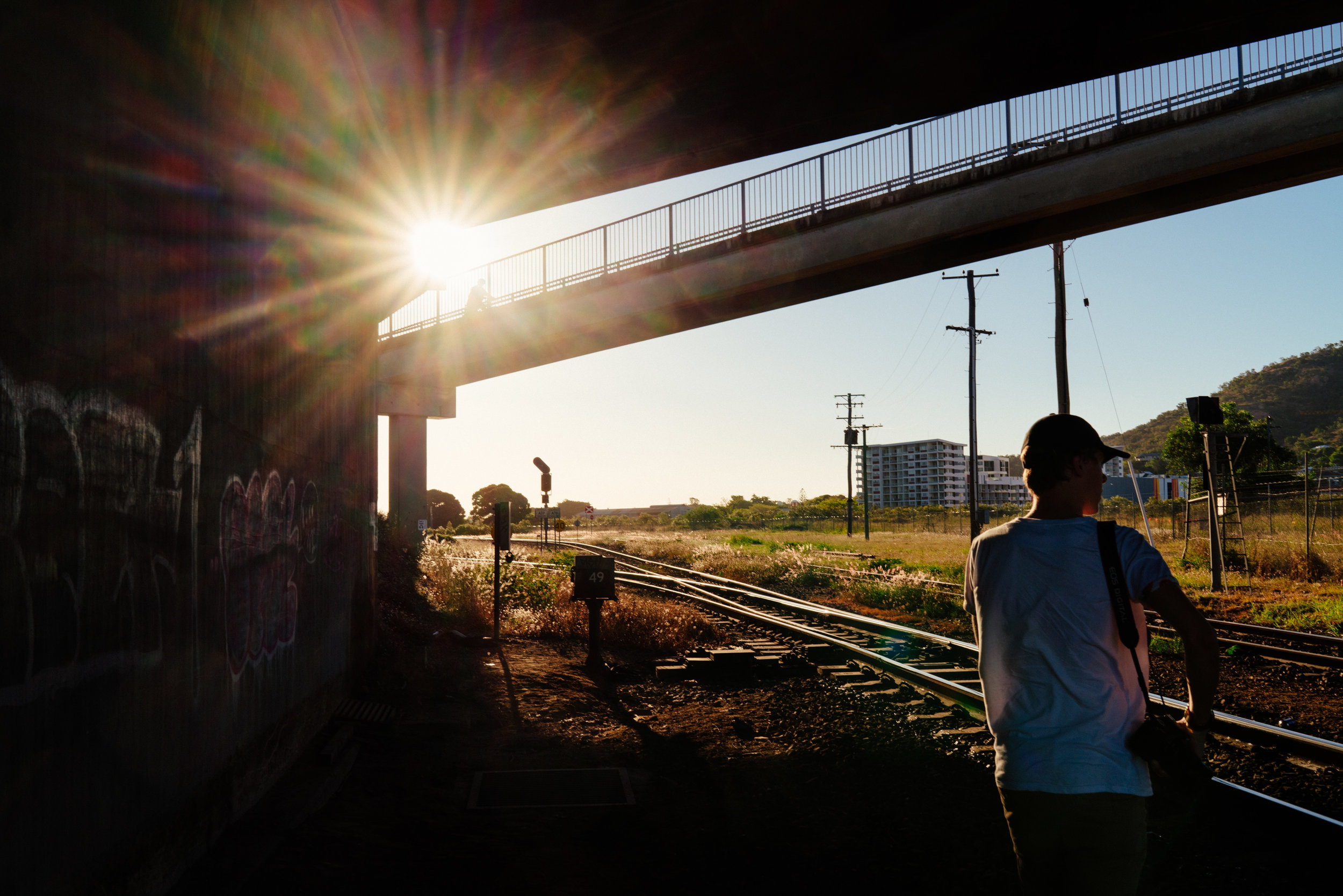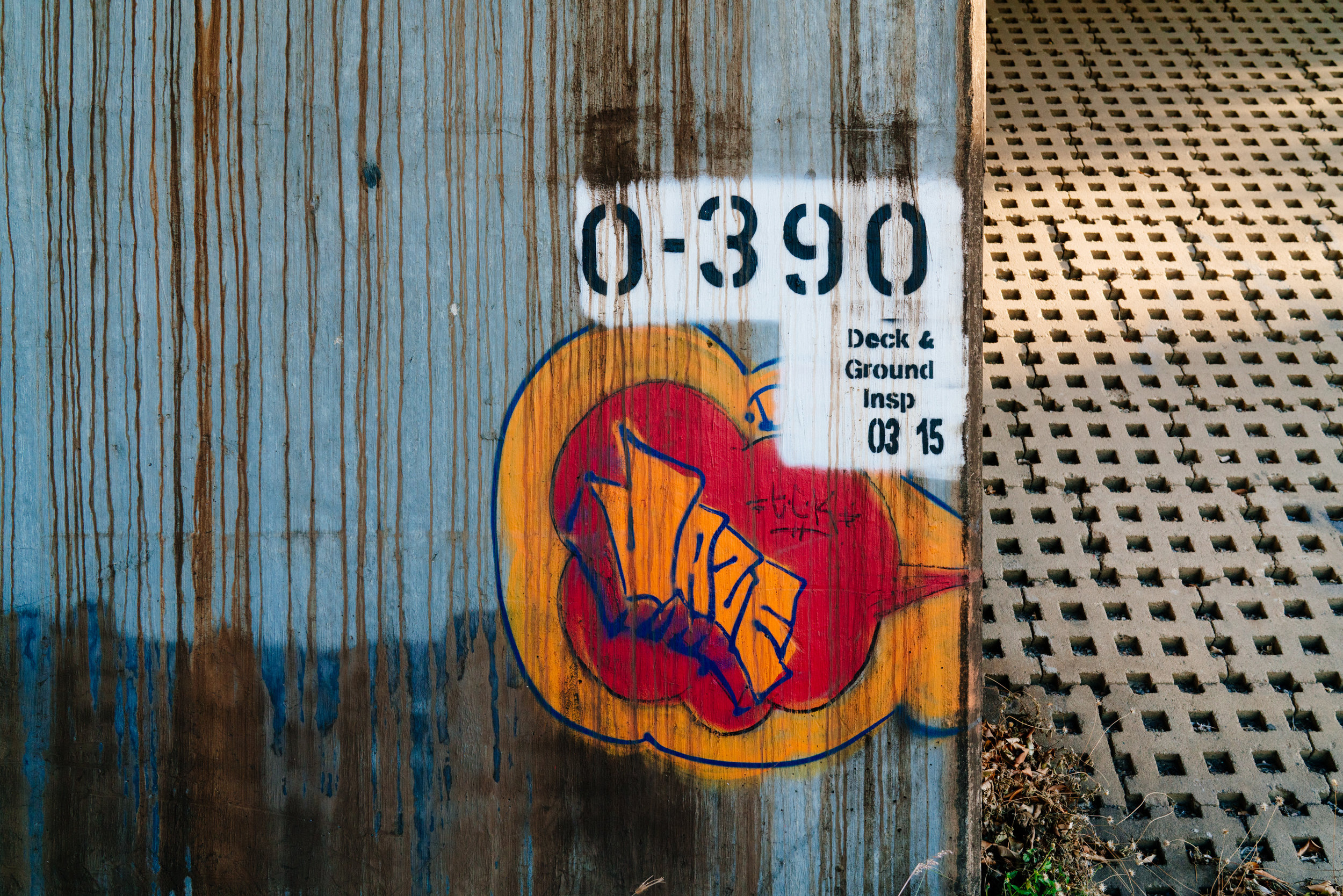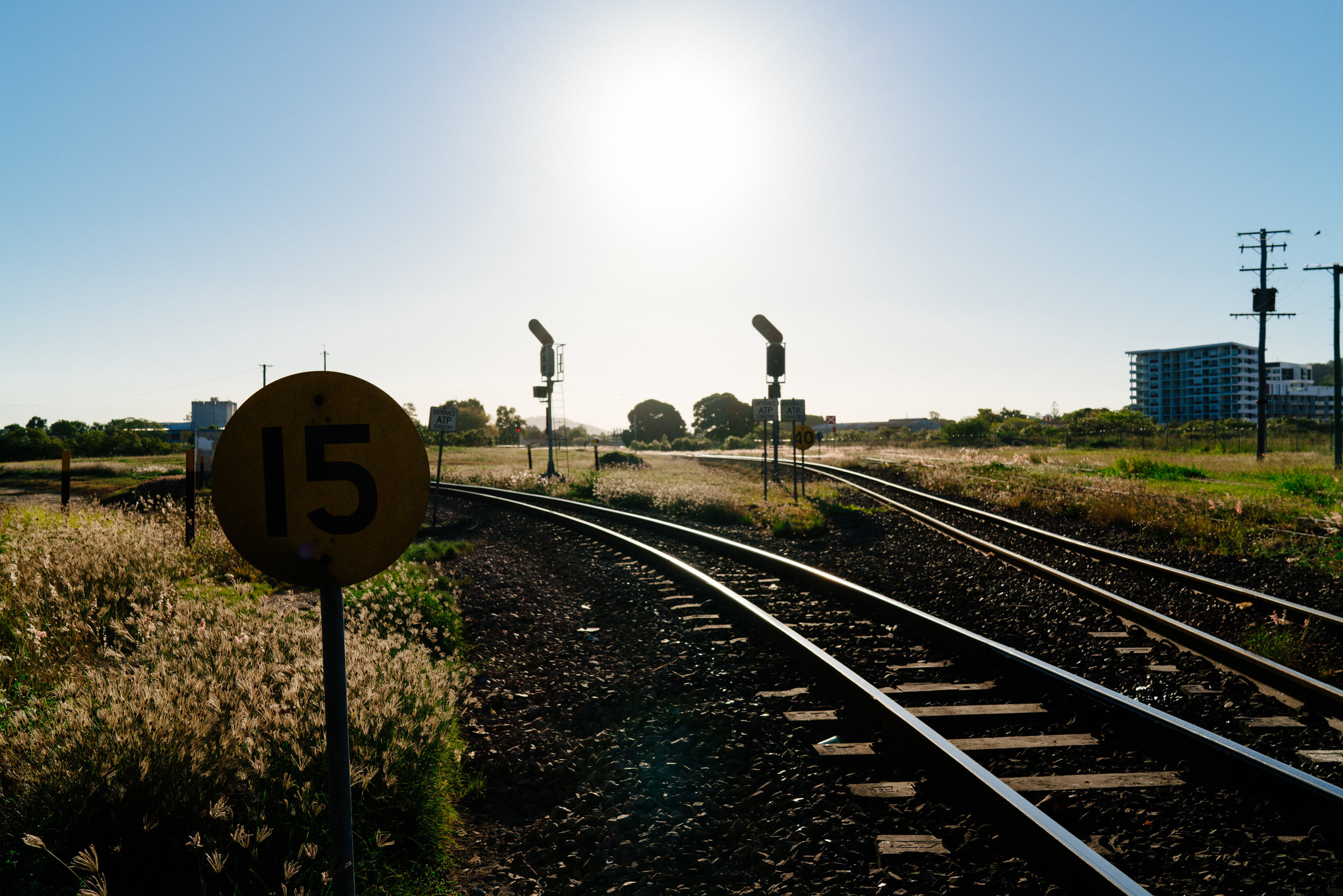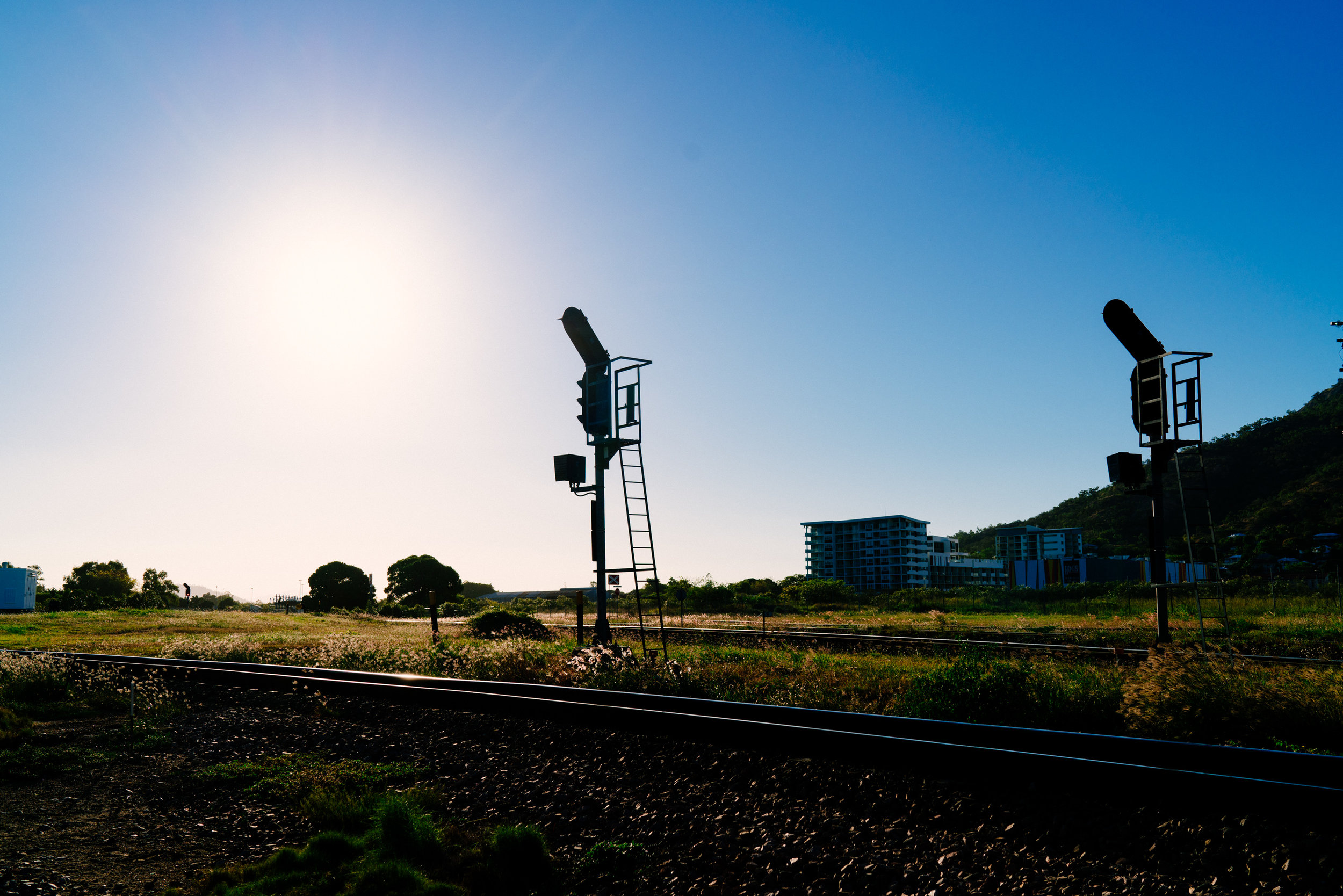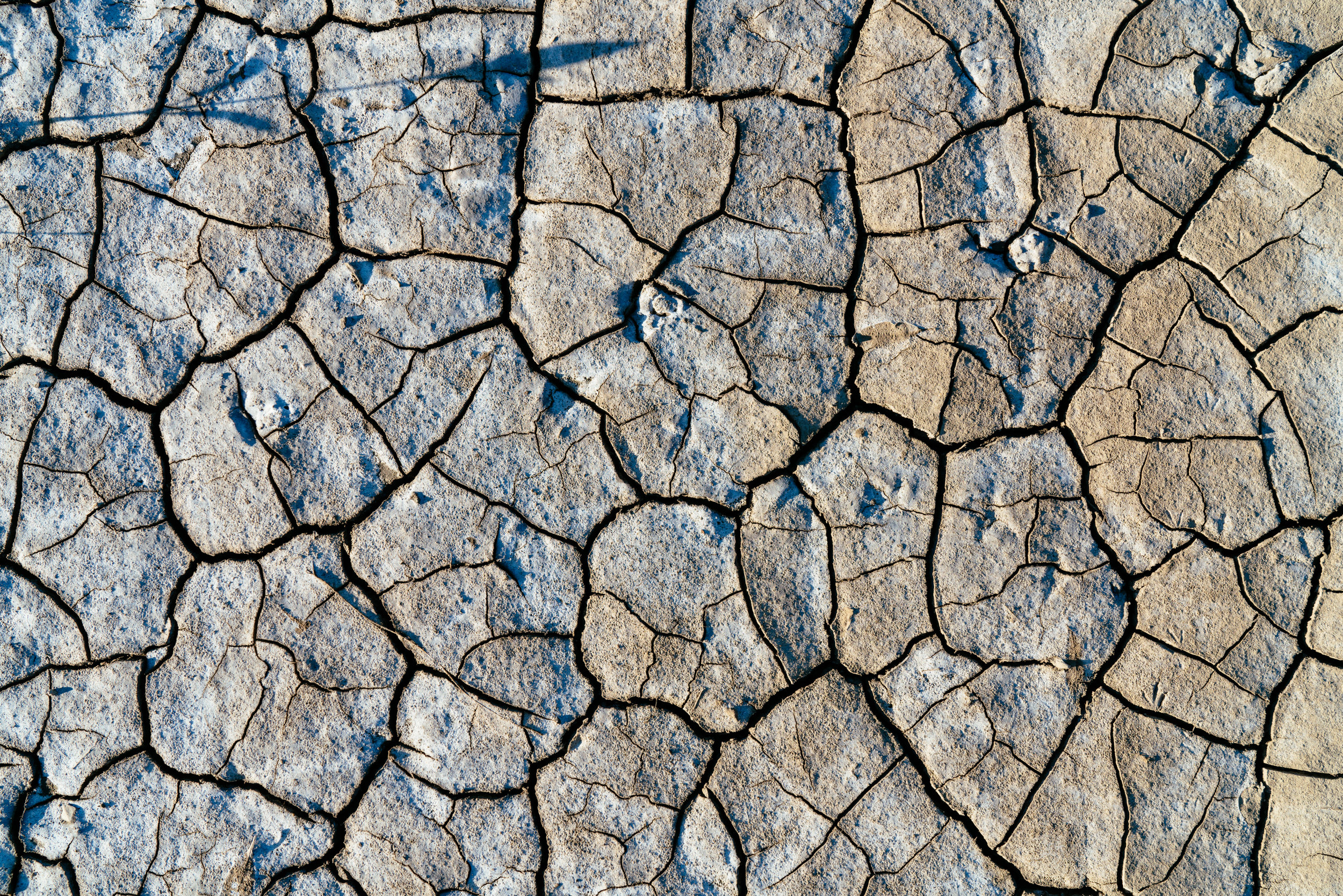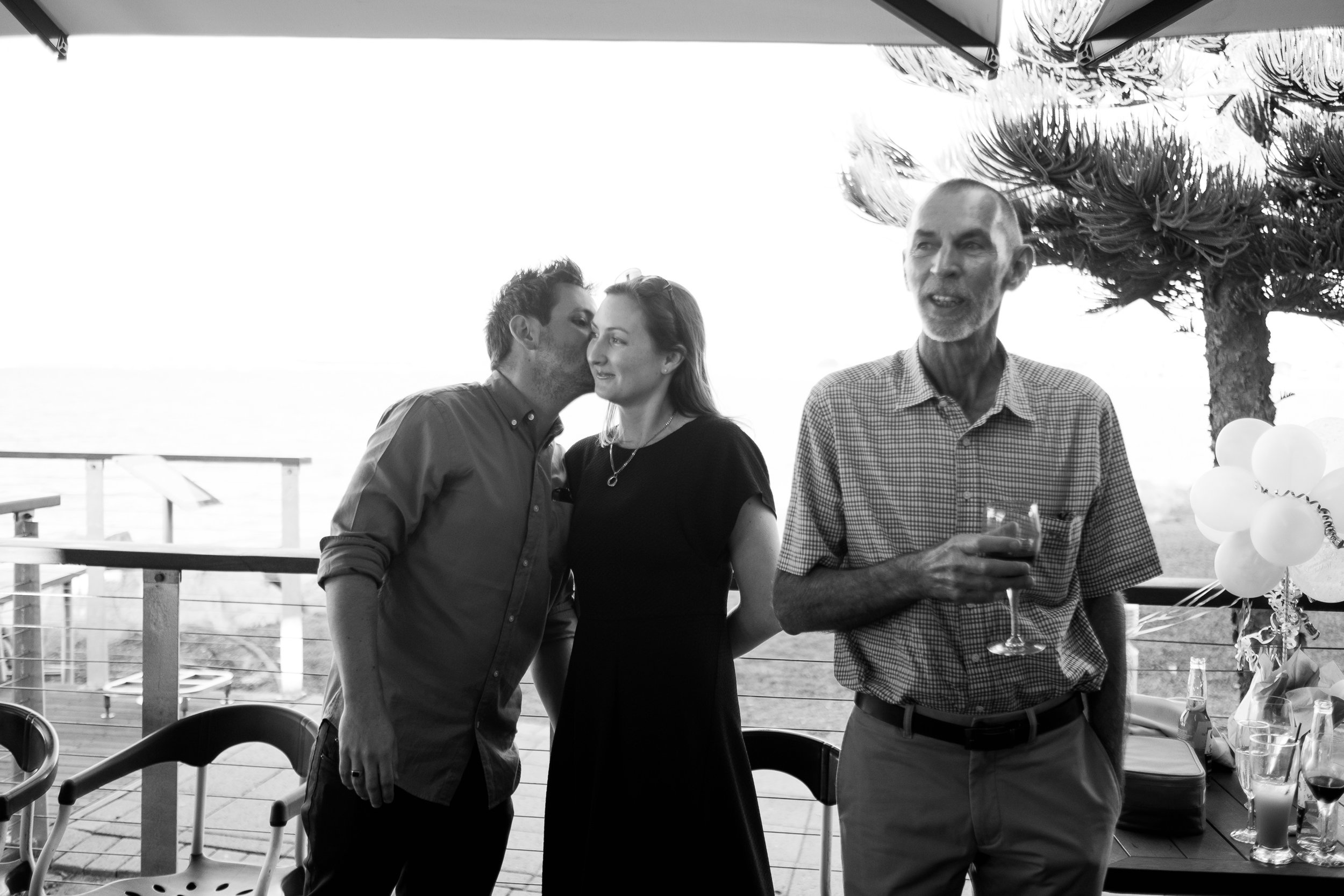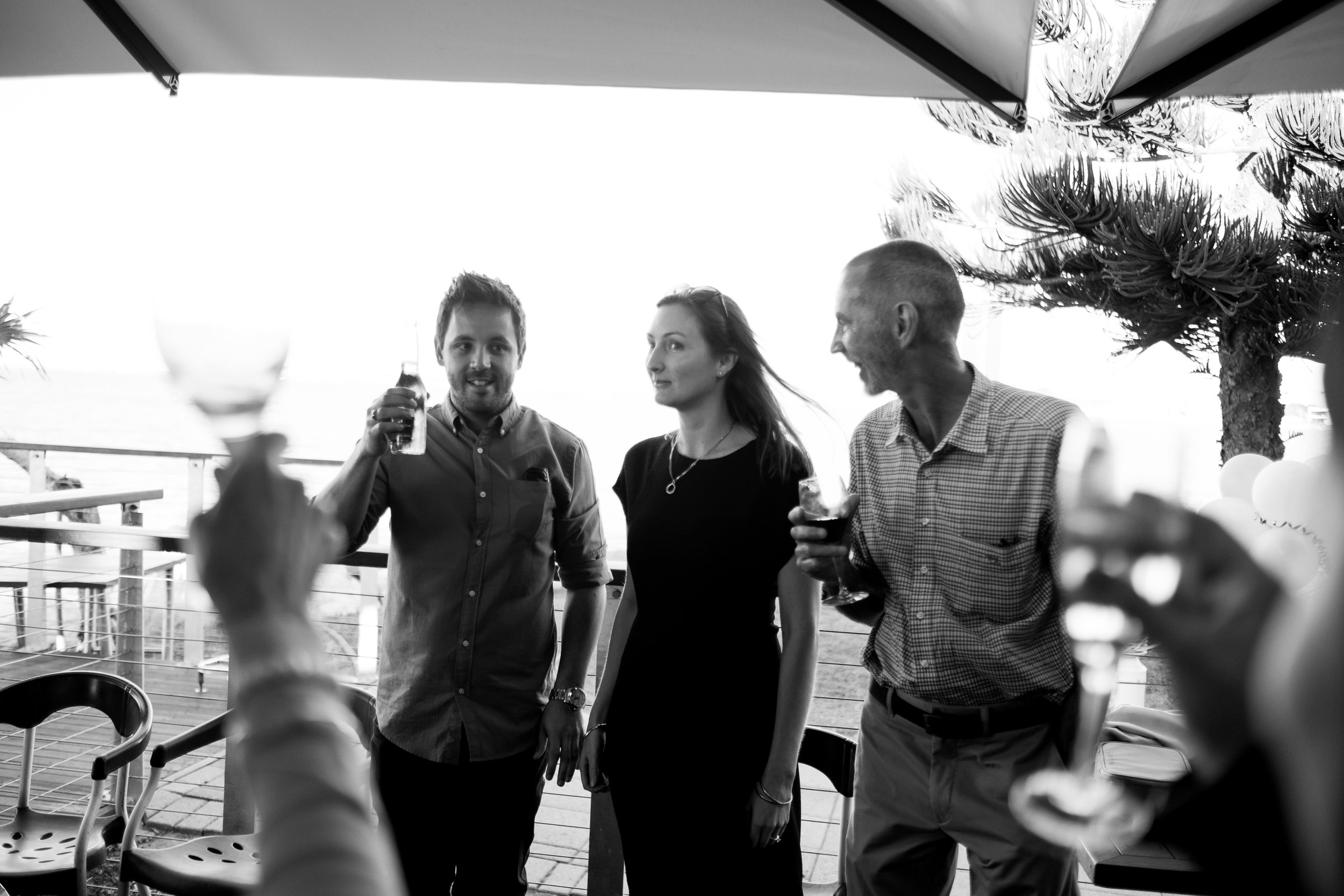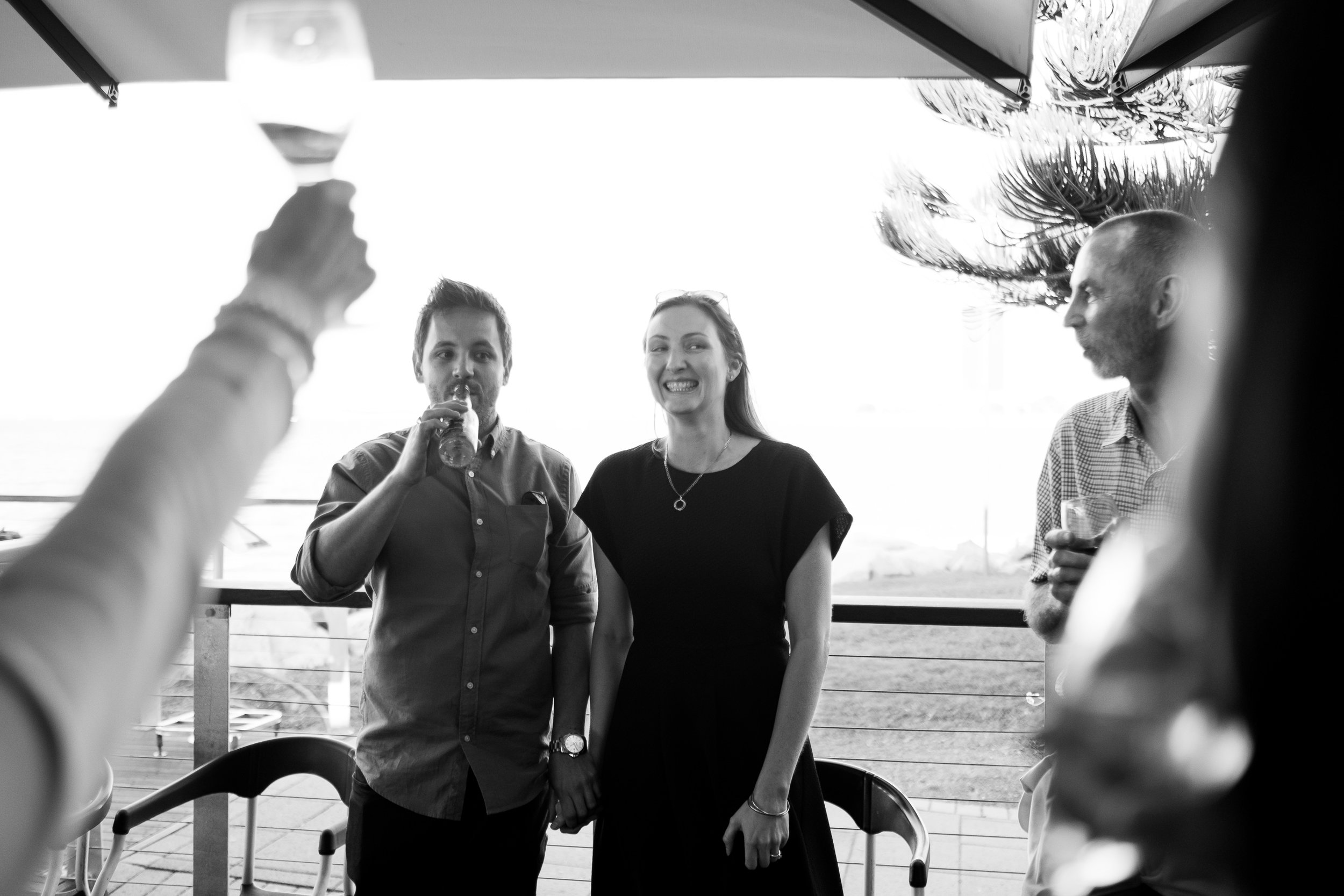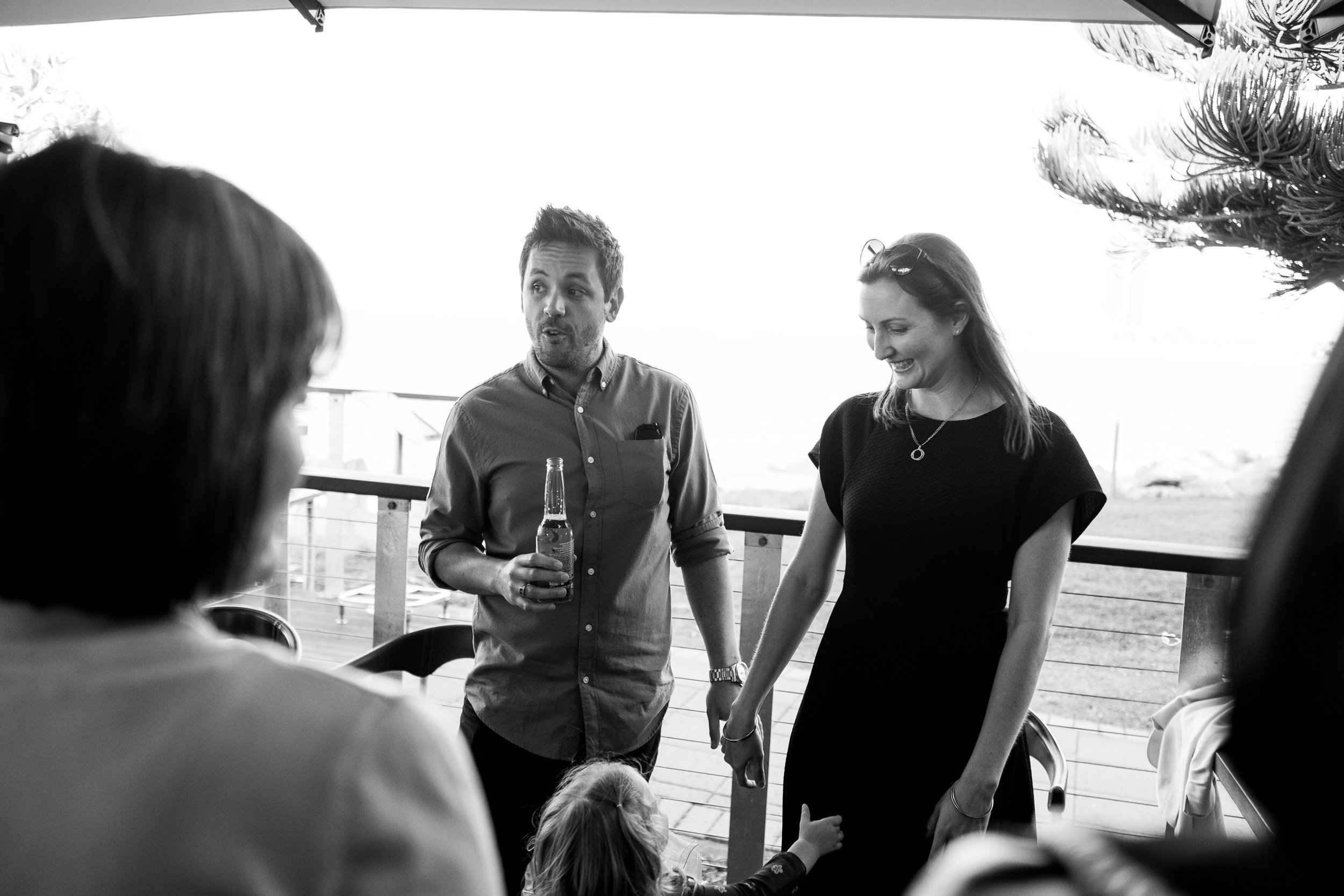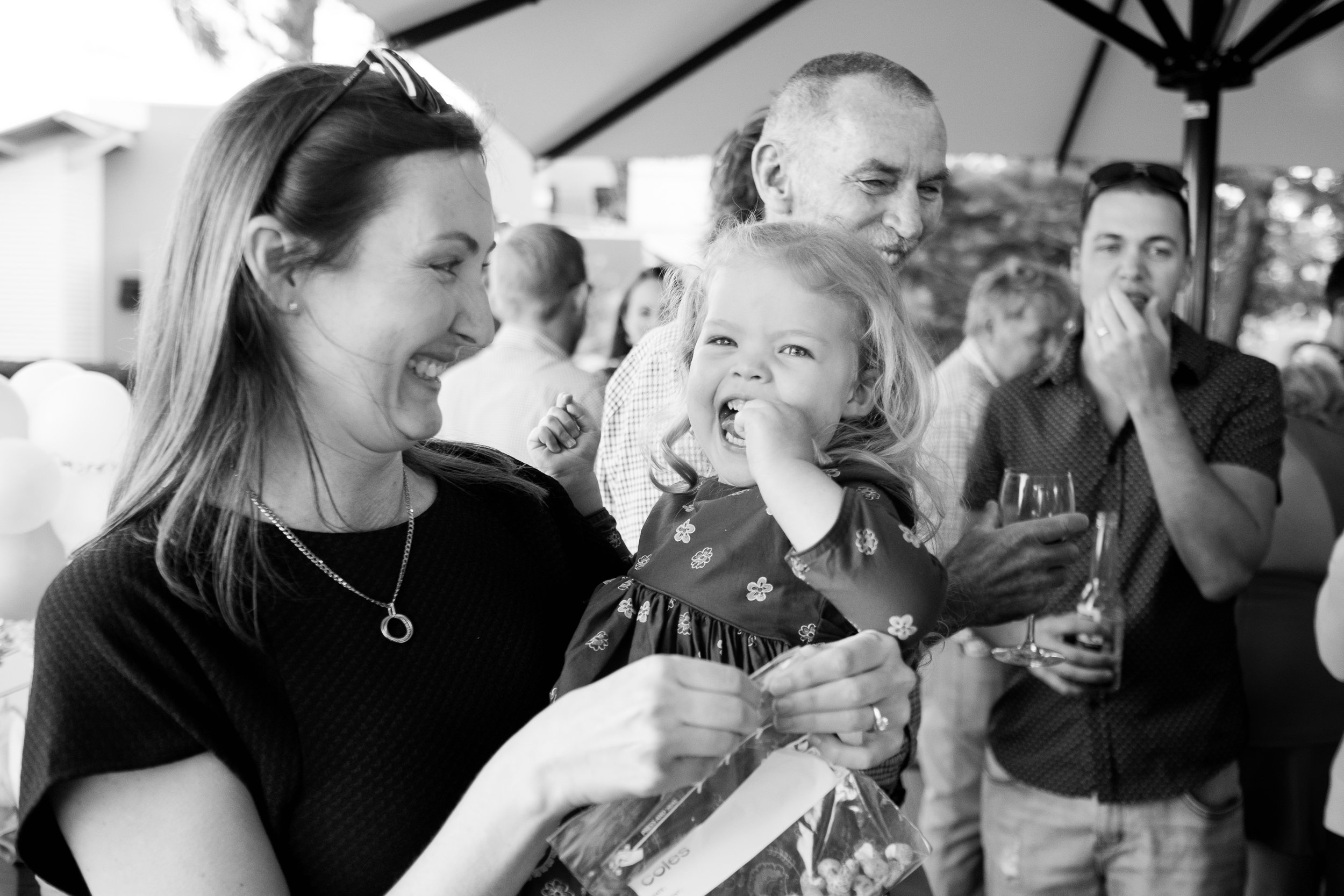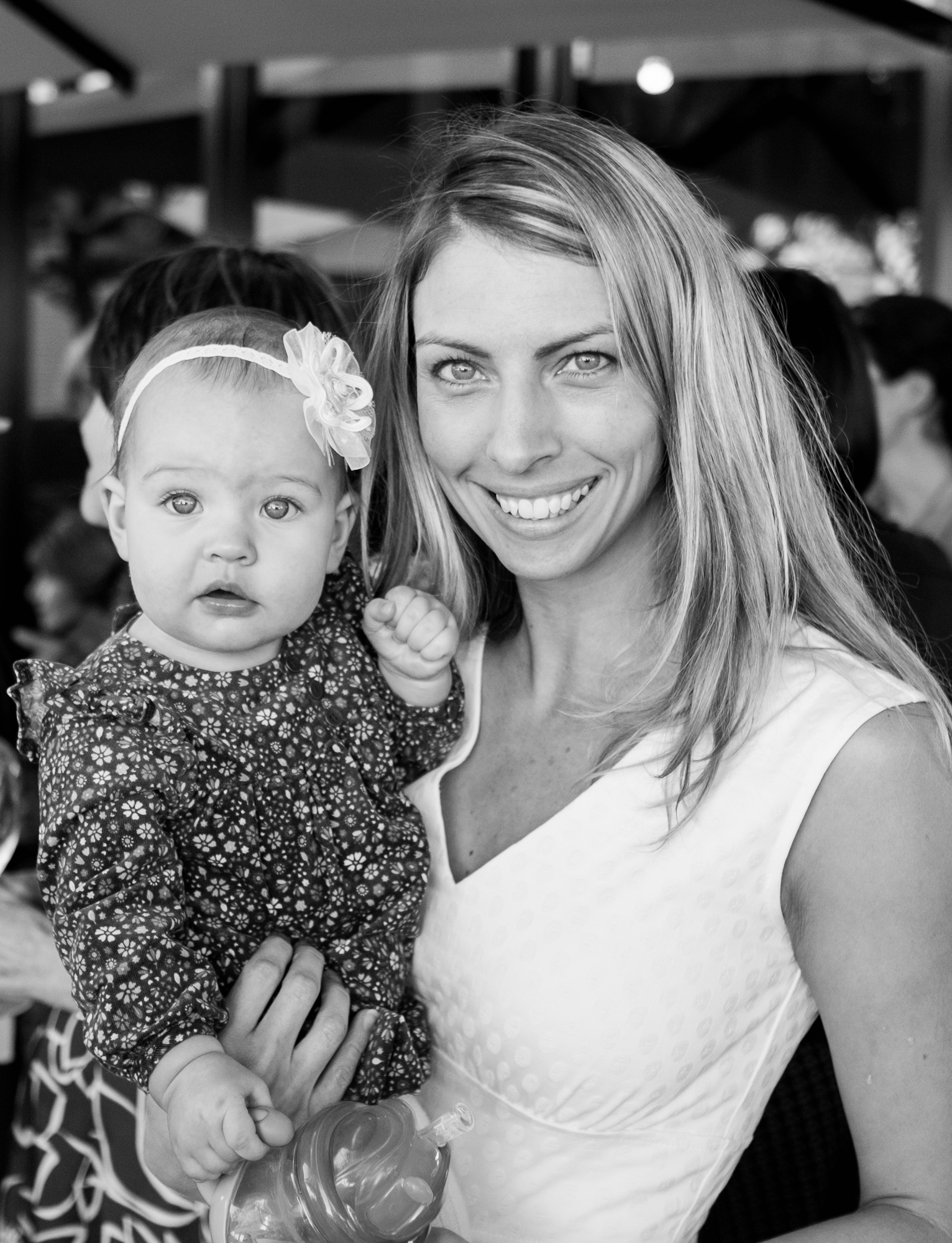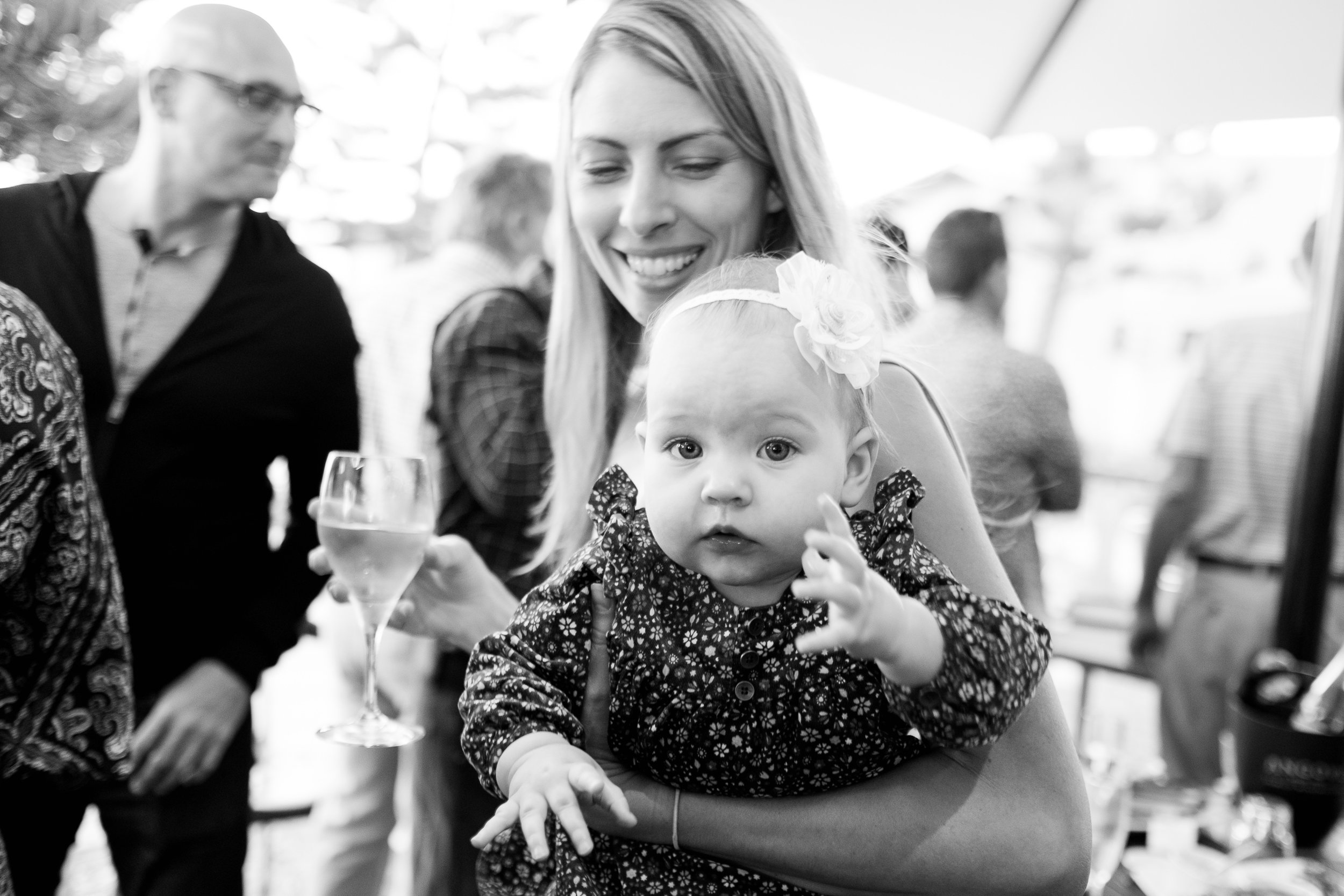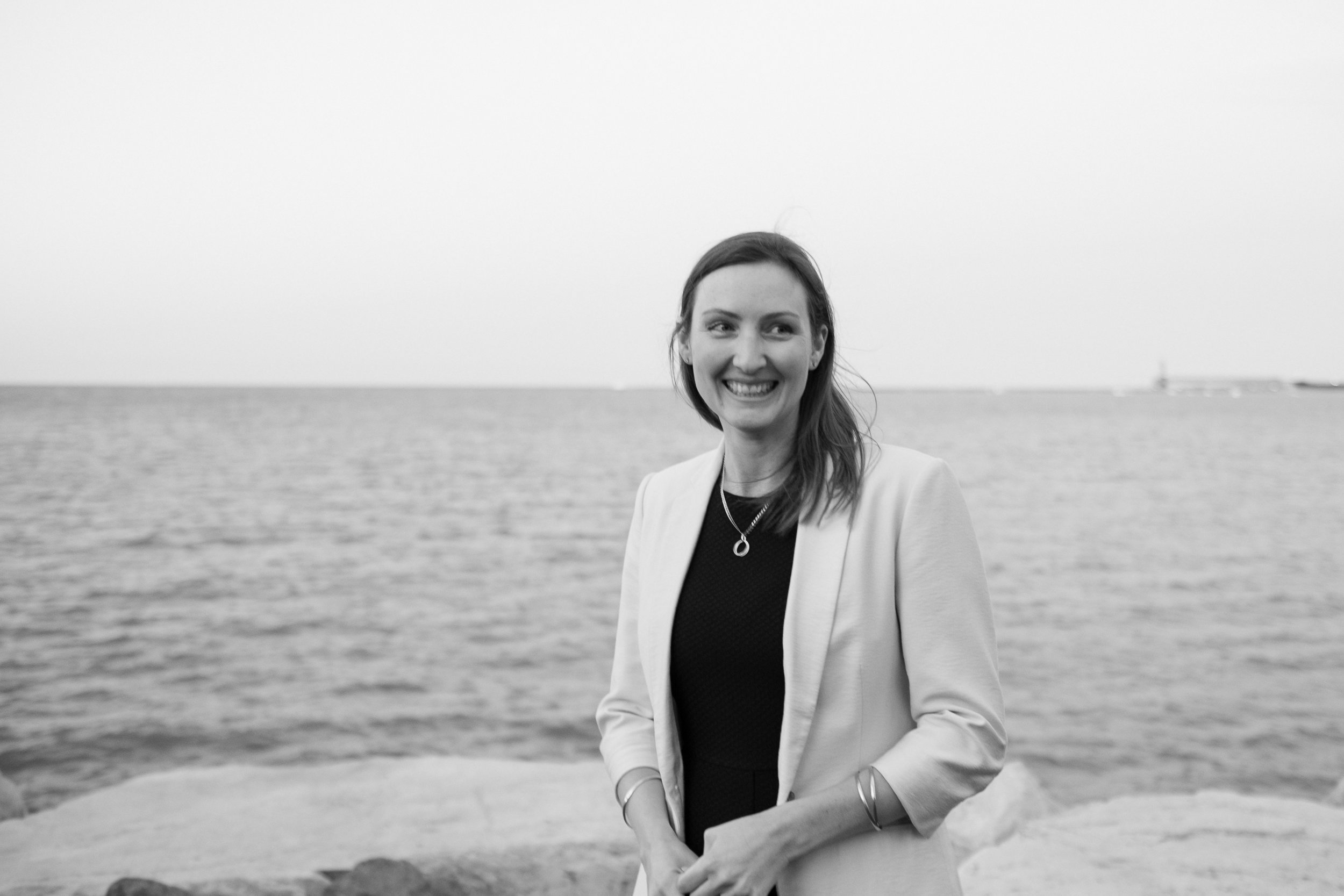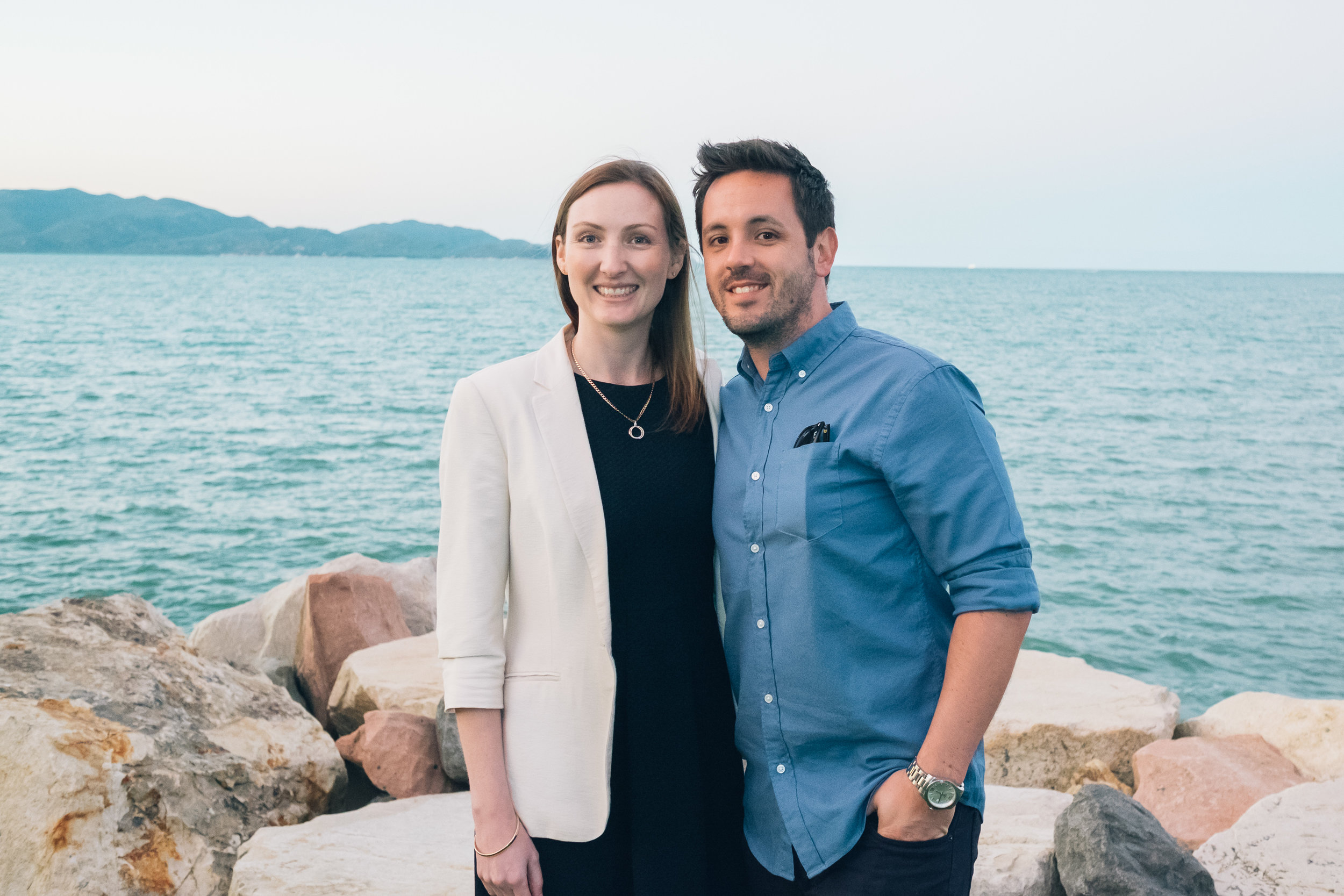Always beautiful. Sailing with Pilgrim.
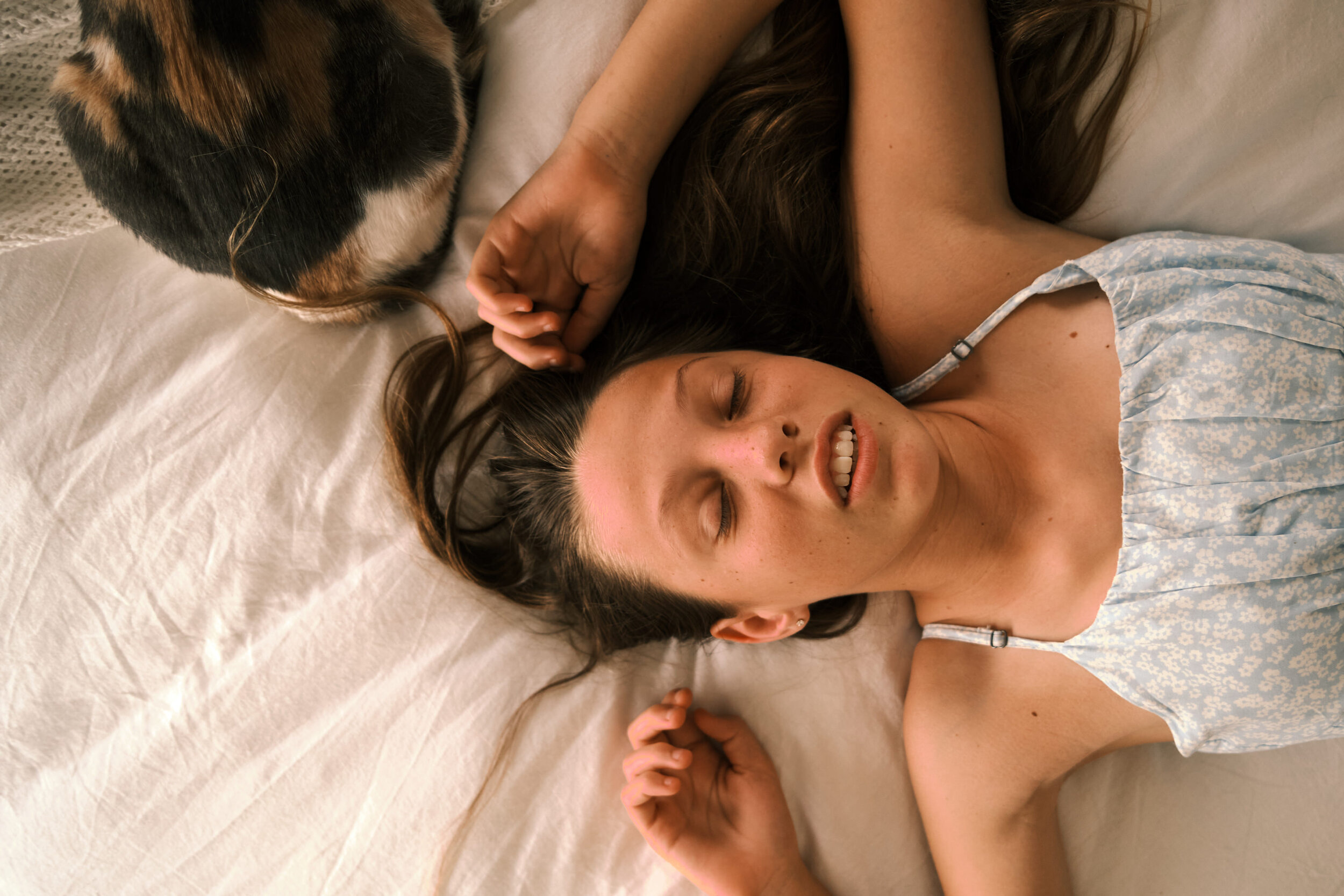
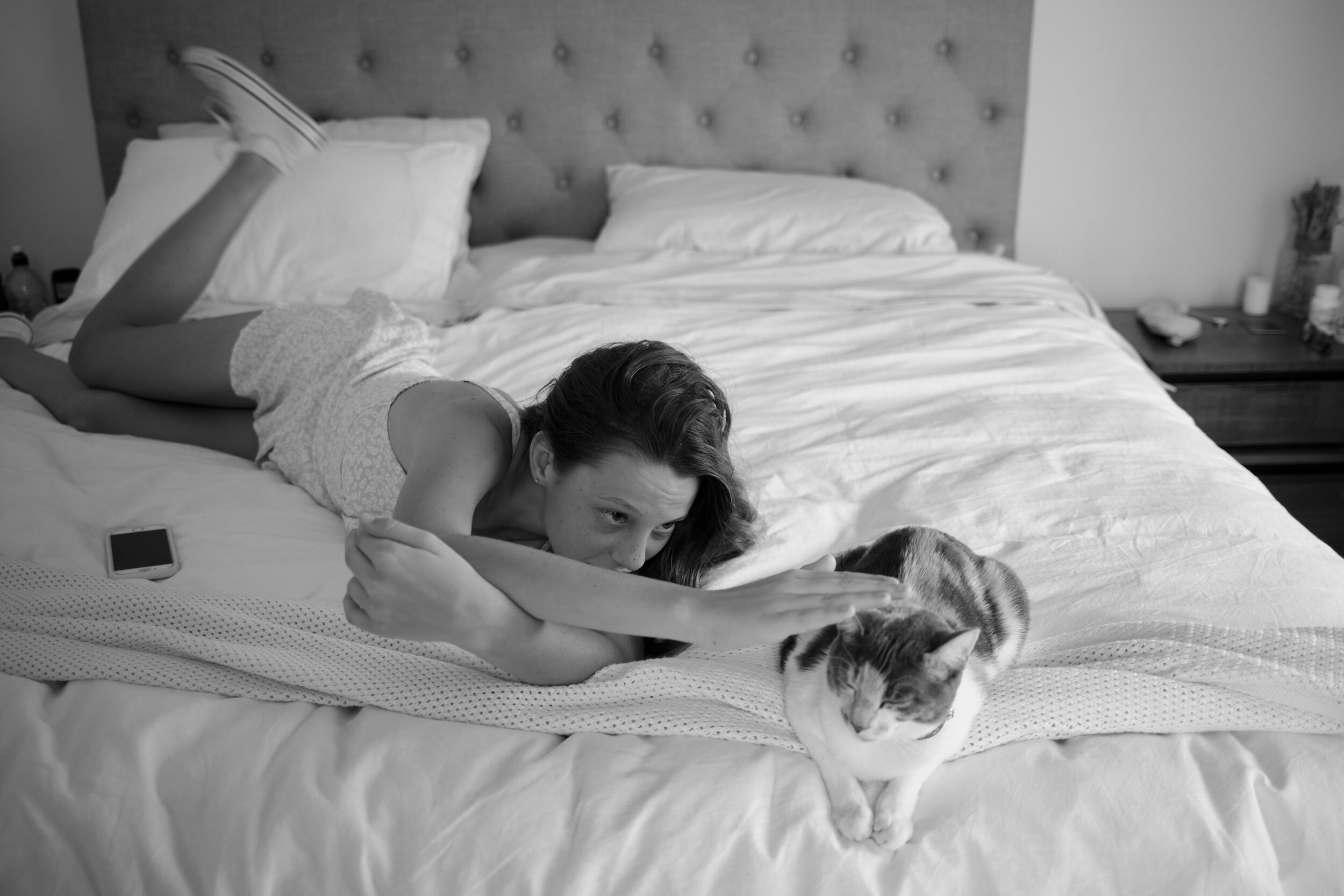
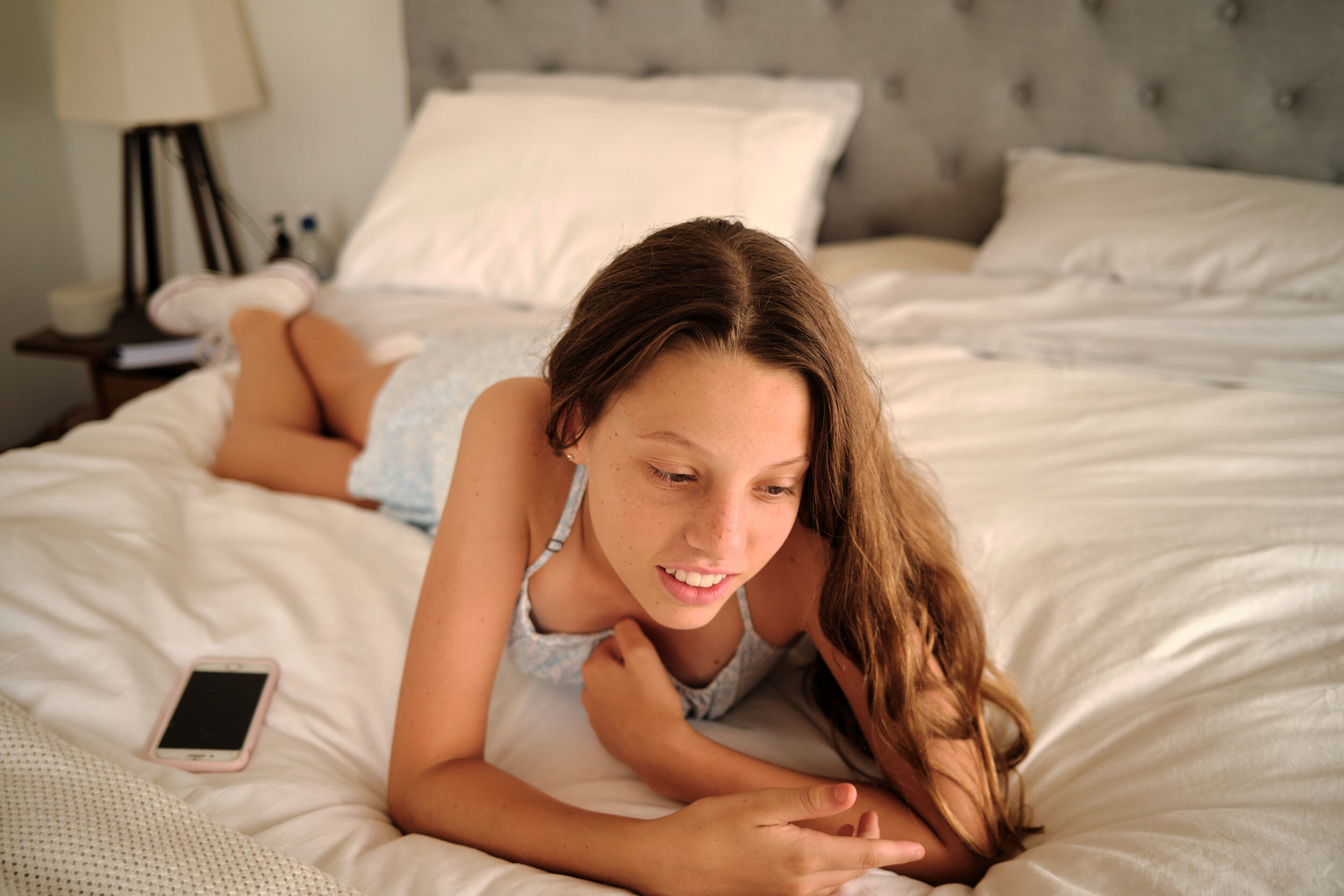

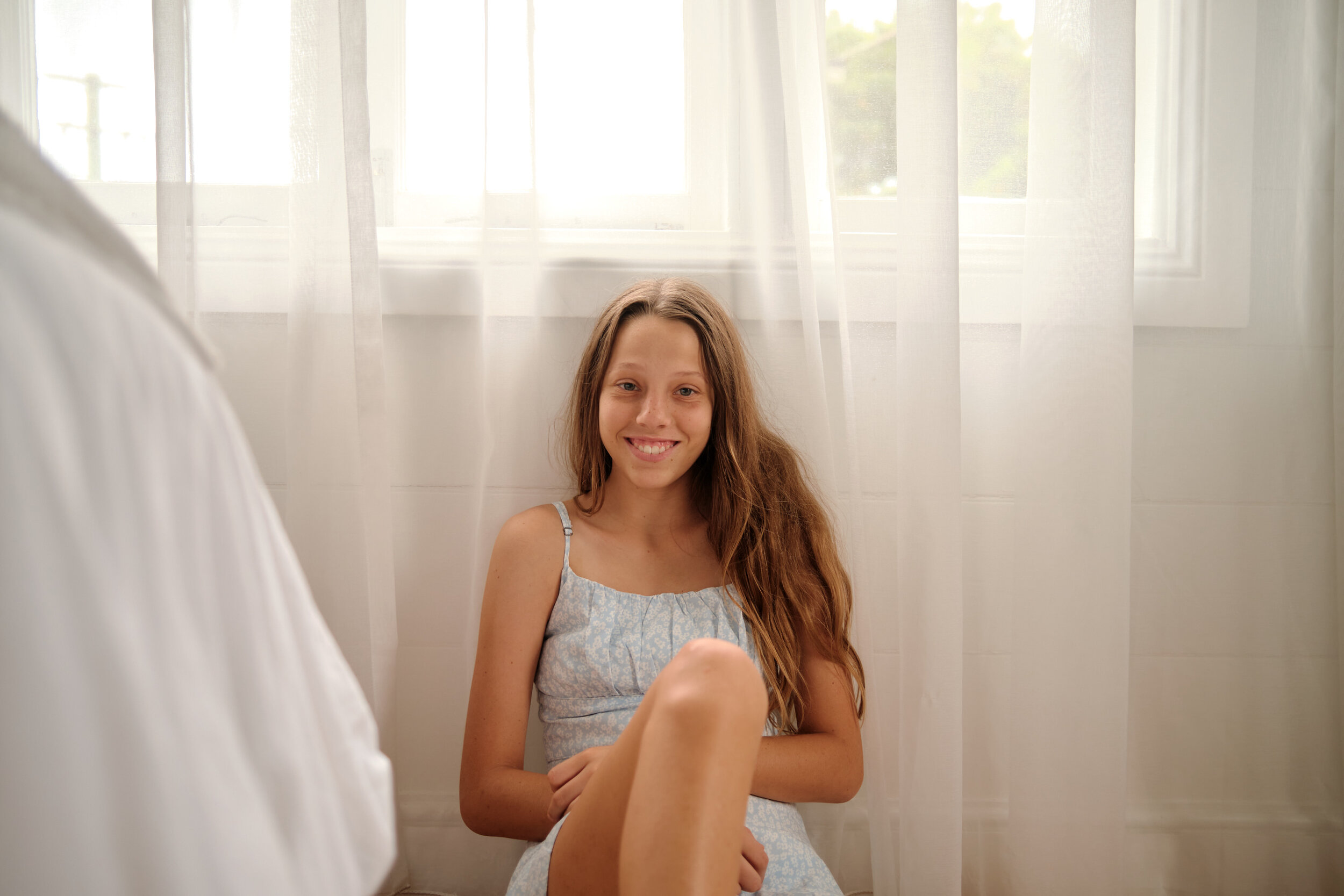
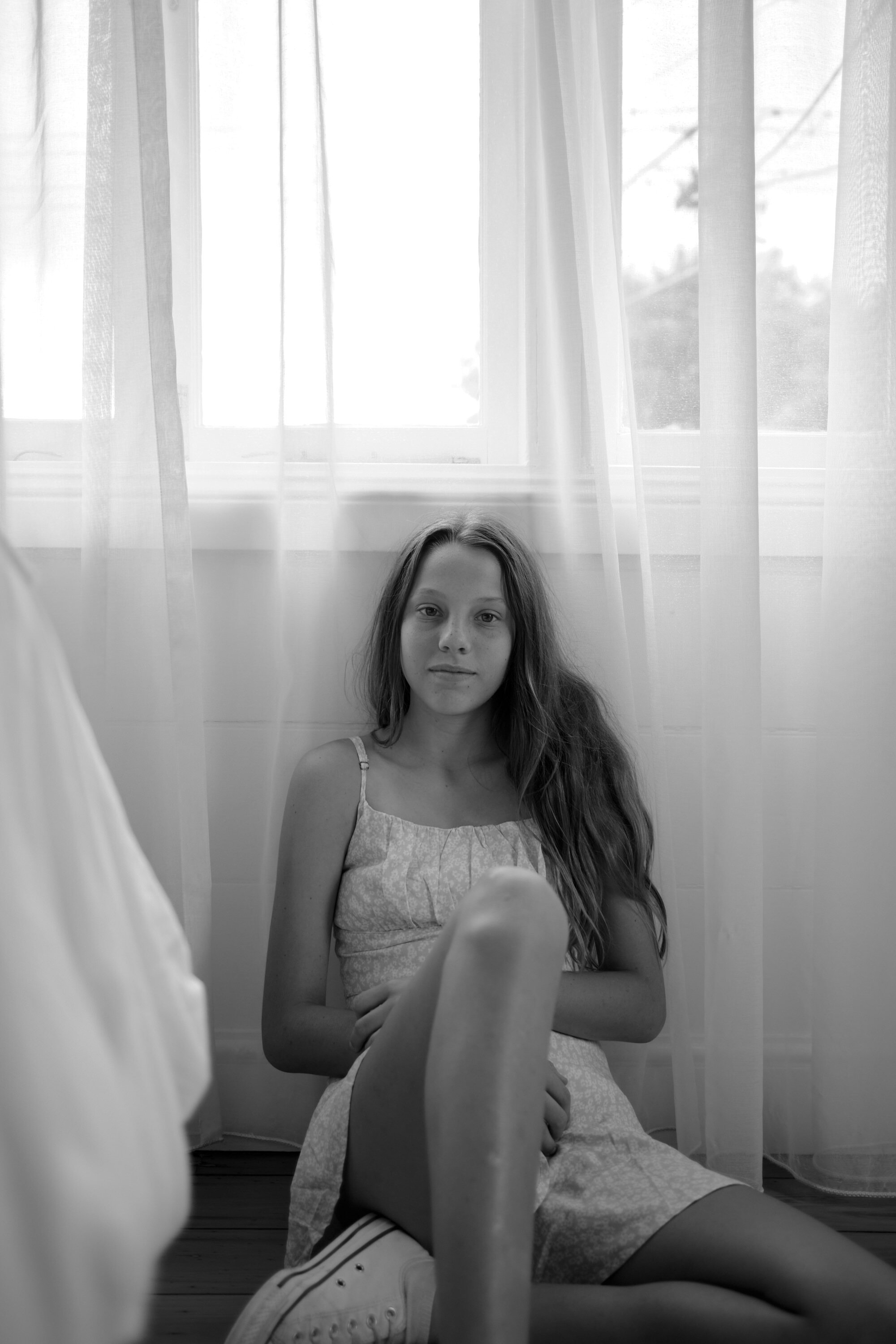
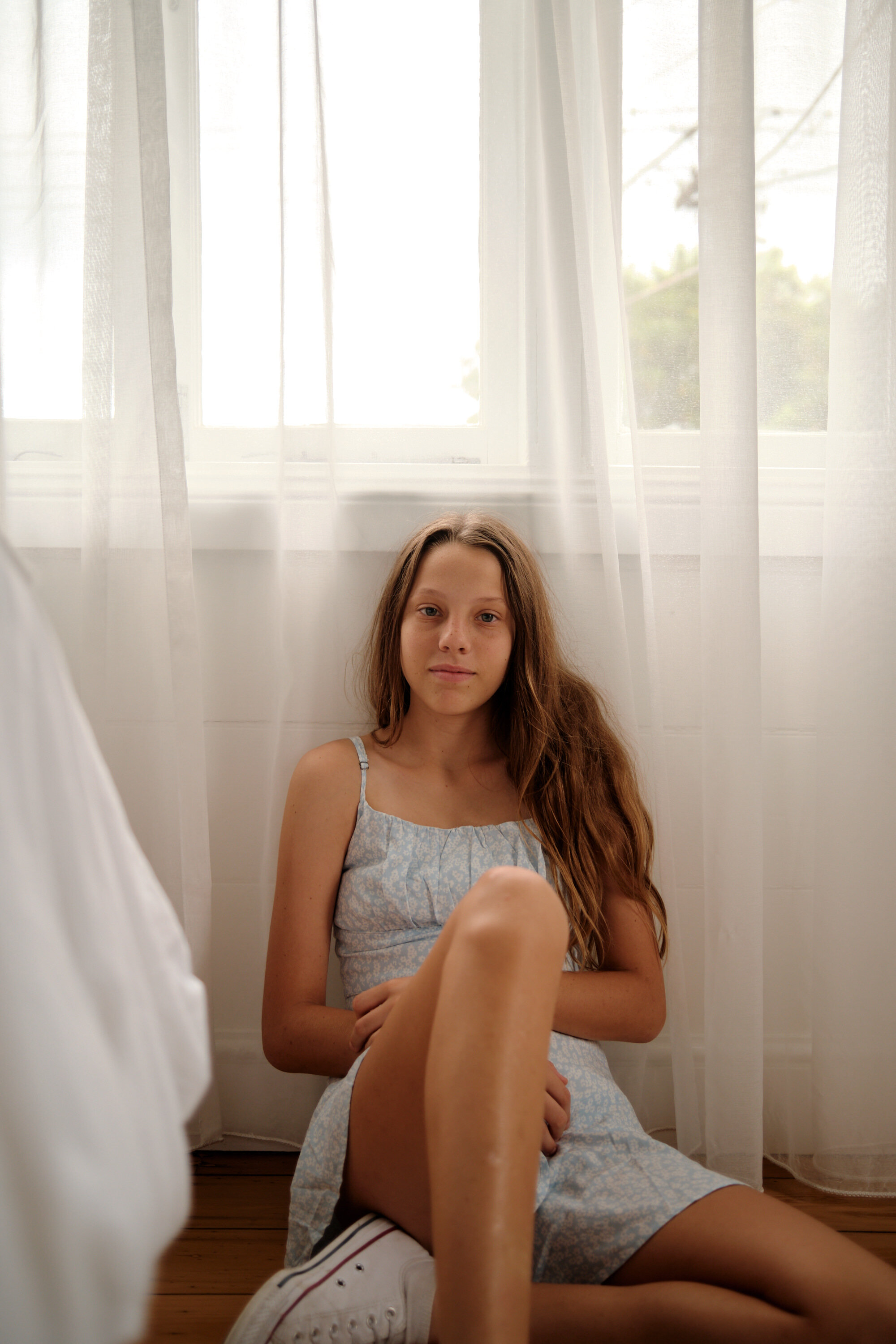
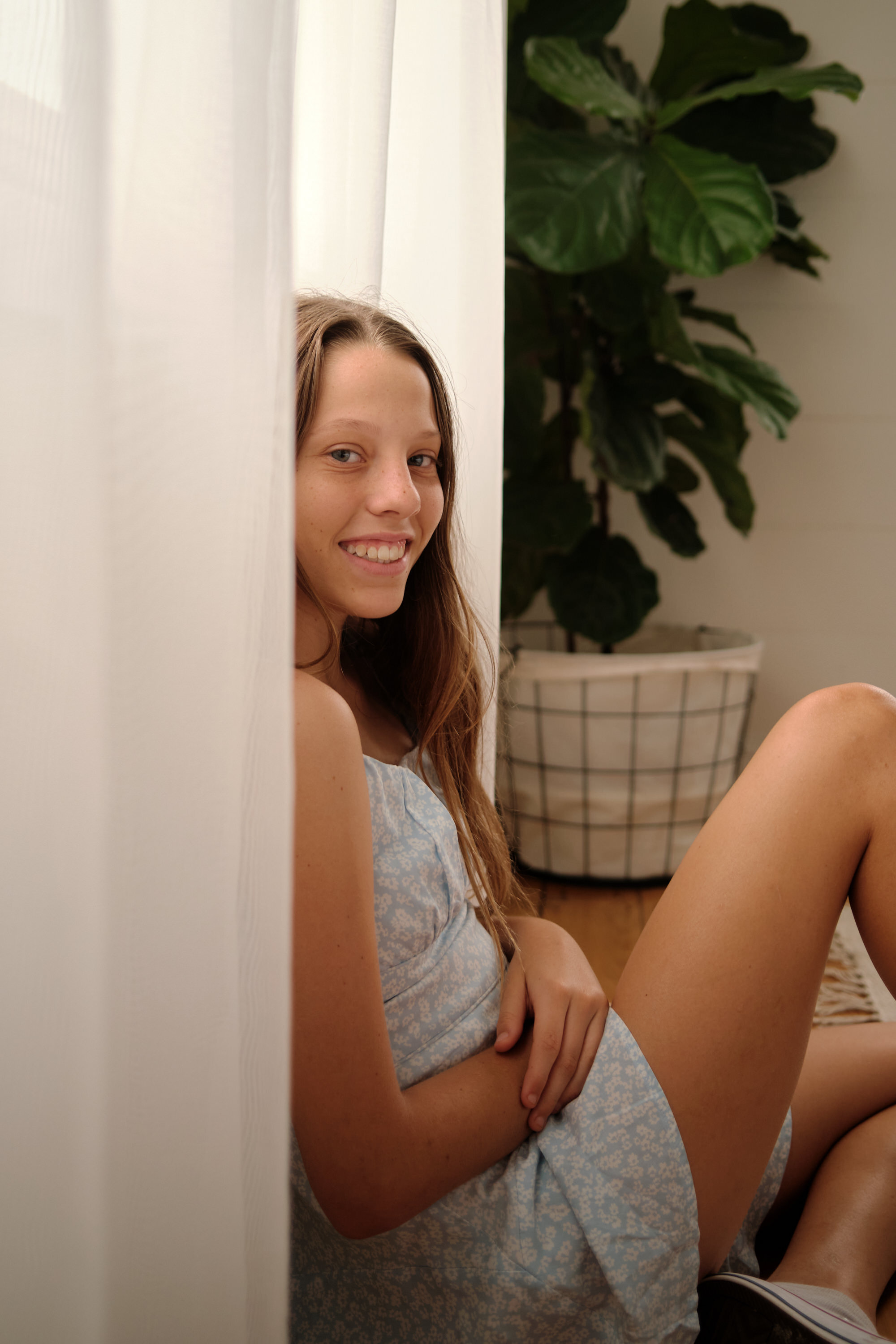
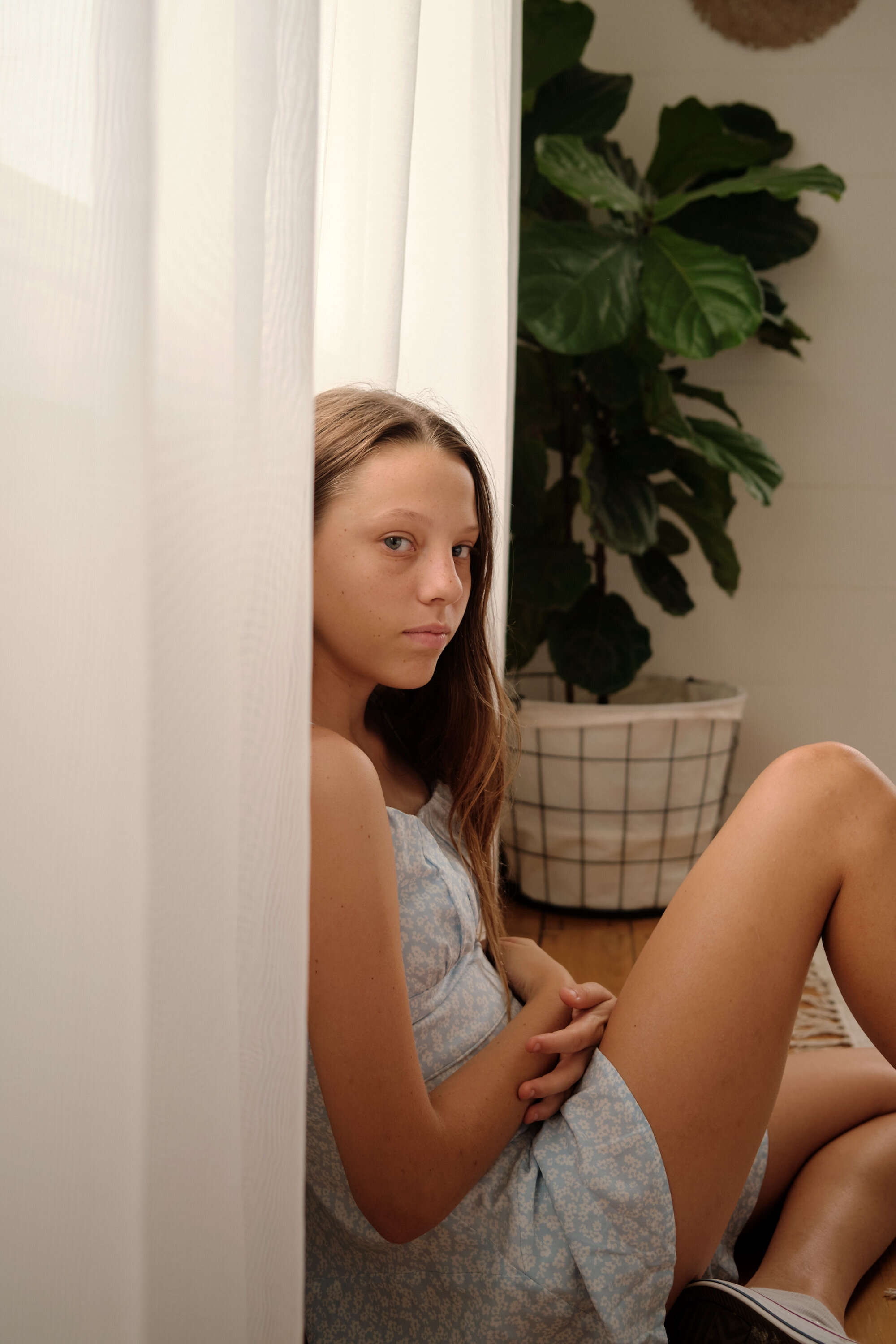
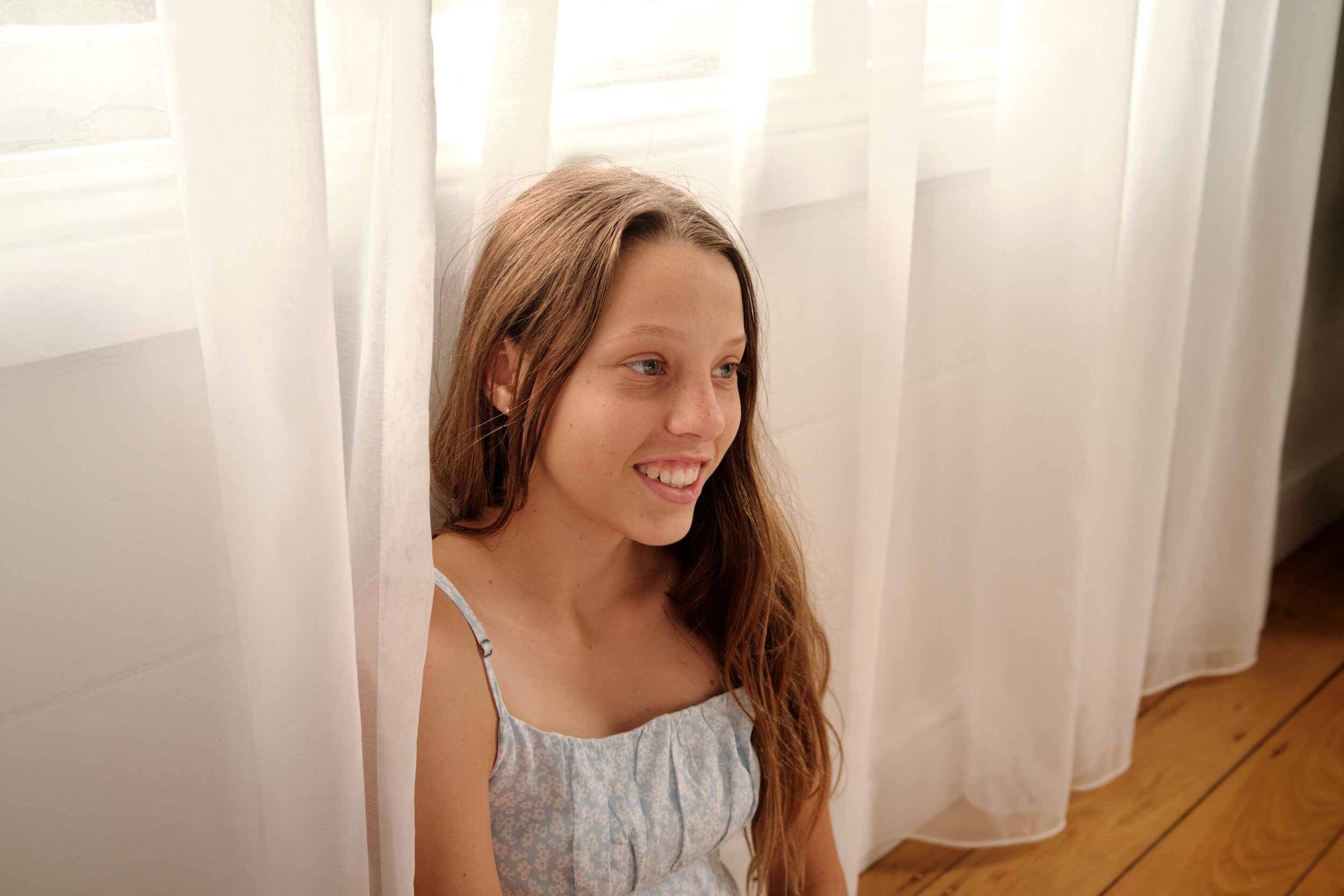
Street photography is a genre that is uniquely demanding and rewarding in equal measure. The photographer must have a strong eye for composition, detail and light, hone the skills of intuition and patience and above all be willing to constantly keep shooting to master these skills. It also takes more than a little bravery to put yourself in the thick of those around us and to raise your camera to the eye.
It's pretty important to have a thorough knowledge of your craft, including camera use and the principles of photography such as exposure and focus. Having this will release your brain from the technical side of your art, allowing you to worry only about the scene unfolding in front of you.
Street photography is not my primary interest, but I'm going to outline some of my thoughts to consider if you're starting out.
Unfolding action
One of the most important aspects of shooting on the street is to constantly keep an eye on what is happening around you (both in front and behind) and to anticipate when something of interest is playing out.
By pre-empting what might occur and placing yourself in the best position to capture it, you will get the shot that uniquely embodies the story that is unfolding. This needs you to consider a number of factors as the action proceeds: What background needs to be in the image? How can I position myself to create the most pleasing composition? When is the right time to fire the shutter? How can I introduce that little extra that adds to my work, something to make the viewer engage with my photograph for a second or two longer?
In the black and white image of the boy kicking the ball, I saw the man walking down the road to the right. I moved into a position that placed the wall in the centre of the frame and waited until the musician was in the position I wanted. Similarly with the children running in front of Starbucks in Melbourne. I saw them take off from their family to my left. Noticing that the static geometry of the building behind would add interest as they ran by, I placed the sandy-coloured foreground to fill 1/3 of the frame. And then waited for them to enter the scene, firing off a few shots. I also intentionally aligned the tree to completely block the 'C' in coffee. A large depth of field ensured that the foreground and background were both in focus.
Distracted people
People who are deeply engaged in an activity - or another person - are great subjects. But what story are you trying to tell? A commentary on a generation's use of mobile phone technology, the love story told by a simple gaze? In the former image, taken at Bourke St Mall in Melbourne, I chose a narrow depth of field to isolate my subjects. I chose black and white for the couple on the London Underground because I liked the journalistic feel it added to the capture.
In the image of the young woman and her mother I took a lower position to frame them, intentionally leaving some objects in the foreground. This gives an added depth to the image and emphasises the fact that the viewer is privy to something special between the two. I chose a wide aperture of the 35mm lens to ensure the background was out of focus too, adding an additional layer of depth to the portrait.
Approaching people
The usual way of street photography is to capture images of people interacting with their environment, without the photographer interfering with the scene before them. An alternative is to approach your subject and ask them for a portrait. Obviously this brings a whole new set of dynamics into the equation. One down side is they may decline, so you'll end up with no image at all. If they agree, the image will obviously be posed and so will be less about what they were engaged with in their environment, and more about them as an individual. On the positive side, you can frame the portrait as you like, the subject will be engaged with you and the viewer, and you have the added bonus of getting to meet someone new. For me this is the best part of photography - meeting new people, hearing their story, creating and sharing with them an image they enjoy.
This does add an additional pressure of course; both in gaining the courage needed for the approach and the confidence to position, frame and deal with the technical aspects of photography whilst engaging your subject.
For the man and his dog sitting in Central Park, New York, walking by I just said 'Your dog is so cool, can I please take a photo?' and he nodded. The hound wasn't paying attention so I whistled and took a single frame. I like how the dog has tones that match his shoes, as well as the dog's tilted gaze - and the man whom one suspects has a similar look in his eye.
In the shot of the guy in his shorts against the grey wall with his dog, I had already found the background before he came along. I waited for the right person to walk by and asked if he would let me take his portrait. Generally a good way to make the approach is to smile, introduce yourself and compliment your subject on whatever it was that drew your attention to them in the first place. I think I said to this guy that I had found this cool background for a shot and I think he and his dog would be perfect subjects for it.
Most people respond positively when you approach them in the street. Some say no, but that's ok. We photographers are sensitive folk and we tend to think that it's a reflection on ourselves if someone declines. But usually it's because they're short of time, don't like their hair that day, or are just private people. Thank them anyway, and wish them a good day. Maybe they'll say yes to the next photographer who approaches them. Always leave people feeling more positive than when you met them.
The black and white image of freckled Georgia was taken in Bourke St Mall in Melbourne. I used a standard portraiture technique of a wide aperture for shallow depth of field and black & white suited her perfectly.
Always give, or take from the subject, a contact email so they can get a copy of their photo, see it on your Instagram or wherever you post your pictures. I have a small business card made with my email and website listed. If you're serious about doing street portraits and are going to do a lot of them, this is a good idea to raise your credibility. I had mine made by Moo.
Waiting for the action
In the first section, I hinted at the idea of finding a scene and waiting for the action to unfold in front of you. This can be a good way to kick off, because it means you have the time to get your composition sorted, the exposure and light is done and all you are waiting for is the right person to walk into the frame.
I use this quite often where, for example, an archway or group of trees or some other background is very pleasing and the composition is completed when a cyclist comes along or the right person walks into the image to complete the story.
Click through the 4 images in the gallery here. In the first one, I stood leaning against the window, observing the image in my viewfinder of the reflections of people as they pass by. Once you have the camera to your face, you become almost invisible - on the street people tend to notice more the moment of a camera toward your face. The masked lady entered the frame, I took 3 shots and this was the best composition.
I lined up the coloured wall in the underpass and waited for a cyclist to be positioned exactly where i wanted him. The light outside meant that they would be silhouetted within the half frame on the right of the image.
I was drawn to the cars in the car park below me at Crowne Promenade. Normally bright sunlight is a less good time to photograph because it makes images too contrasty, and certainly for portraits is usually unacceptable. The long shadows helped with the composition, as did the diagonals and the yellows in the frame. The gesture of the porter at the last minute was all I needed to hit the shutter release.
Finally, the writing on the grey door provides a contrast to old lady passing by with her trolley. I probably hit the shutter just a bit too soon - it would have been nice to have framed her in the middle of the blue window.
Something unique
Often it only takes something a little different to make a photograph and if you have your eye open to these opportunities, they crop up more than you might expect. It could be something as simple as a red jacket in a sea of dark clothing, the textures around you or contrasts of colour.
Look for juxtapositions that tell an interesting story - especially if there's something still left untold for the viewer to ponder over.
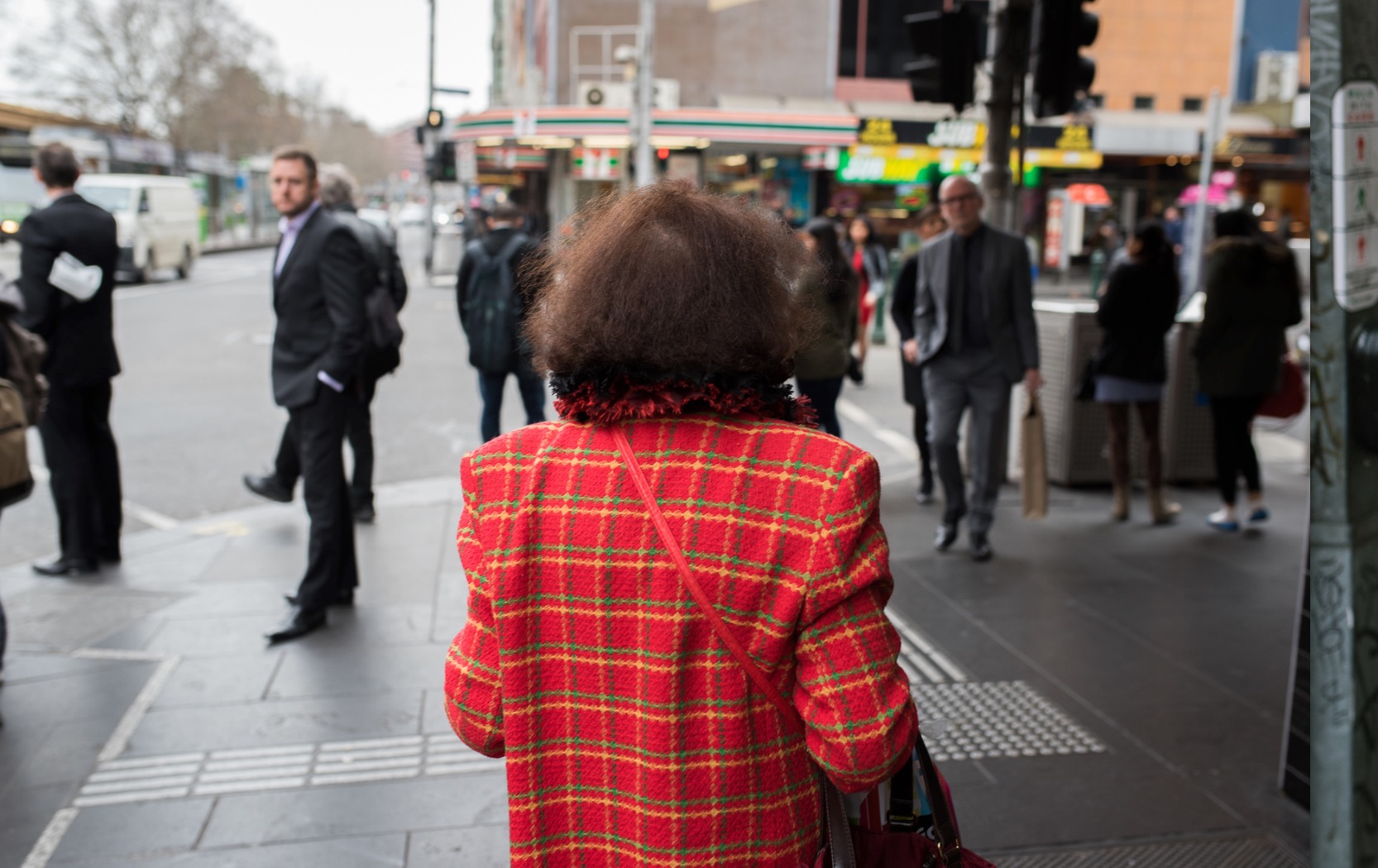
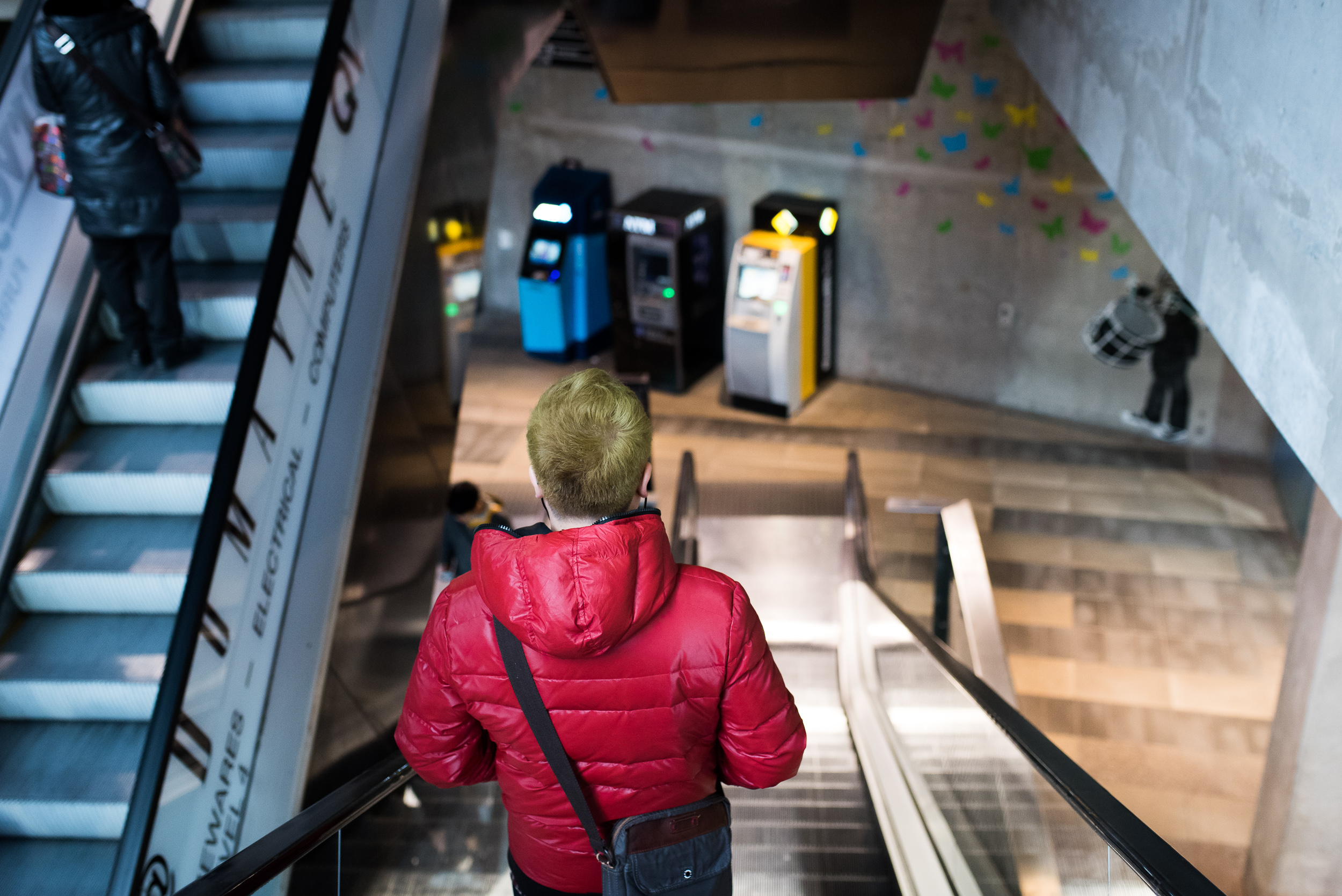
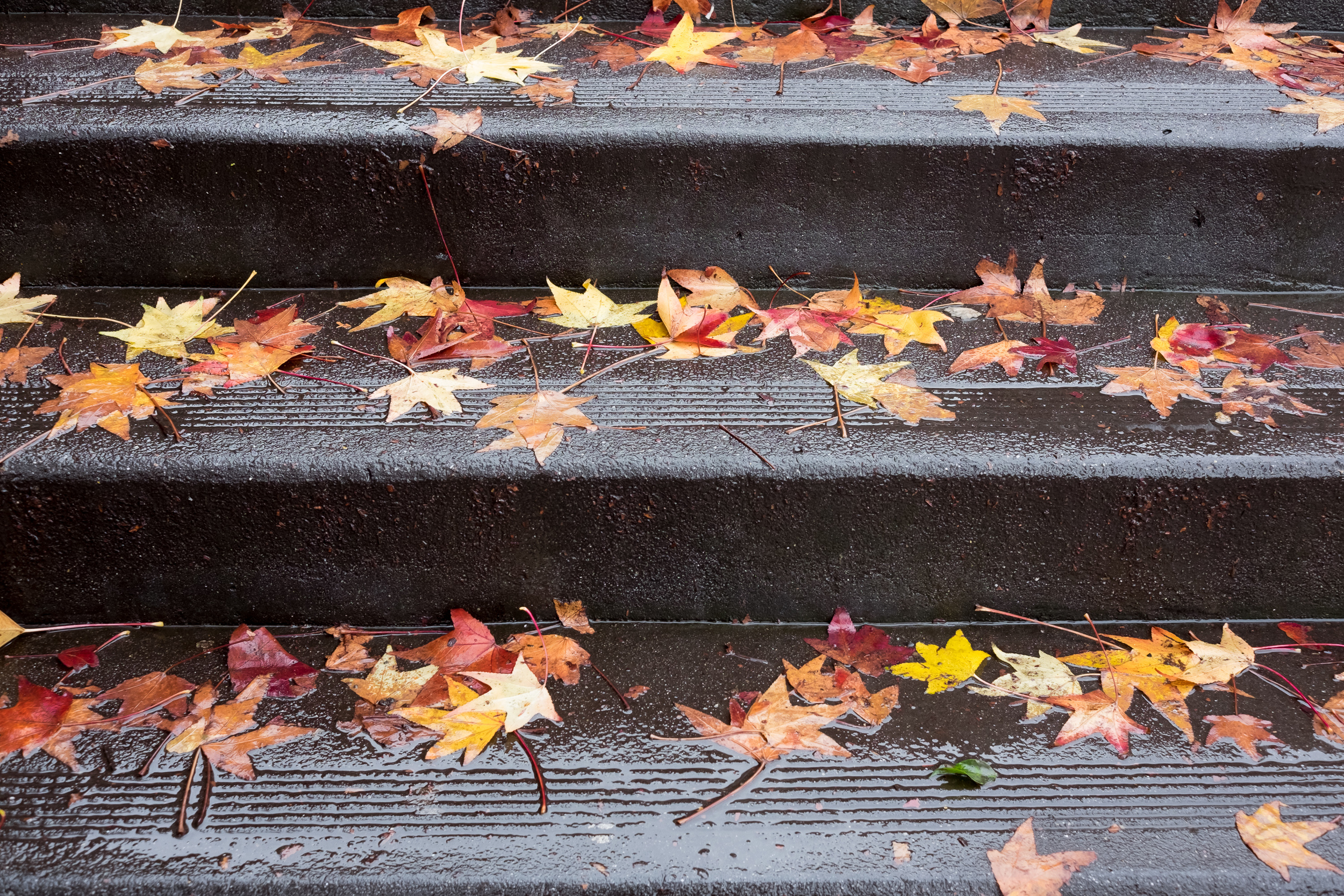
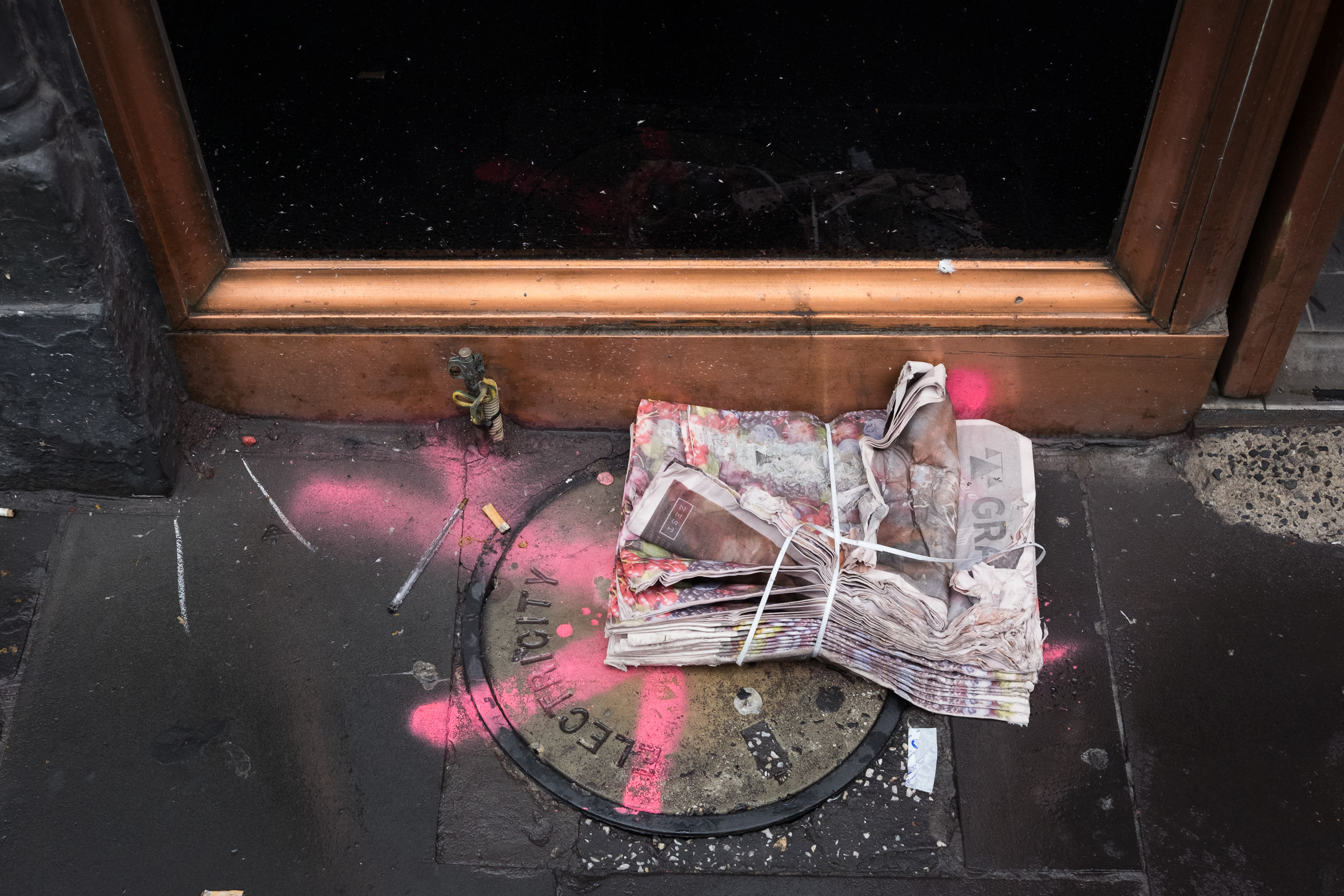
Shapes and patterns
As you wander the street, keep your eye out for scenes that can be reduced to interesting shapes. The geometry of architecture and the shadows the buildings cast can make interesting images. Black and white is particularly suited to this genre, where removing the distraction of colour will further emphasise the pattern that is present.
Working quickly
Often you'll find that things appear in front of you when you least expect it. Or the scene that you have been watching unfolds more quickly than you thought. For this reason it's important to be constantly aware of the light in front of you. As the light and the situation alters, think to yourself about the changes you need to make in your camera settings to adjust accordingly.
It's getting darker in this scene, so I've bumped up the ISO. There is strong backlight from the window reflection of the sun, so exposure compensation +2. I'm going to need a shallow depth of field so my aperture is already set to f2. There are 2 people in this group, so I need at least f4.5 to ensure both their eyes are in focus. You might use the technique of choosing a very wide depth of field so that everything is in focus and then just shoot from the hip to be super unobtrusive.
All these thoughts & considerations need to be happening constantly, so that when Cartier-Bresson's decisive moment appears, you're prepared and capture the shot.
And if you're not getting the shots that you want, if it's not coming easy, if you're experiencing failure. What then? Well as Ira Glass said 'The most important possible thing you can do is a lot of work'. And that's true for all our creative pursuits.
Good luck & enjoy the streets :)
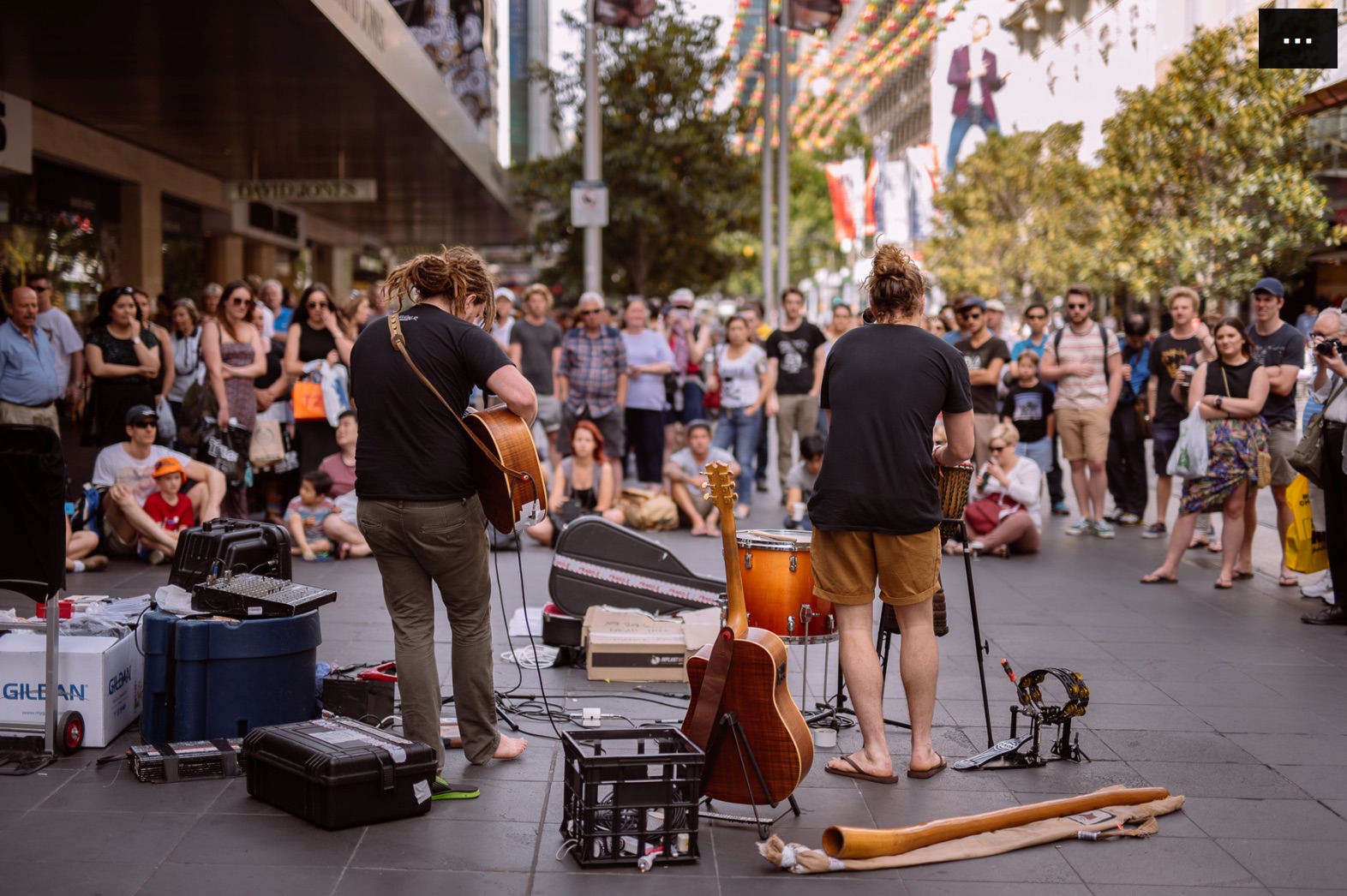
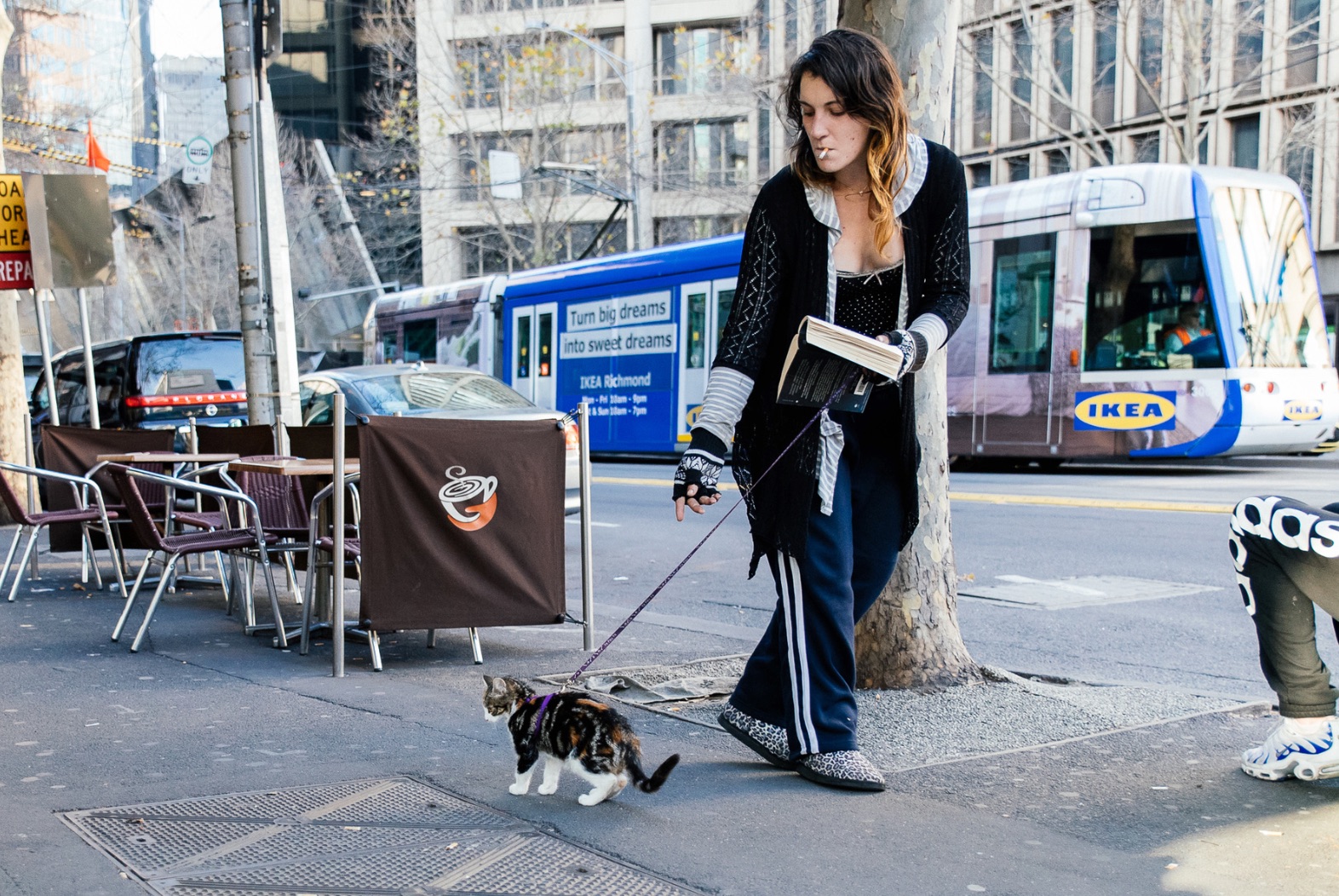
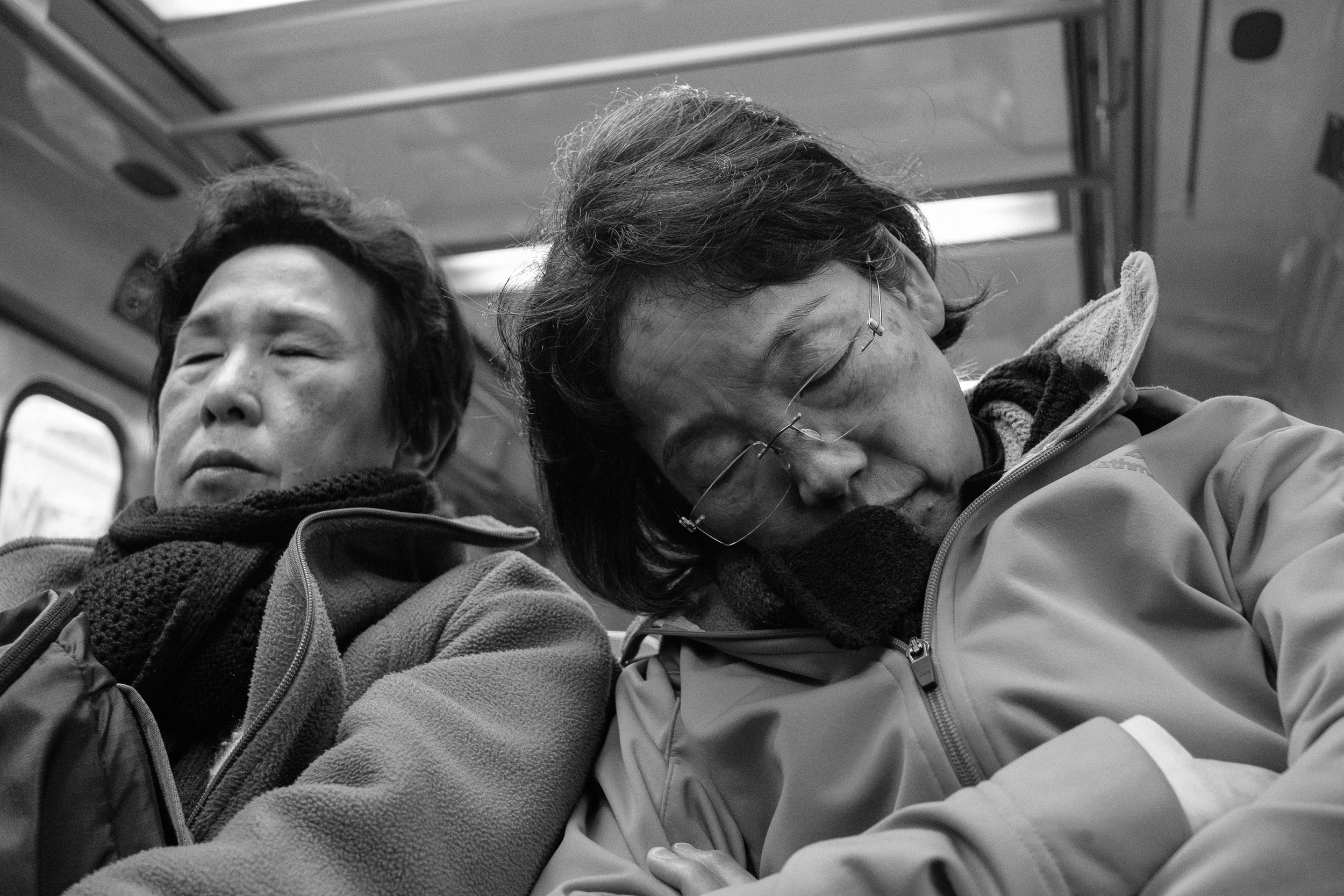
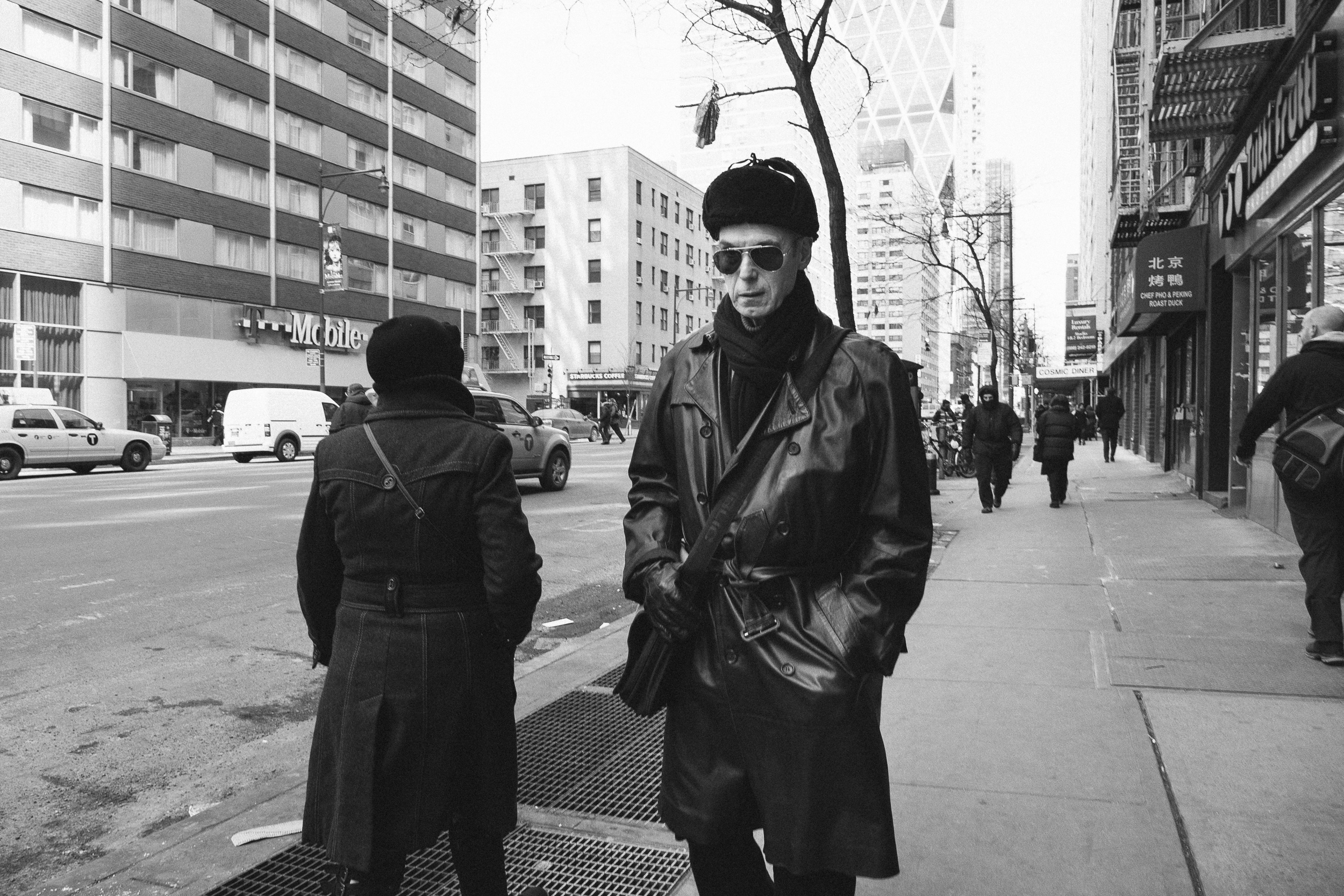
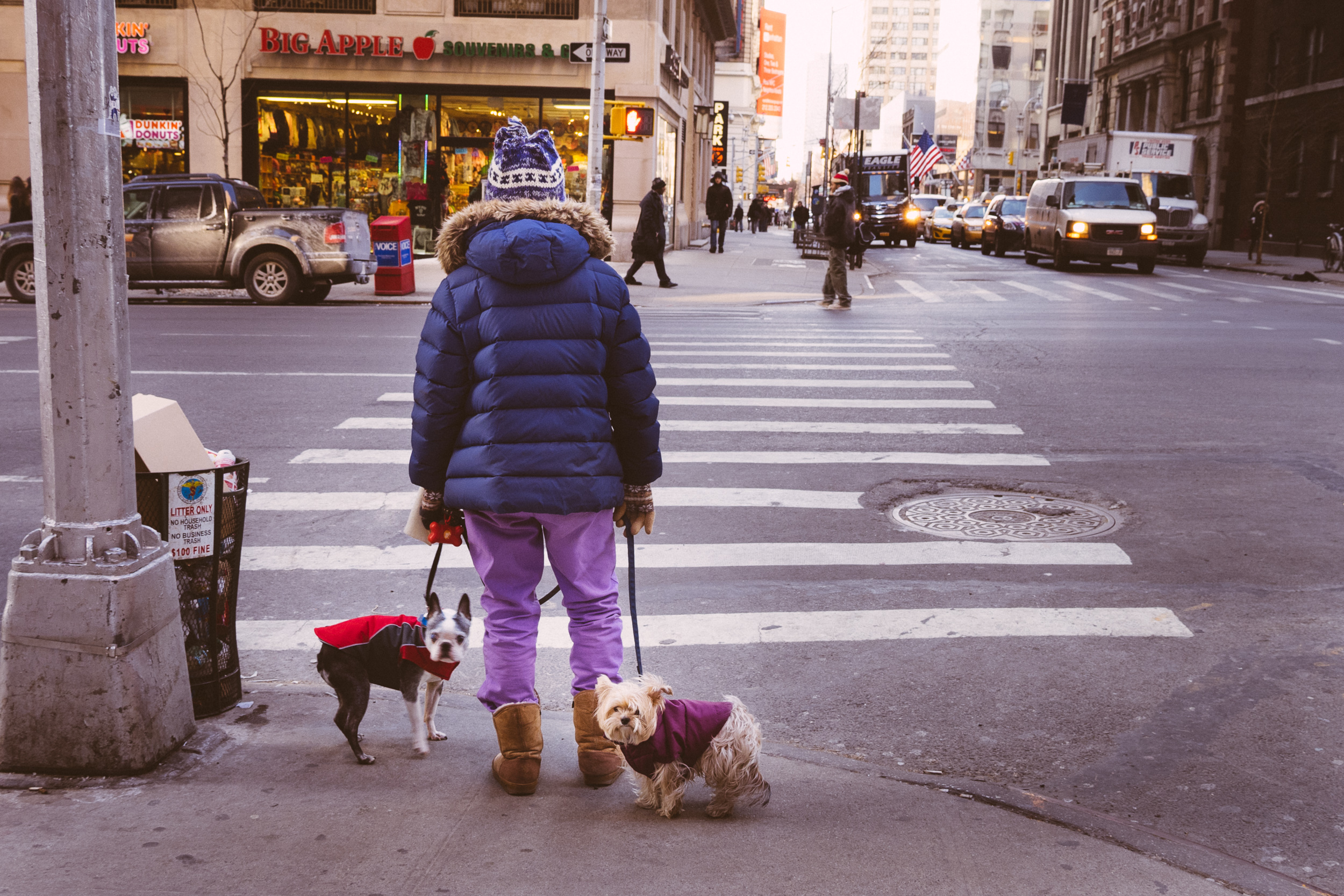
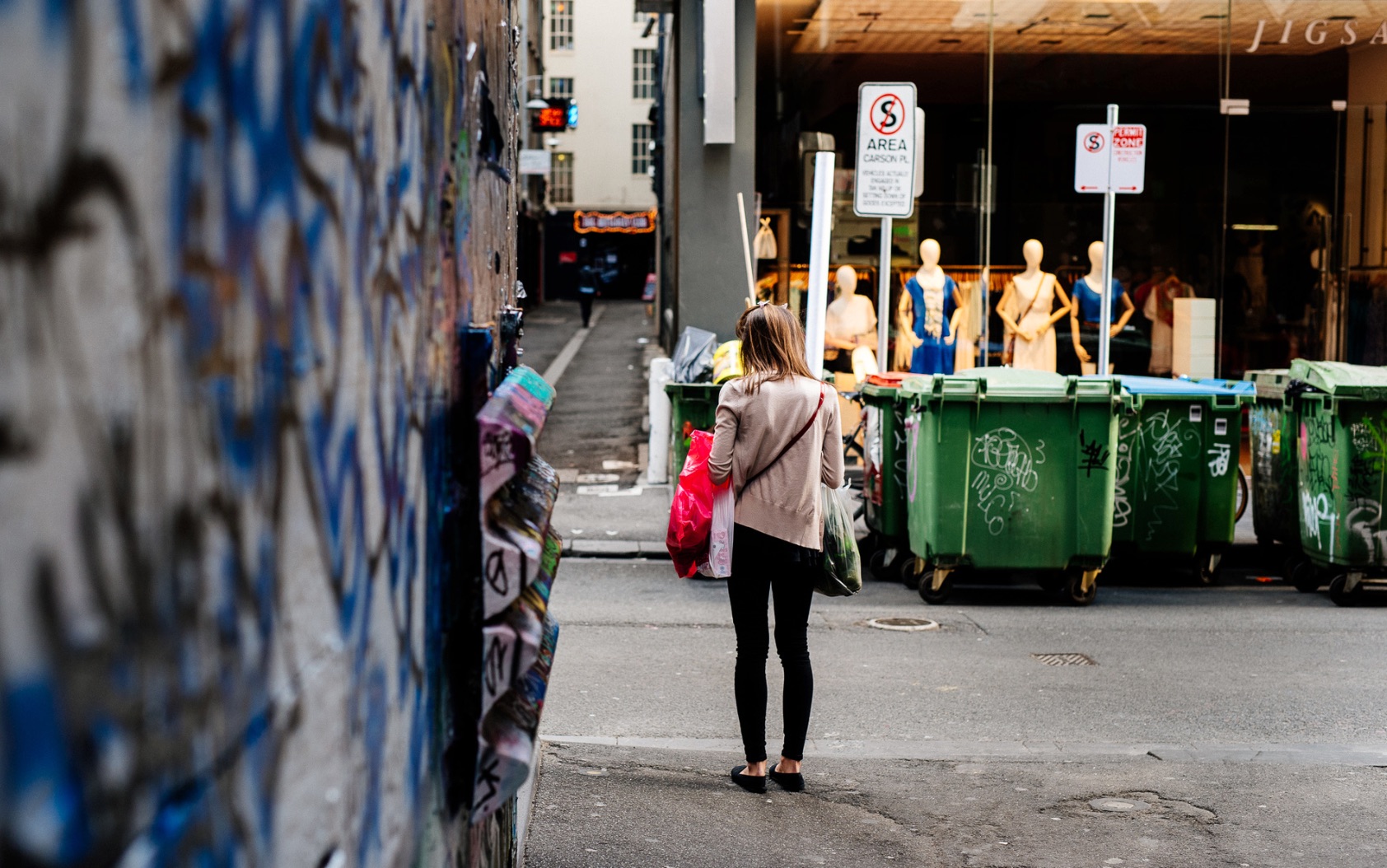
Beautiful little Darcey, here 2 days old with Mum Emily and the family. Emily has kindly told her story for Our Motherhood so look out for the full details there.
The first of many babies for Emily.
Images and story shared with permission
iPhone 7
So the first 'cool' day for months. From almost 90% humidity 2 days ago, it's now down to 35%. Feeling very lucky to have missed Cyclone Debbie and now this. Long may it last 😊
There's always light above the darkness
We had breakfast in this quaint place this morning. On Gertrude St, just off Brunswick in Fitzroy. Very nice range of Breton style crêpes, both sweet and savoury. Patrick has worked in the store for 16 years and now is joint owner. The crêperie has been open since 1999. Oh and the coffee is awesome too.
Definitely worth a visit if you can't make it to Brittany this week. Map on the front page of their website here.
And my shortlist is below. Every one of these 16 images is a story of love, emotion and connection. It's what life is about in the end, and I want to be there to experience and capture the moment. Happy New Year!
So in love. Bourke St, Melbourne.
Just chillin' out enjoying the Melbourne street music.
Really not sure with this one. Nikon D750 Sigma 50mm f1.4 Art. Natural light

